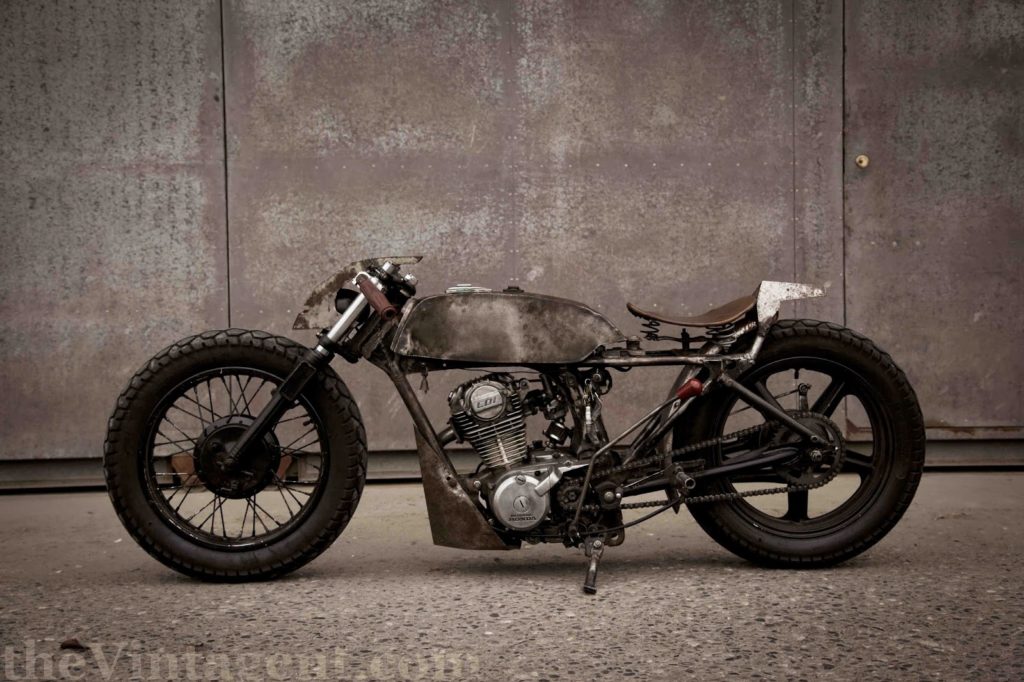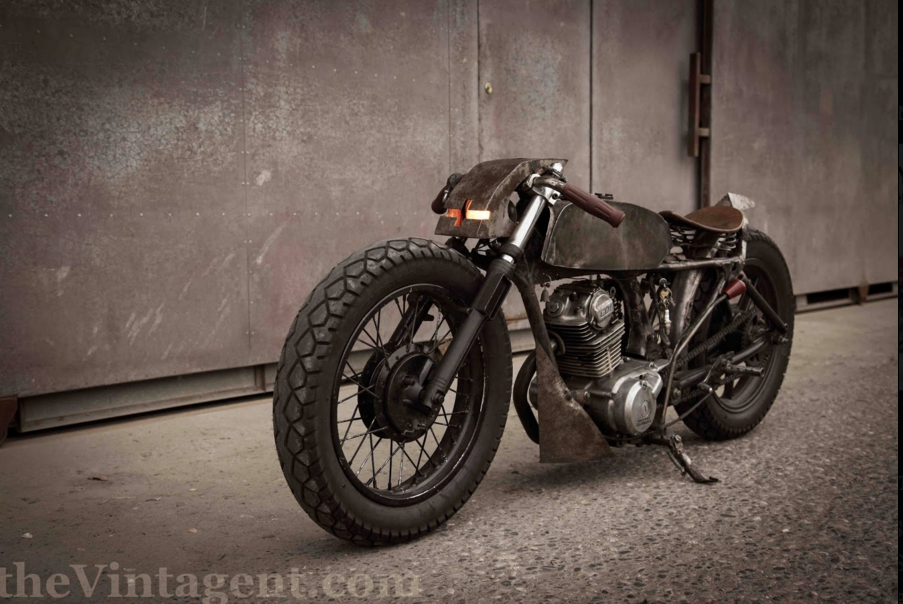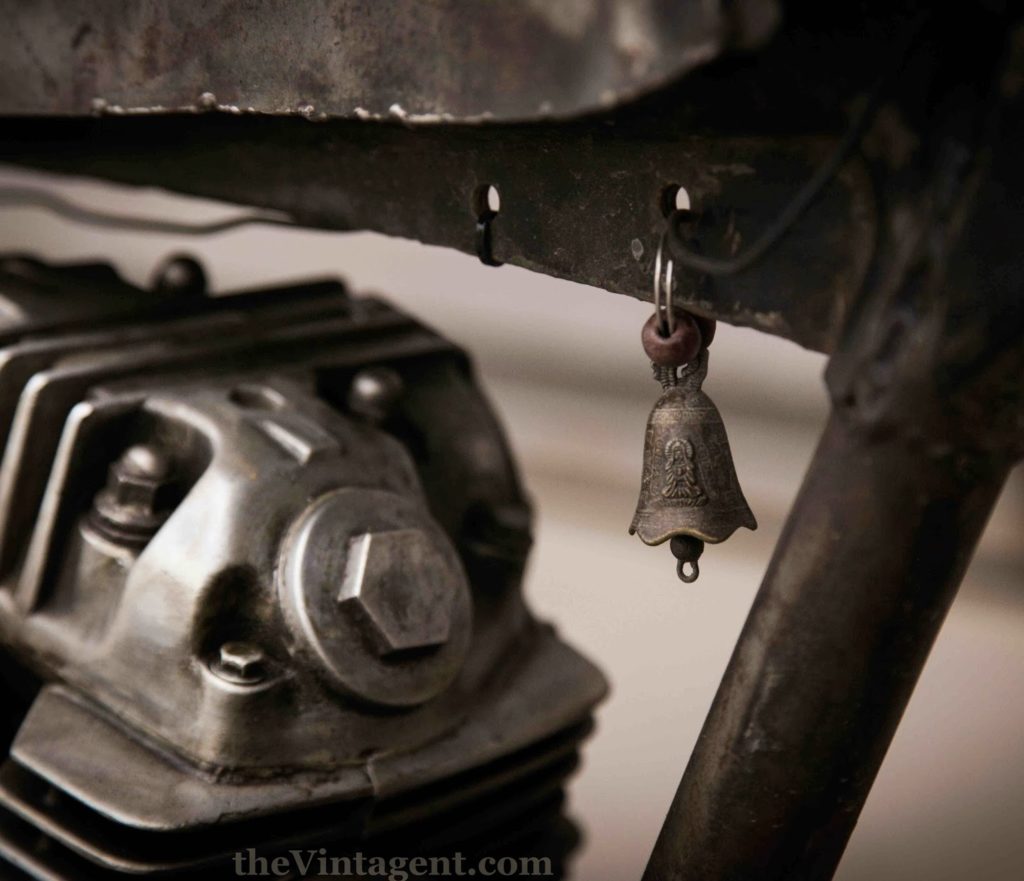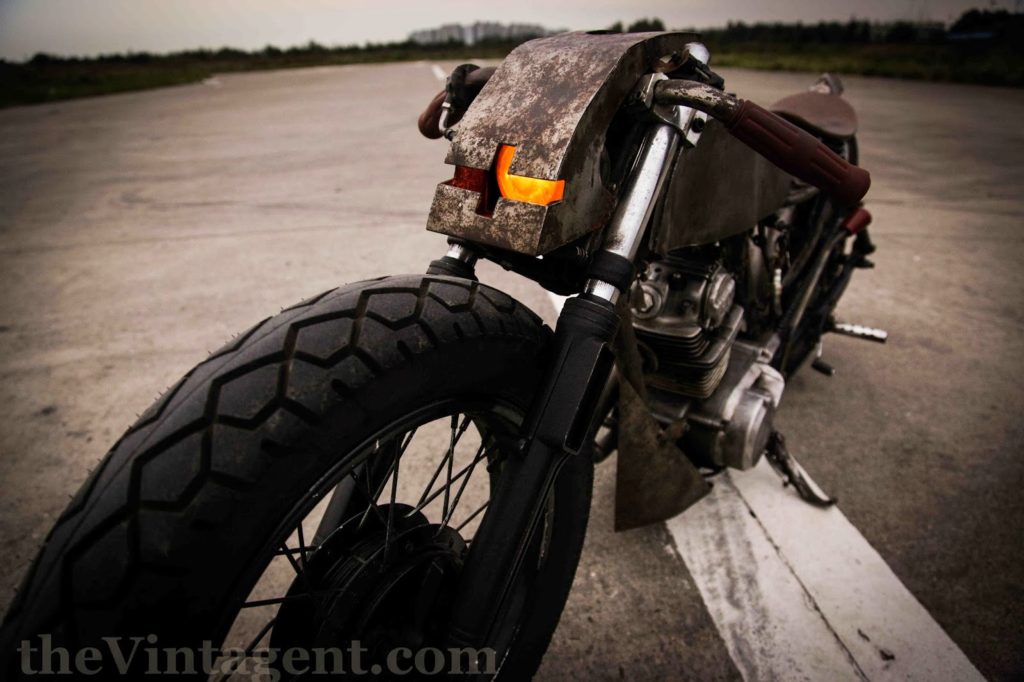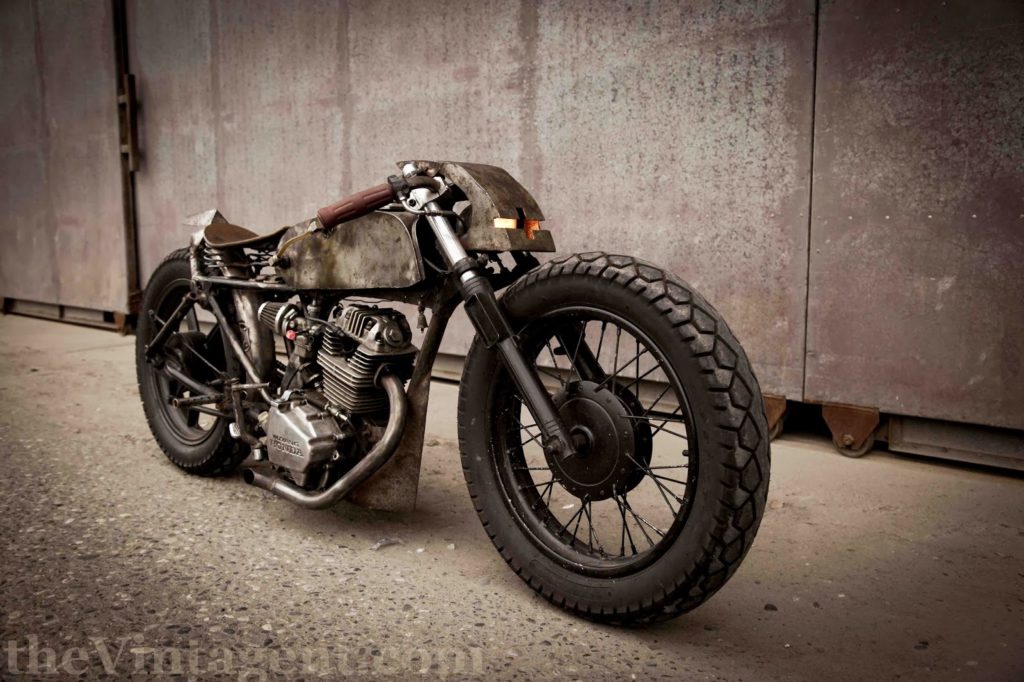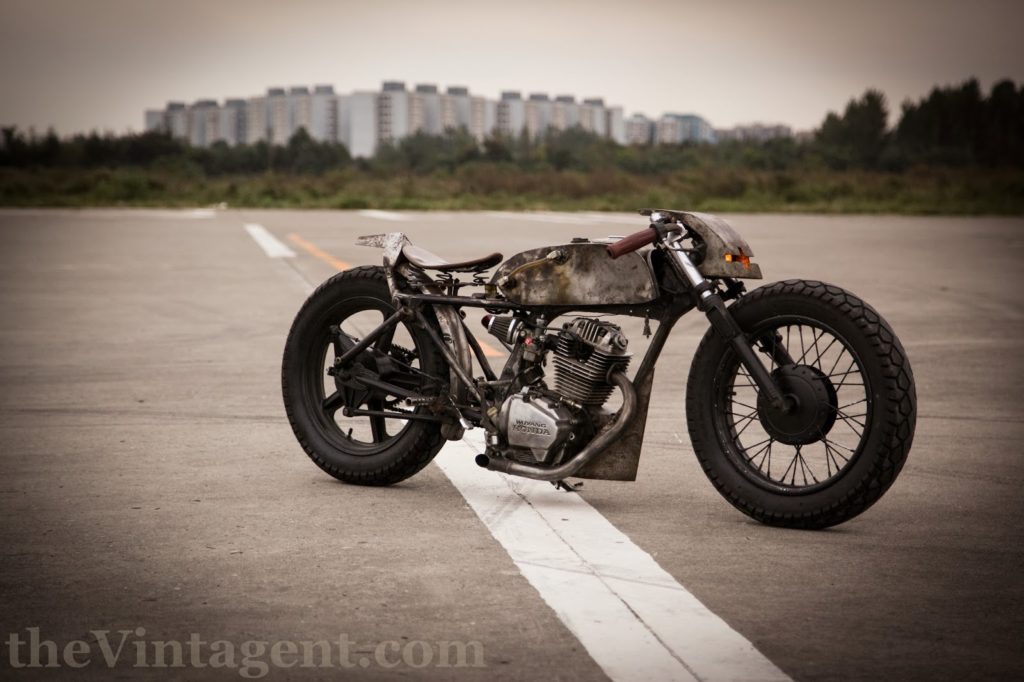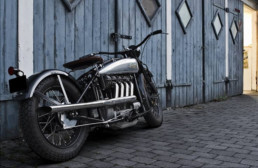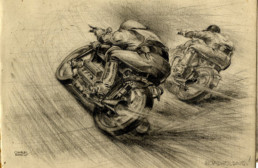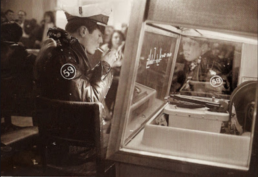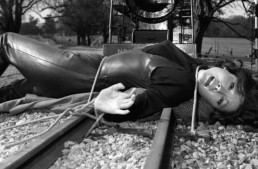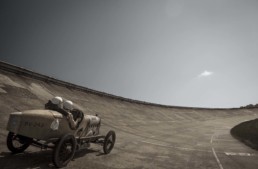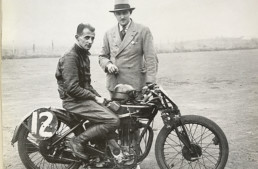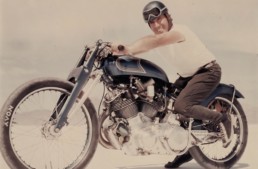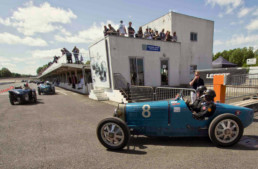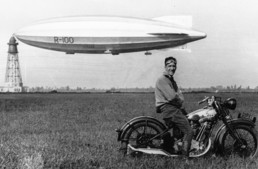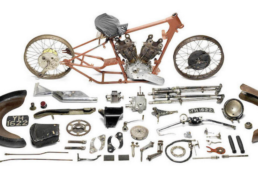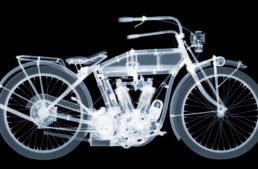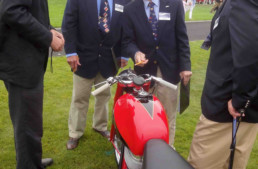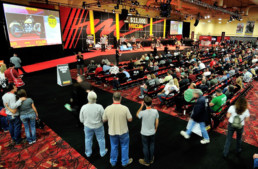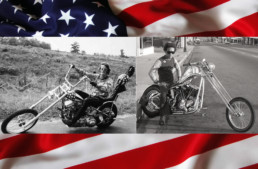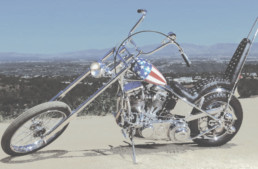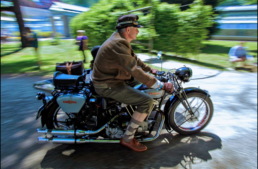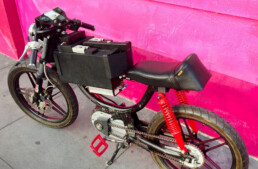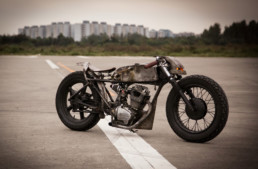The Alma Four
Guest Post by Kim Scholer. Photographs by Jeppe Sorensen
The original Indian Four is a design icon, in its time among the most elegant motorcycles to grace the roads. Many attempts have been made to build a 'modern' copy, often using water-cooled car engines, but stylistically they're failures. Except one, which lives an ocean away from where the Indian, ACE and Henderson Fours were brought to life. Mads Bartholin always wanted an Indian Four, but like most of us, he couldn't afford one. Well-kept Fours go for about US$50-80K, and restoring a bad one will likely cost the same. ACE and Henderson Fours were just as out of reach, and acquiring something slightly less glamorous, like an Indian Scout, was not an option; Mads was firmly in the 'straight four' phase of his life.
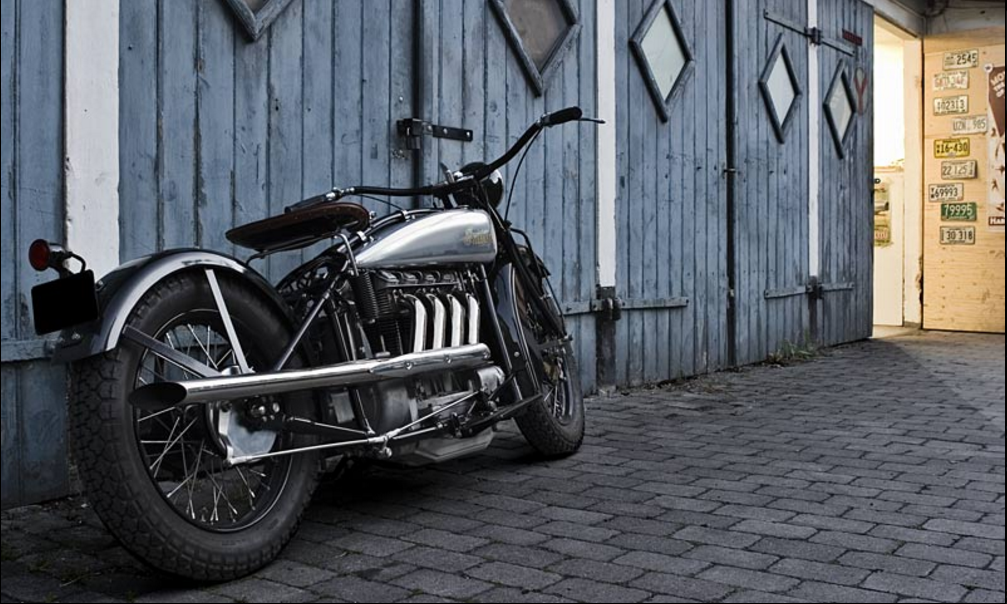
Mads had already built one such four; a Danish Nimbus, which he rebuilt with an Indian Four style exhaust system, 16” rear wheel, Harley-Davidson solo seat, and a wide handlebar, and ridden it as far as to North Africa a few times. But much as he liked the Nimbus, he found its 22 bhp engine too weak. Realizing the futility of tuning the stock 750 cc engine, he decided to replace it with a 1000cc straight four from an NSU car. "The NSU engine is air cooled, inexpensive, looks kind of right and there are loads of them around”, claims Mads. The fast, brutal looking Münch Mammoth used just such an NSU Prinz TTS engine, with five times the power of the Nimbus. In 1997, he made moulds for a new Nimbus flywheel/clutch assembly housing to adapt to the NSU motor, plus a new sump to resemble the angular Nimbus original. A local foundry took care of this for a pittance, and after a few tries it looked right. Mads had suspected the car engine would be a bit on the large side for a Nimbus frame, which turned out to be the case. "It would fit – barely – but there simply wasn't any room for the gearbox or the gas tank", he notes, "so it was back to the drawing board".
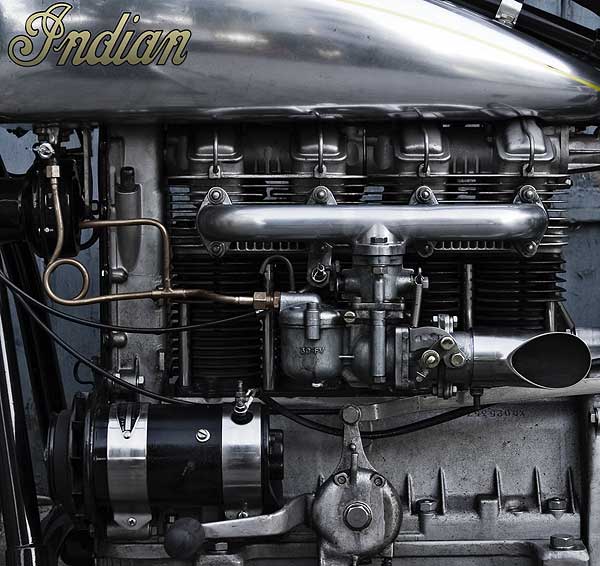
The project was redirected with the goal of creating a 1920s-style American Four. Many evenings and hours were spent at the basement workshop, where Mads would sit, beer in hand, carefully studying various 1:1 scale drawings hung up on the wall. Finally a version reminiscent of a 1928 Indian was decided upon. These first Indian Fours lack the comfort of rear suspension, and the elegance Art Deco fenders of the later Fours, and the upper frame backbone runs across the fuel tanks. The hybrid machine would be a couple of inches longer than its spiritual forefathers, because of the NSU's separate, longitudally mounted gearbox. Maintaining momentum on this project wasn't easy, mainly because Mads, while studying Industrial Design at The Royal Academy of Fine Arts, was perennially broke as a student. "Getting married and having two kids took its toll, too," says Mads, "although thankfully my wife – bless her - has given this project her full support all along the way". On the other hand, with only partial employment, and an uncanny ability to trade favors with people 'in the know', he was able to move forward. Slowly, the sorry remains of an Indian frame, as well as a good number of repro parts, were acquired. Like the frame lugs, both fenders, the solo seat, a complete leaf spring front end and the throttle assembly. Initially a BMW or Moto-Guzzi gearbox was considered, but Mads soon realized that because the NSU's engine rotation would give a lot of reverse gears! Eventually, a Nimbus gearbox with a new Swedish-built four speed gear cluster arrived at the workshop, along with its shaft drive and rear hub assembly. Somewhere on this journey the motorcycle acquired the name 'The Alma Four, 'Alma' being Latin for 'a particularly beautiful soul' [ah...hence Alma Mahler's legendary magnetism...pd'o].
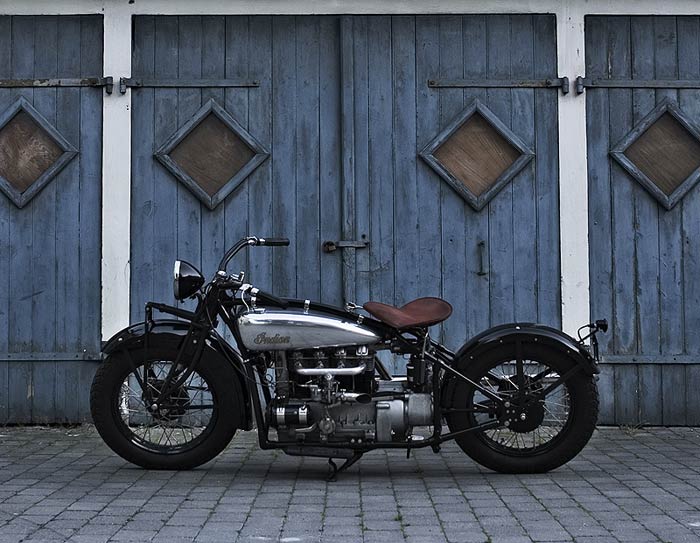
Old brochures and factory photographs usually show the Indian Four from the right hand side, where the elegant exhaust system makes the bike look fast even while parked. In contrast, the left side of Indian Four engines were a mess, cluttered up with the carburettor, the magneto and the dynamo. Paying homage to the original, this is the case with the Alma Four too, even if the distributor hides tidily at the back of the camshaft cover. The updraft Solex carburettor, more commonly found on Ferguson tractors or 1930s Citroën Traction Avants, is mated to a modified NSU intake manifold, and a belt drive spins a Bosch VW generator. In 2002, the engine came together, while a stainless steel four-into-one reverse cone exhaust system was built, mounted on shortened exhaust stacks. At the same time an aqcuaintance rebuilt the frame to match the one-off engine and shaft drive rear end. Many other members of the world-wide Indian motorcycle fraternity had been watching the Alma Four project from the sidelines, helping whenever possible and enthusiasticly cheering Mads on. One of them even flew in from the Fiji Islands to have a look.
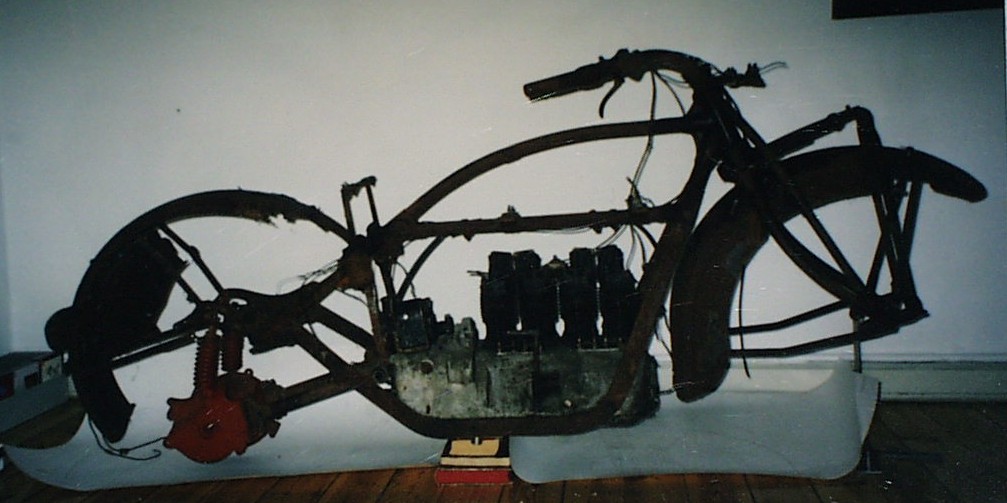
Once back from the welder, the frame was placed on the workbench and the engine dropped in. The twin fuel tanks had to be designed and built from scratch, because the ohc NSU engine was much taller than an original engine from Springfield. This was a bit of a problem, as Mads wanted to keep the bike low. Like the flywheel housing and engine sump, the fuel tanks were cast in aluminum. On the outside they appear stock, but underneath they're shaped to accommodate the large camchain housing, the overhead camshaft, and the valve covers. Plenty of work remained, of course; knurling the fuel caps, welding a bracket for the stock headlamp to resemble a cast item, even grinding the fender bolt heads to half their height were some of the dozens of jobs neccessary to make it all just right. The Indian designers back in the 1920s were damn good and Mads, now officially an industrial designer, was determined do at least as well.
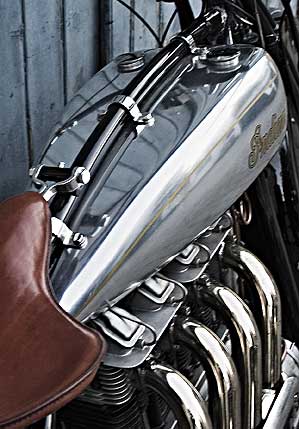
In 2006, the Alma Four was finished; "The engine starts first kick, pulls strong, and the bike is steady like any other old 1920s large hardtail, at least up to the 100 mph I've taken it so far", according to Mads. Stopping the quarter-ton behemoth from high speed is a different matter, as the performance of the old Nimbus and Indian brake drums is limited. This NSU engine makes 40 bhp in its stock configuration, while the 1200cc version in the Münch Mammoth made more than 100bhp, and the final 1300cc NSU rally car versions made upwards of 300bhp, with oil-cooled cylinder heads and a turbocharger. "The engine is overengineered and the Alma Four weighs about one-quarter of the car it came from, so reliability is not an issue. Should something undesirable happen to it anyway, it's a fair guess that NSU parts will be cheaper than those for an Indian,” says Mads. "The front end is a repro Scout item, but a Chief version would have looked better, and a real paint job would have been nice too". But these are minor niggles. Unsurprisingly, even vintage bike purists give it a nod of approval, recognizing that no Indian parts were harmed to make this motorcycle. Was it worth spending all those hours building his Four, instead of working the same hours at a regular job, and simply buying an original Indian Four? "Definitely, if not for its value - which probably is on par with a 70-80 year old four anyway - then certainly for being able to ride a unique and comparatively much more reliable motorcycle”. The experience gained by designing and building a motorcycle almost from scratch, is priceless. It will come in handy for the ohv Super X hillclimber now on his workbench...
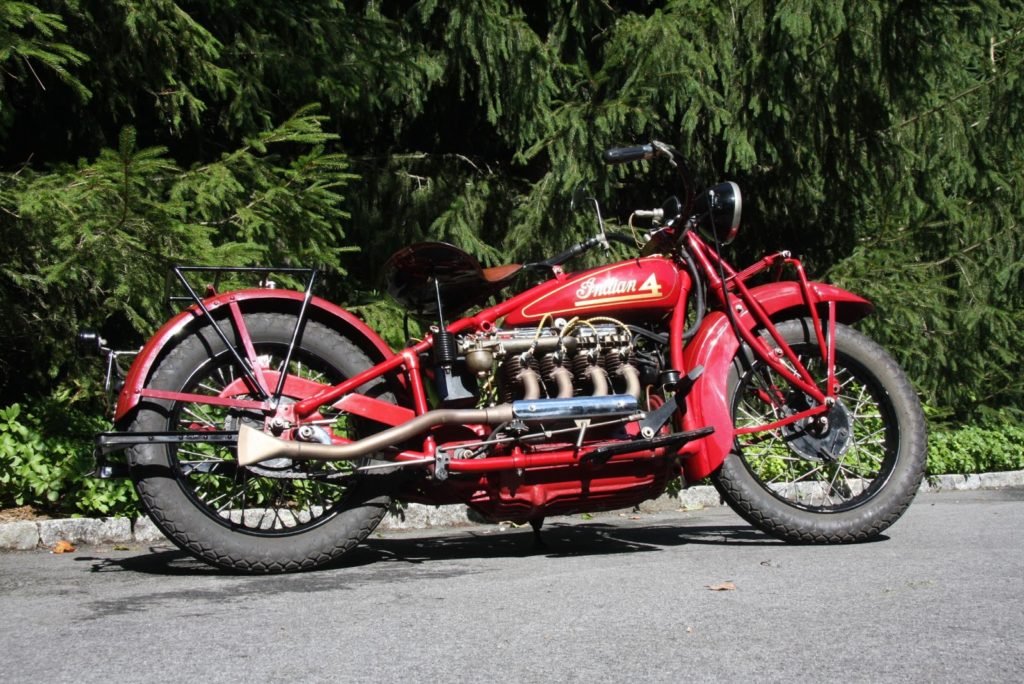
Book Review: Charles Burki
Guest Post by John de Kruif
Charles Burki was born in 1909 in Indonesia (a "Nederlands Indie"). From a very young age he combined excellent skills as an illustrator with a strong preference for technical subjects. When he settled in Holland in the middle of the 1930s, motorcycles were his favorite subject. He made many illustrations for the Dutch motorcycle magazine "Motor", like the one below (that must be a Norton M20 and a translation is not required!).
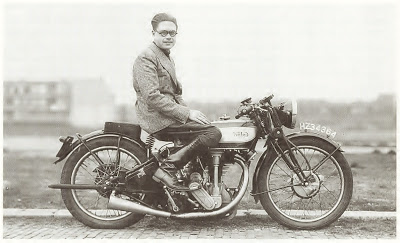
It will not come as a surprise that he spent his earnings on fast motorcycles and in 1935 he bought an M30 International. Used solo for two years it was then hitched to a Steib sidecar; that's his wife Sophia in the chair.
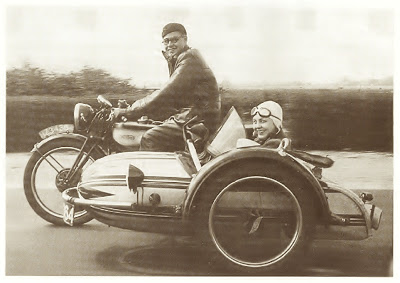
In 1942 Charles was captured by the the Japanese and he spent three years in prison camps in Indonesia and Japan. He survived two dramatic events in captivity; first, when the boat he was travelling on was sunk by a torpedo...and then, on the 9th of august 1945, he survived the blast of the "Fat Man" atomic bomb that destroyed Nagasaki, from a distance of less than 2000 meters from ground zero!
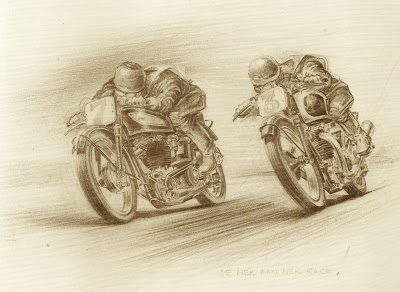
The drawings below were made in the Fukuoka 14 prison camp in Nagasaki on pieces of scrap paper that he had found. Obviously, they were made from memory [POW artwork and writing have been collected in exhibitions and books such as 'Flywheel' - pd'o].
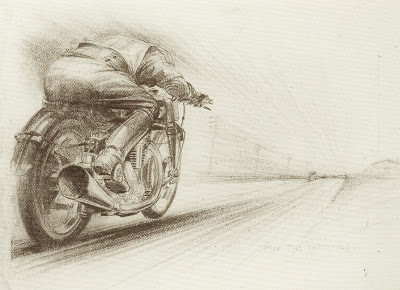
After the war, Charles continued to make a living drawing illustrations for companies such as Philips, Fokker and DAF, and off course for "Motor" magazine; he died in 1994. Read more in the excellent book 'Charles Burki' (the Artist and His Motorcycles) by Vincent Denters (1997, Thoth...below)."
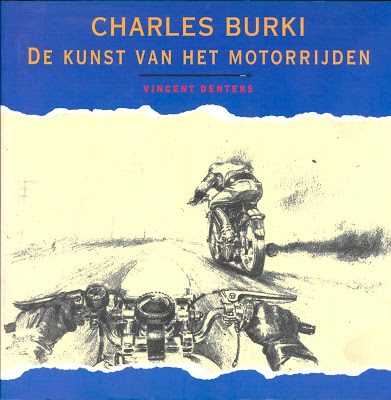
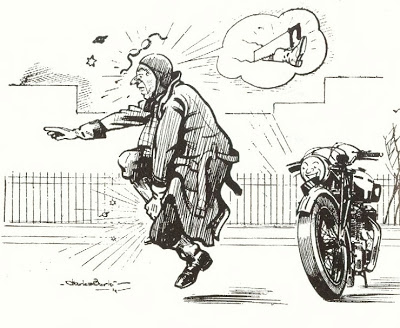
Those Ace Cafe Days
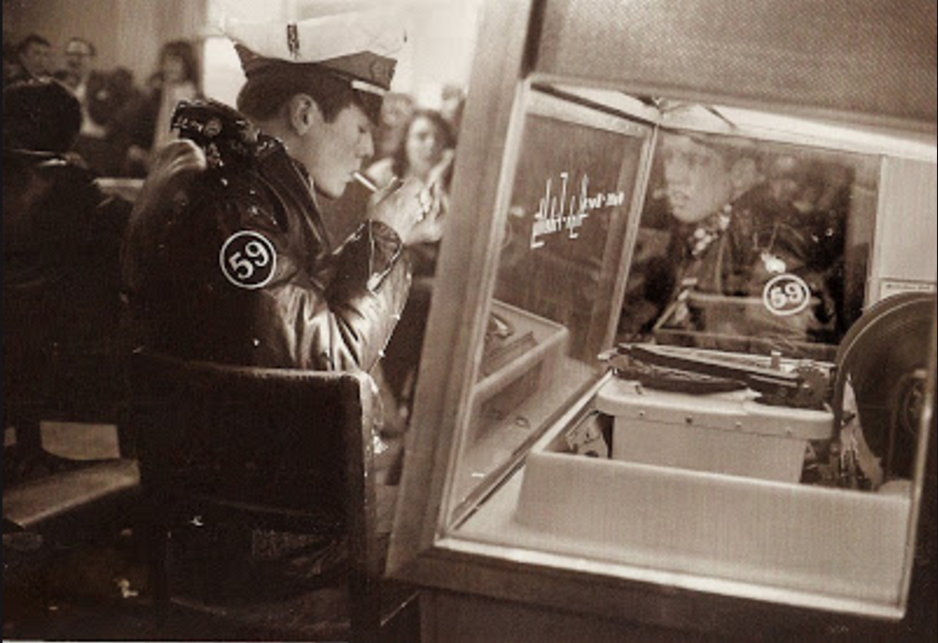
A young Rocker (and member of the 59 Club) takes a break between jukebox selections...or waits for his friends out risking their necks 'record racing'. Or he's waiting for his 'bird'...
Photo c.1964 by John 'Hoppy' Hopkins shot in 1964 at the Ace Cafe in London, from his new book 'From the Hip'. The Ace has been revived by Mark Wilsmore, and is now opening a branch in Orlando!
Catsuits, Boilersuits, and Racing Suits
A certain magic is generated when a separate shirt and trousers are united in a one-piece oufit...why else would generations of artists, thinkers, comic book fans, and perverts find such inspiration in a relatively simple clothing modification? The story of the 'boilersuit' and its (super)heroic descendants is a curious tale; a purely functional clothing item historically laden with a mix of Utopian hopes, fantasies of superhuman power, and sexual desire.
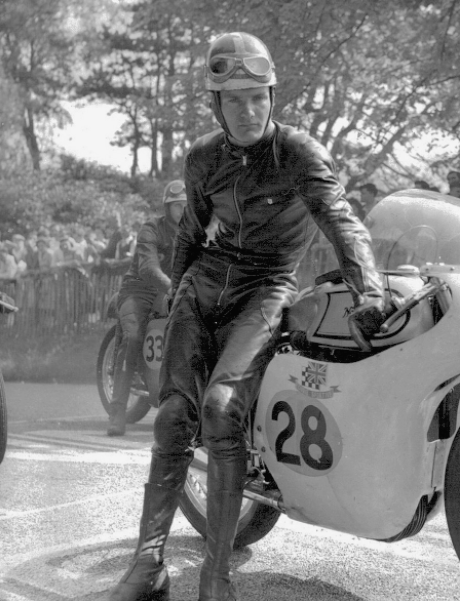
One-piece utility outfits first appeared in the mid 1800s, as 'boilersuits' for crawling into the firebox of coal-burning steam vessels for cleaning, where a gap between jacket and pants could catch on the tight hatch of the 'firehole' (where coal is shoveled into the burner). Further uses were soon found for the boiler suit, especially where dust, rain, or cold could enter a vulnerable gap at the waist. By the turn of the 20th century, some industrial manufacturers required one-piece suits at work, and the boiler suit came to be seen as a symbol of industrial progress.
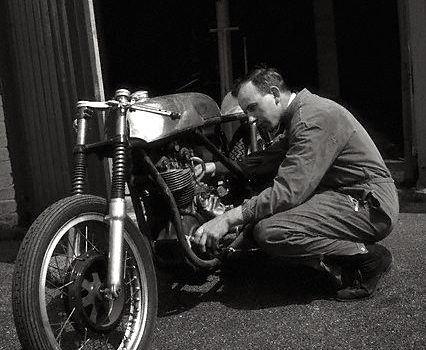
It was Adolf Loos - architect, acerbic journalist, enemy of Decoration - who first declared the one-piece industrial suit as the ideal expression of Modern dress, devoid of superfluous frills. The utter lack of fashion potential was perfection for Loos, who railed against all decorative flourishes in architecture, penning the seminal essay 'Ornament and Crime' in 1908, seeing simplicity and 'clean' design as an almost Moral necessity. The only way humanity could save itself from destruction, he felt, was to embrace an aesthetic freed from cultural baggage, and move forward into a modern era...in coveralls.
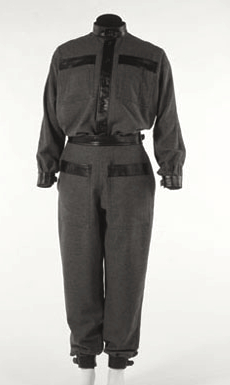
Irascible Adolf Loos had a profound impact among Modern architects and Utopian thinkers, and the one-piece suit became the cliché uniform of the modern worker-citizen. In support of the Soviet 'experiment', Constructivist artists Alexander Rodchenko and Vladimir Tatlin each designed coveralls by 1921, to be worn by all Soviet workers. At the same time, Le Corbusier wore workers' coveralls as an expression of his Utopian theory of the mechanization of modern life, with houses as 'machines for living', adoration of Henry Ford's mass-production techniques, and belief that assembly lines and industrialization were the model for humanity's salvation from itself. Many Bauhaus artists and thinkers were similarly drawn to the one-piece suit, for the same idealistic reasons.
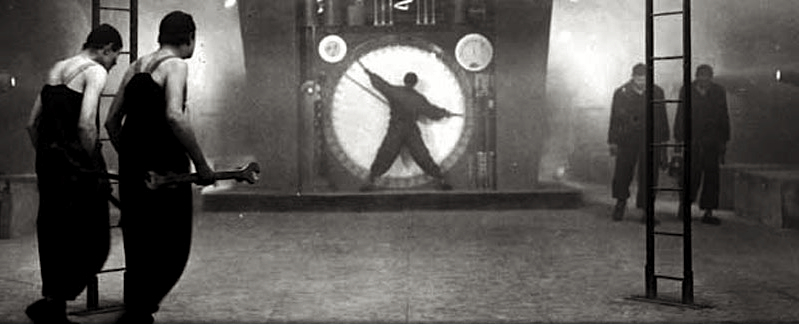
Other artists, such as Fritz Lang in his remarkable 1926 film 'Metropolis', saw the industrial worker's suit as the very symbol of a Dystopian future, reducing people to replaceable mechanical automatons and neglecting the messy beautiful heart of humanity. And indeed, by the 1930s, the icons of the Modernists had lost their lustre; the Soviet Union had devolved into Stalinist totalitarianism (imprisoning avant-garde artists and intellectuals), while Henry Ford gave hundreds of thousands of dollars to Adolf Hitler, who had a very different uniform in mind for Germany.
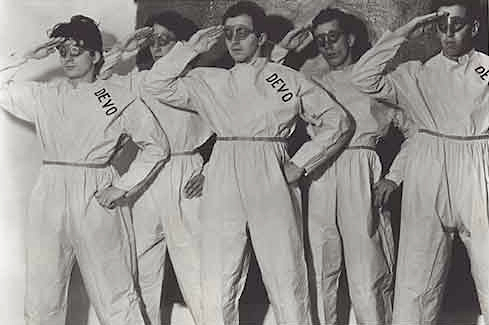
But none of this was the fault of the boiler suit! The usefulness of having no gap between trousers and jacket became apparent for different applications; rainproofing and warmth. During WW1, pilots of open-cockpit biplanes needed protection to fly in inclement weather, which inspired Sydney Cotton to invent the one-piece 'Sidcot' flight suit, in 1917:

"In the winter of 1916, several members of his squadron returned from a mission practically frozen. Sidney Cotton, however, was not troubled by the cold, a fact which he attributed to his oily overalls which he did not have time to change out of in the scramble to get airborne. He concluded that the oil sealed the fabric and trapped a layer of warm air next to the body. He had his tailor make up a special suit of a light Burberry material [waterproof cotton gabardine] with a lining of thin fur and air-proof silk together with fur cuffs and neck. He registered his design as the "Sidcot Suit" which was worn extensively thereafter [until 1950 in the RAF]...when Manfred von Richthofen was shot down, he was found to be wearing a suit of similar design." ('Aviator Extraordinary', Barker, 1969)
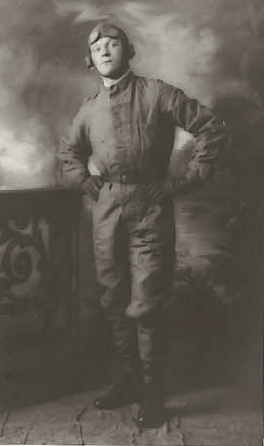
Coveralls were also worn by early automobilists and motorcyclists, typically to protect streetwear beneath. These were invariably made of cotton, sometimes waxed, and appeared in motorized transport by 1900, a very dusty period with unpaved roads and open vehicles. As cars became enclosed by the 1920s, they shed specialized clothing, but motorcyclists continued their exposure to the elements, and coveralls of various types are still popular, now called 'riding suits'.
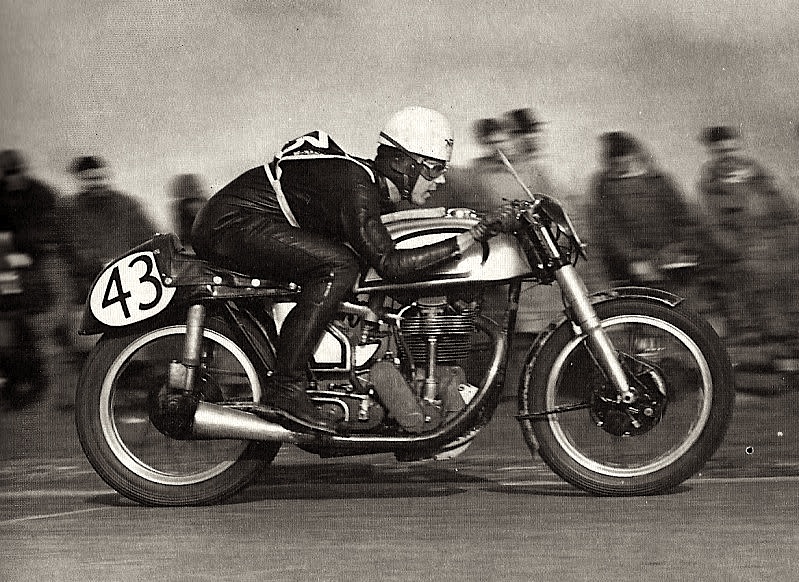
Racing a motorcycle requires a more stubborn material than waxed cotton, and the leather one-piece racing suit was allegedly invented by six-time World Champion Geoff Duke in 1950, when he instructed his tailor to wrap his body in form-fitting leather. Duke reckoned the baggy two-piece 'Brooklands' racing outfits worn by professional bike racers since the 1920s were causing all sorts of aerodynamic drag, and he was right. Riding his Norton against the technically superior European 4-cylinder machines, Duke's riding skill and the visual appeal of his tight black outfit made him a huge star in the popular press, and ladies swooned for him as they would for a movie star. The form-fitting one-piece leather suit very soon became, and remains, the only legitimate motorcycle track-racing outfit.
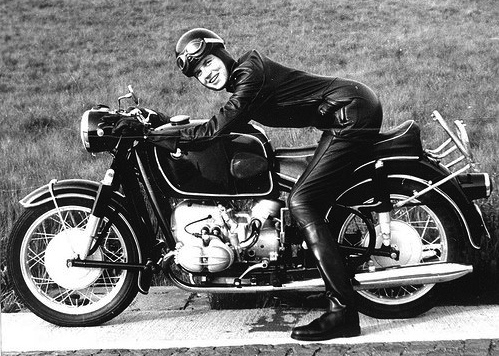
Another pioneer of the leather racing suit, for women in love with speed and motorcycles, was Anke-Eve Goldmann, the stylish and talented moto-hearthrob of 1950s Germany. As one of a rare cadre of women racers, AEG wanted the same advantages as Geoff Duke, and designed her own form-fitting one-piece leather racing suit to be made by Harro, with modifications accommodating her feminine figure - the obvious tailoring changes, plus a diagonal zipper across the chest. Anke-Eve, initially reviled in 1950s Germany for daring to be herself, soon gained respect of motorcyclists around the world with her journalism (published as far afield as the US and Japan) and riding skill. Typical for women at the time, she was barred from official road-racing competition (except 'ladies races', which she always won), but she wore her svelte leather racing gear on the roads of Europe in all weathers, including the Elephant Rally in mid-winter Germany, many times.
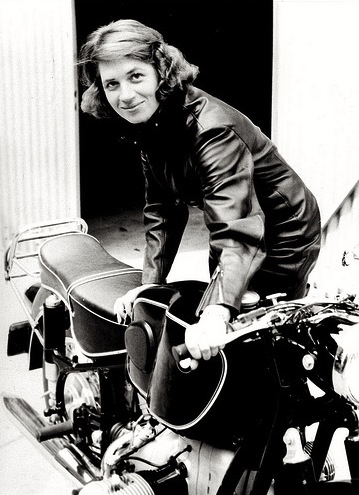
Anke-Eve, a highly visible and charismatic person, drew the attention of writer André Pieyre de Mandiargues, who befriended and corresponded with her. The central character of his book 'The Motorcycle' (1963) was clearly based on a fantasy of Ms Goldmann, as 'Rebecca' rides her Harley-Davidson across Switzerland, naked under her black leather one-piece riding suit, to meet her paramour in Heidelberg.
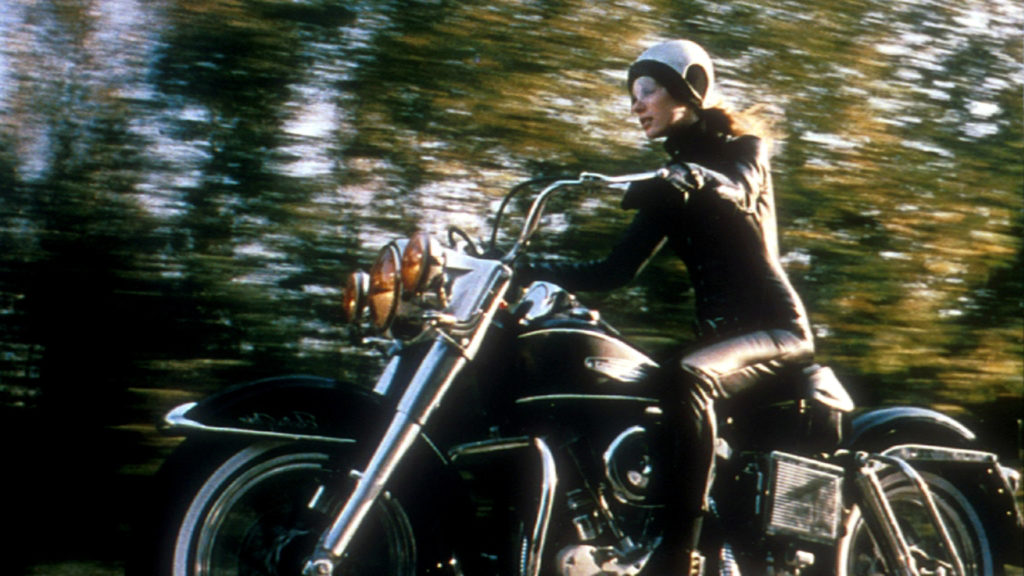
De Mandiargues' book was made into the 1968 film 'Girl on a Motorcycle', starring a very young Marianne Faithfull as a speed-mad vixen, riding 'naked under leather' (the European title), fantasizing about her lover while masturbating on the vibratory saddle nose of her Harley, dying at the climax. (Intriguingly, Marianne Faithfull is the Baroness Sacher-Masoch, and her great uncle Leopold von Sacher-Masoch will be remembered eternally for writing 'Venus in Furs', the source of the term Masochist) A serious woman like Anke-Eve Goldmann, attempting to gain respect as a rider, journalist, and feminist, was not impressed with the fetishization of her riding attire.
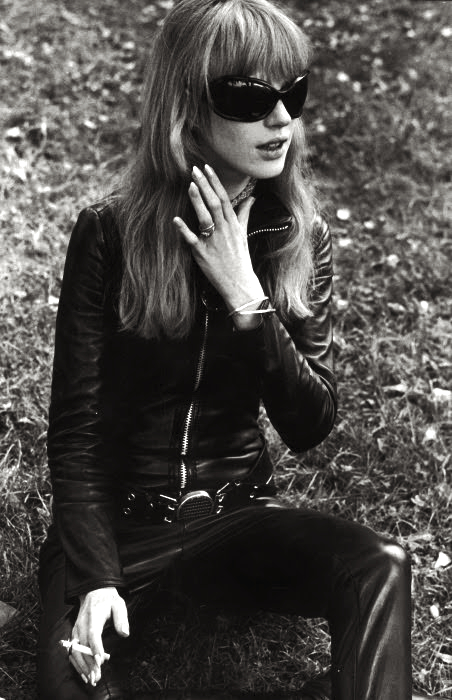
But long before Marianne Faithfull donned her fur-lined leather suit on film, Diana Rigg zipped into her own skintight outfit in The Avengers television series, making Emma Peel a crime-fighting fetish goddess in 1961, the show understandably becoming the longest-running TV serial for decades. Emma Peel's outfit was an obvious nod towards comic book heroines...
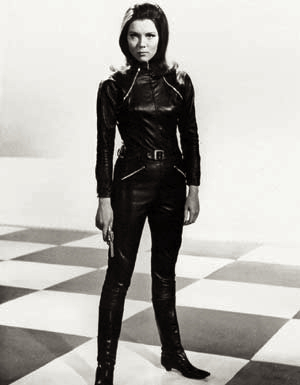
Being tall, blonde, and beautiful in a tight-fitting leather suit had been the stuff of men's dreams for 15 years before AEG donned her custom riding gear, and 20 years before Emma Peel high-heel kicked baddies to the floor. In the comics, the Cat (later Catwoman) began to sexually vex the hugely popular Batman as early as 1940, wearing what became the 'catsuit'. Muscular men in skintight outfits had been around only a few years more, Superman having flown into pulp by 1938.
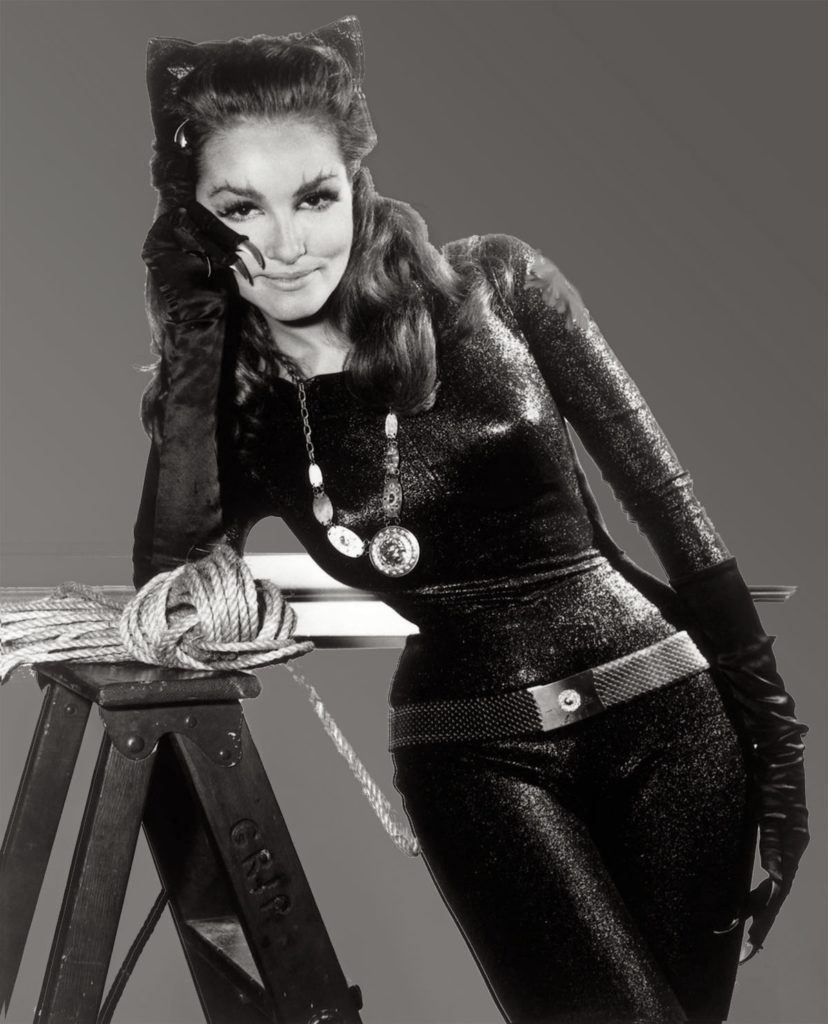
By 1966, Catwoman leapt from pulp to screen, purring her way to Batman's heart in the wonderfully camp television series, actress Julie Newmar making her own best possible catsuit from Lurex, not leather. The magic of her one-piece, just as with Mrs. Peel, conjured visions of feminine dominance and aggressive sexuality, even among innocent young boys (like myself) who had never laid eyes on fetish porn. Everyone, male and female, felt instantly the switch of electric current generated by a confident woman in a black leather bodysuit; while male heroes in similar outfits evoke strength, physicality, and danger, a woman clad thus is a total inversion of traditional sex roles, poking a gloved finger into some ancient part of men's brains, driving them absolutely nuts with desire.
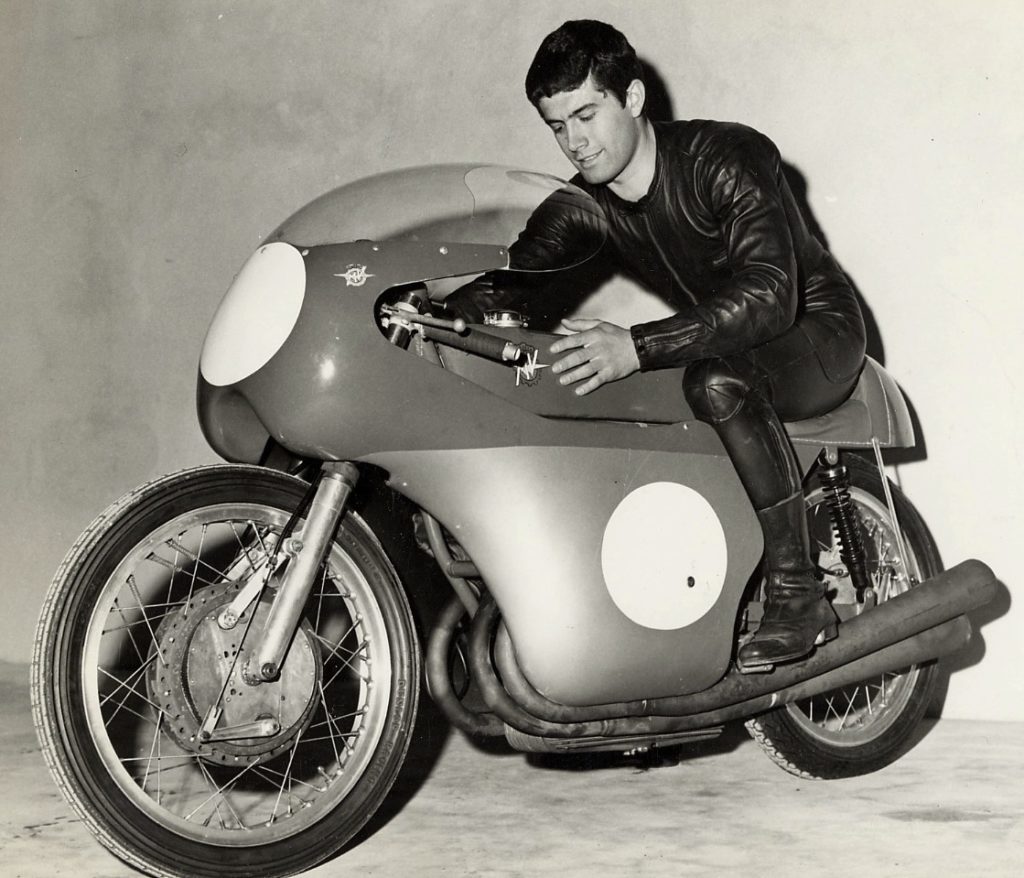
The parallel worlds of fantasy and reality met in the persons of Anke-Eve Goldman and the road-racing men of the 1950s and 60s, who all gained a spark of superhero magic in their sleek black outfits, hammering out epic battles while crouched on howling machines. Not surprisingly, motorcycle racers became sex symbols at the same time they slipped into a second skin, and Geoff Duke yielded to youngsters Mike Hailwood and Giacomo Agostini, the real-life hot young Supermen of the 1960s.
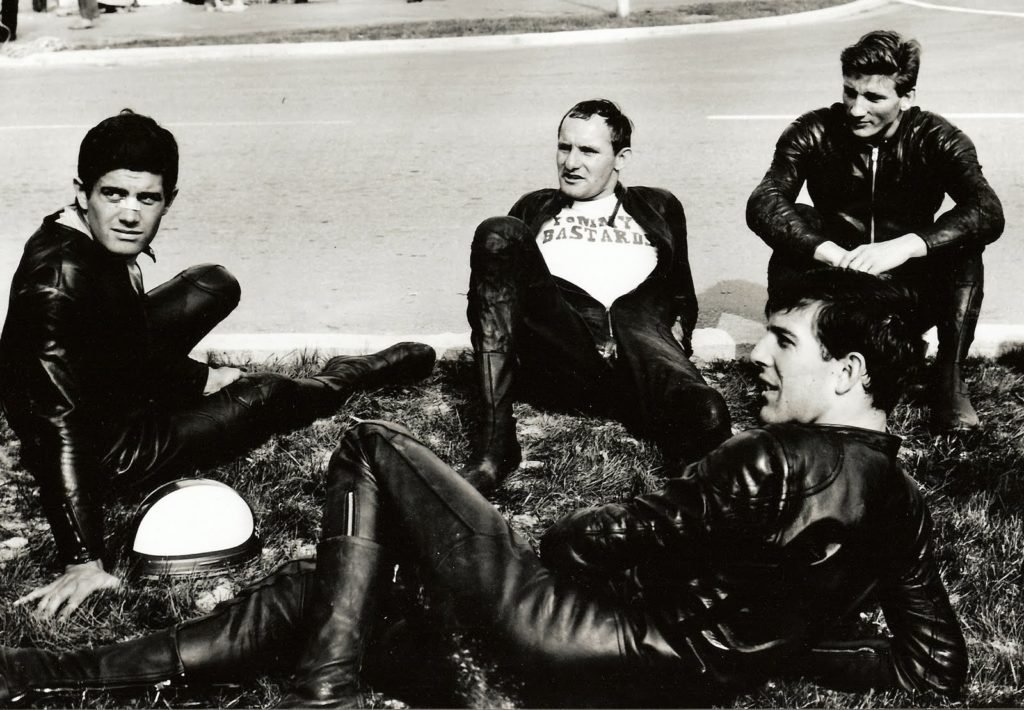
And while Superheros caught the public's imagination, it was Motorcycling heroes who wore 'the suit' in real life.
Bill Phelps: Catching Heroes
Everyone with a phone is a photographer, and today, updating Warhol's old saw, everyone is famous for 15pixels. Between filters and apps, we can fool ourselves that we're good, but confronted with an artist evidencing rare gifts in the medium, the chasm between our humble snaps and his staggeringly beautiful work is clear. If I could keep Bill Phelps in my pocket, I'd throw away my cameras. There will never be a Phelps app, because there's no algorithm for the emotional connection between the man and his subject matter; Bill captures some mysterious quality in people, machines, and even grime, which scratches at our souls.
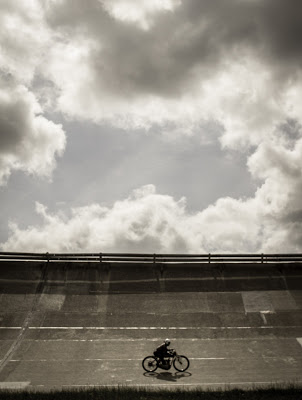
Bill Phelps is best known in the alt.moto world for a series of exquisitely composed shots of models with old bikes (Vincents, Velocettes, Nortons, etc - all his) most of which were taken in 1998/9. He has since moved on to professional work for the likes of Condé Nast, and his work is shown at Robin Rice Gallery in NYC, but he remains an oil-stained gearhead, eager to reveal the epic from a familiar mix of people and machines. I've featured his work in 2010 (his gallery collection) and in 2013 (from Wheels+Waves), and it doesn't age a bit. The current collection is perhaps his best yet, hinting at his maturation as an artist.
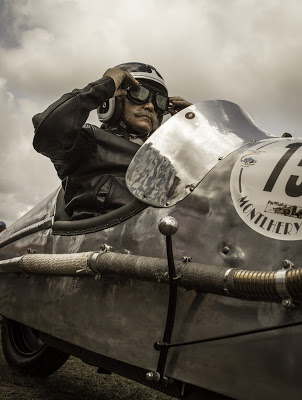
Our schedules coincided last month, and Bill was able to stretch a magazine shoot in Strasbourg to a weekend at the Vintage Revival event in the Montlhéry speed bowl. The storied race track, combined with the deliciously gritty subject matter, was catnip to Bill, and he's produced a new photo series, a few of which I'm lucky to share on TheVintagent. You'll see more in print soon, which I'll announce via my Facebook and Instagram accounts. For now, enjoy his work!
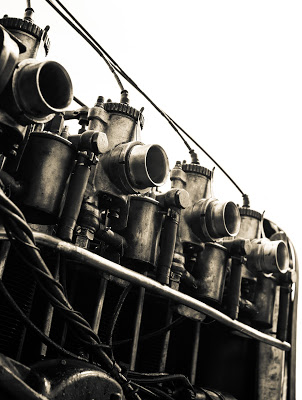
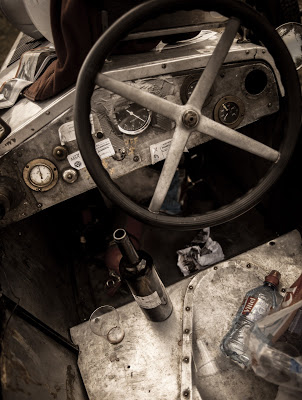
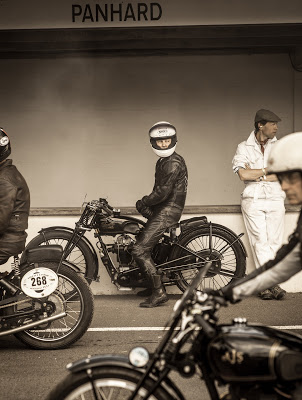
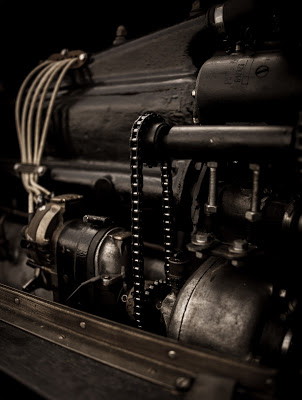
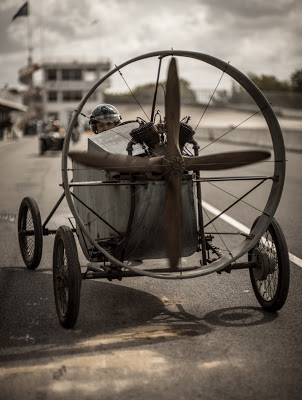
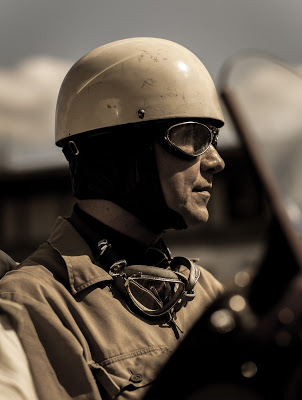
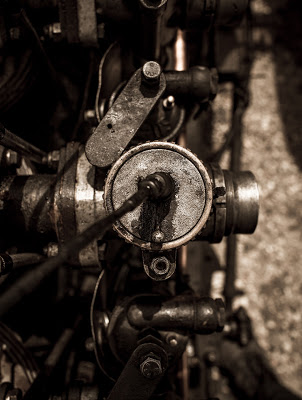
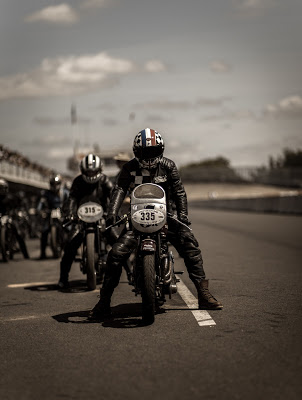
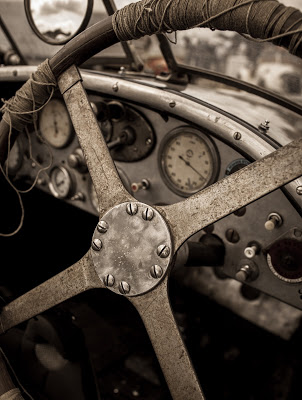
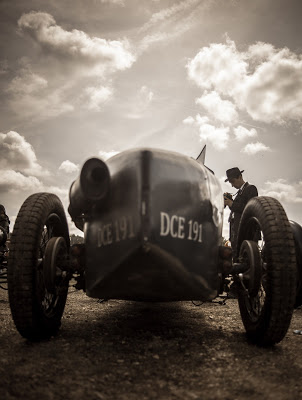
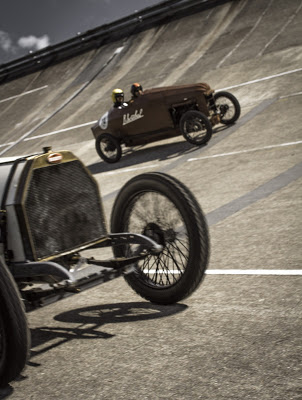
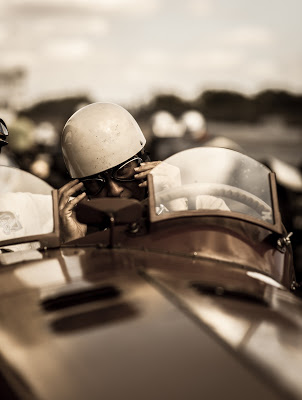
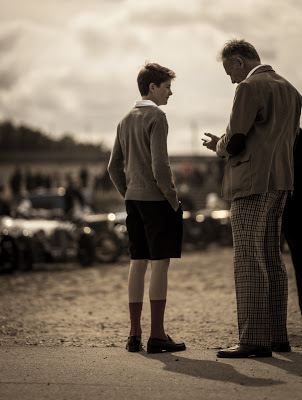
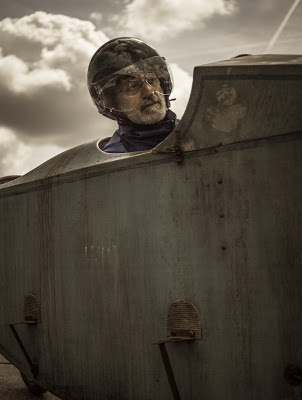
Book Review: 'Lucky All My Life'
Harry Weslake was a child (b.1897) of relative privilege whose father was the director of Willey&Co., manufacturers of gas meters. As a young man, he became obsessed with motorcycles and adept at riding and modifying them. His first mount at 16 was a Rudge which he set about improving for competition in his local Exeter hillclimbs, by fitting an NSU two-speed gear hub to the crankshaft. Thus, his appearances at competitions often resulted in embarrassment to older and more experienced riders. Weslake became notorious for his fast riding style, and should be considered certainly a Veteran Café Racer!
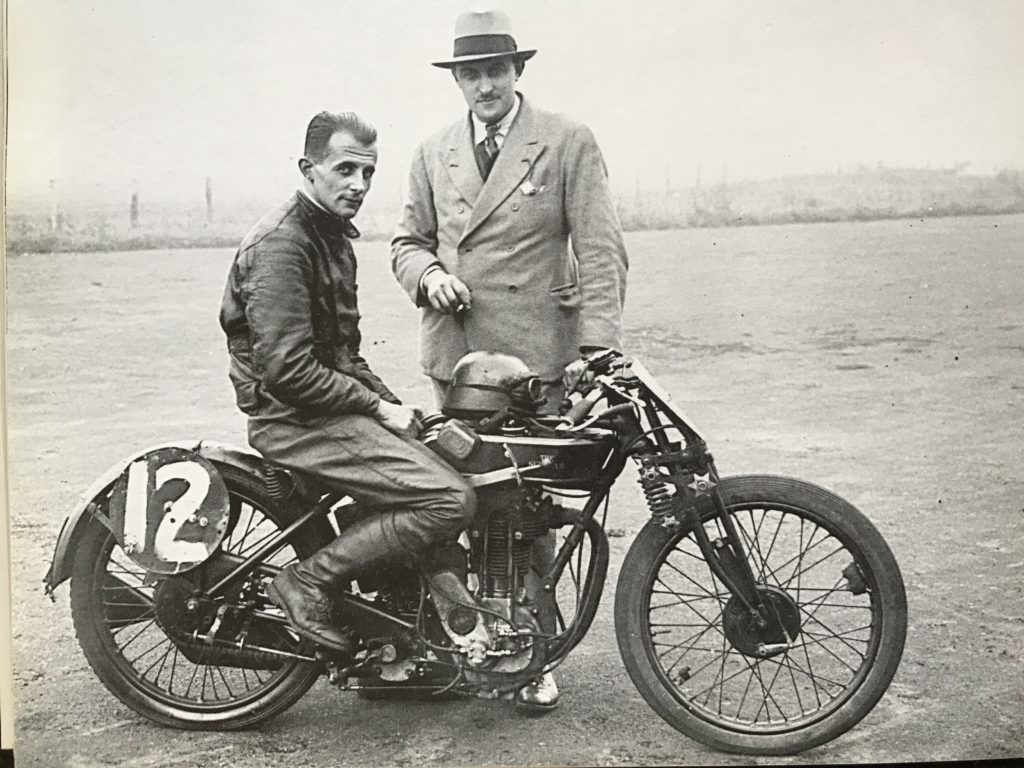
The Rudge used a unique carburetor, the 'Senspray', which had several good ideas, but required the constant manipulation of two levers to give good performance. Harry's first patent in 1914 was an improvement on the Senspray principles, and led to his production of the 'Wex' (Weslake EXeter - see below) carburetor after WW1.
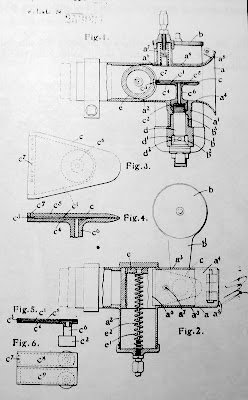
The Wex was certainly one of the best performing carbs available in the late 'Teens, requiring only a single lever to operate, and gave significantly better fuel economy with a cleaner gas flow, which also happened to boost power. Soon the Wex could be seen on all sorts of competition machinery, including Sunbeams, Brough Superiors, and Zeniths. George Brough (below, with 'Spit and Polish', which used a Wex carb - note Harry behind GB), in his usual effort to have that something 'extra special' from his parts suppliers, insisted at one point that Weslake personally road test SS100s fitted with the Wex carb, to see for himself how the machines performed.
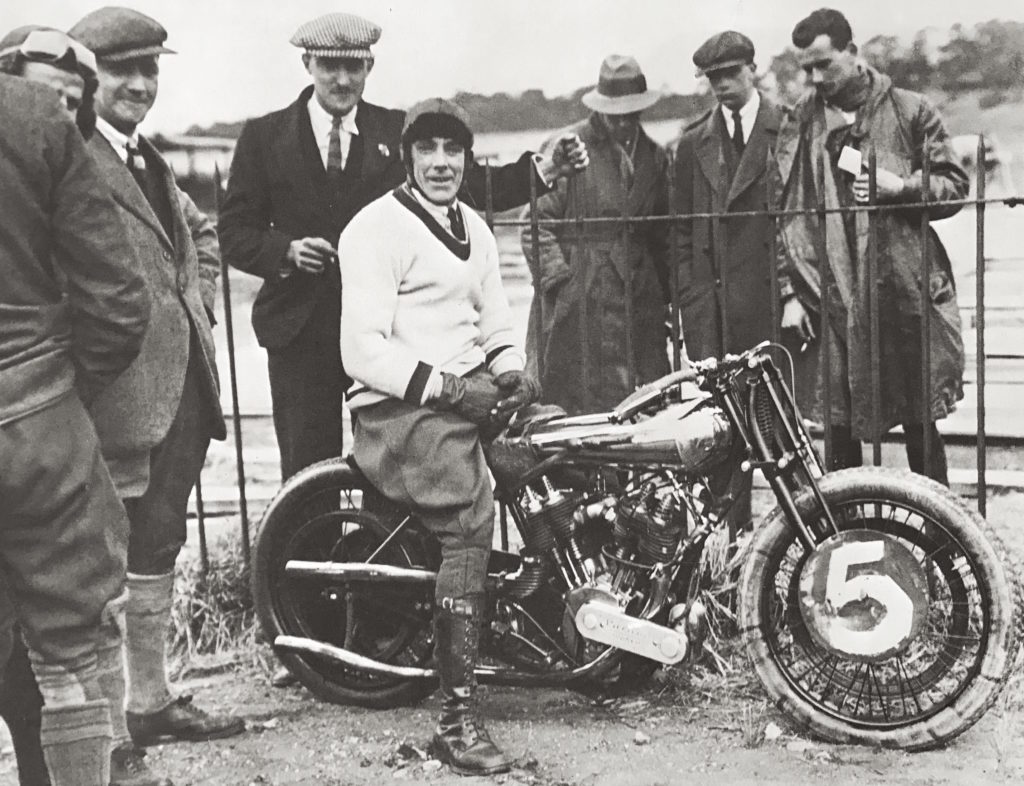
Gordon Cobbold, a die-hard Sunbeam racer in the early 1920s, pulled Weslake into the world of track racing at Brooklands, asking Harry to tune his engines and sponsor his machines to retain Cobbold's amateur status. Weslake quickly became an indispensable figure for serious racers, and plenty of Vintage-era photographs from that hallowed track show him standing behind a victorious motorcycle which used a Wex carb. In short order, John Marston, owner of the Sunbeam factory, contracted with Weslake to tune their competition engines. In 1923 he was given three 500cc OHV Sunbeam engines to tune, and while externally identical, he found their power output varied by almost 20%. After giving some thought to the matter, he decided to investigate what must be a logical reason for these differences. Previously (and for many years to come actually) factories tested their supposedly identical production engines, sending the best ones to the competition shop, the worst to their 'cooking' road models, without ever investigating systematically the reasons why such variation should occur.
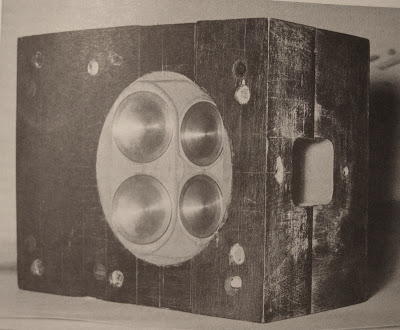
And this is where the family business comes in; remembering the testing facilities at Willey&Co which measured the volume of gas metered by coin-slot pay devices, Weslake reckoned that it would be very useful to measure the volume of fuel-air mix which passed through his motorcycle cylinder heads, to see if there was any correlation between the volume of gas passed and their power output. [And for my US readers; in England it is common to pay for your cooking/heating gas via a coin meter on your gas line... no meter readers or mailed-in bills; if you don't pay, you have no gas!]
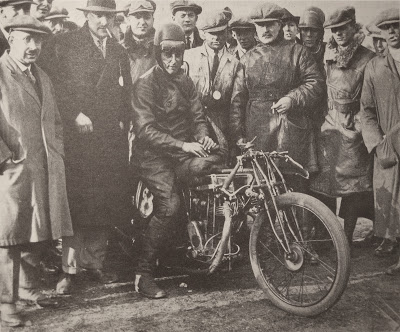
Weslake quickly found a positive correlation between the 'good' and 'bad' Sunbeam cylinder heads, and how efficiently they moved a given volume of gas. His hastily set-up test rig (see above) soon saw considerable action testing other cylinder heads, and remained in continuous usage right into WW2. The Sunbeams he tuned using gas-flow tests were shortly gaining plenty of Brooklands 'Gold Stars' (for laps at over 100mph during a race), and winning TTs and GPs across Europe. Weslake experimented endlessly with shaping inlet and exhaust ports, and within a short time was the foremost expert on cylinder head tuning in the world.
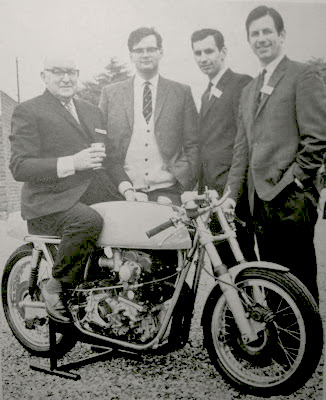
Such talents do not go unnoticed, and Weslake was soon approached by W.O. Bentley himself to 'see what he could do' with some troublesome engines. His results were so spectacular, regularly gaining 20%-40% power increases, that Bentley too used his services to tune their racing 4.5liter and 6.5 liter engines. Thus, in 1929, four Bentley engines which were Weslake-tuned gained the first four places at the LeMans race, and won again in 1930. His services were soon in demand for designing cylinder heads for various automotive manufacturers, including A.J.S., Austin, Wolseley, and S.S. (later Jaguar). Weslake kept his hand in motorcycle development as well, and in the late 1930s encountered Joe Craig of Norton at an Earl's Court Motorcycle Show. These two no-nonsense gents took an immediate and intense dislike for one another when Craig, notorious for his biting sarcasm, made a 'remark' to Weslake about his prowess with automotive tuning. Whereupon Weslake proceeded to relate all the relevant tuning details - cam timing, inlet bore, valve size, compression ration - of a new Works racing Norton sitting beside them on a plinth, after only a quick exterior observation. Craig was visibly shaken that the tuning 'secrets' of his unbeatable racer were so easily summarized, and despite their personal animosity, Craig hired Weslake in the late 1940s to help improve gas flow characteristics in the Manx engine, which included reshaping the inlet and exhaust ports, and improving the turbulence of the fuel/air mix into the combustion chamber. At this point, Weslake must have worked with Leo Kusmicki on the development of the new 'Squish' engine for the 1950 Manx. Their methods differed, and Kusmicki, the former academic, knew that Weslake's 'testing rig' should theoretically be unnecessary, since gas flow characteristics could be calculated mathematically. Of course he was correct, but a computer had yet to be invented which could provide results as quickly as Weslake's experienced hand at port-shaping. That 'John Henry' moment would not come until the late 1980s!
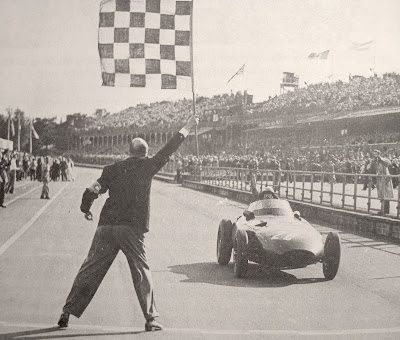
Kusmicki and Weslake worked in parallel again on the Vanwall racing project (with Sterling Moss, above). Tony Vandervell knew Weslake since the 1930s, as Vandervell had been one of the Brooklands 'boys', racing (of course) a Norton at the track with good results. Thus, when the Vanwall F1 team was formed, Weslake was hired to modify their Ferrari cylinder heads. When Tony Vandervell hired Kusmicki to design a British engine for the Vanwall, Weslake was on hand to help shape ports and look after cylinder head design. In a curious side note, while Vandervell was a Board member at Nortons, he 'took' Kusmicki's design for the four-cylinder, watercooled DOHC racing 500cc Norton engine with him when he left the Board, during the A.M.C. takeover of Norton in 1955. This design was expanded and used in one of Vanwall F1 cars.... so in effect, the legendary 4-cyl Norton engine WAS built, only in a 2.5 liter form.
You can purchase Lucky All My Life: Biography of Harry Weslake (A Foulis motoring book) by Jeff Clew (1979-09-27) here!
The Blue Bike
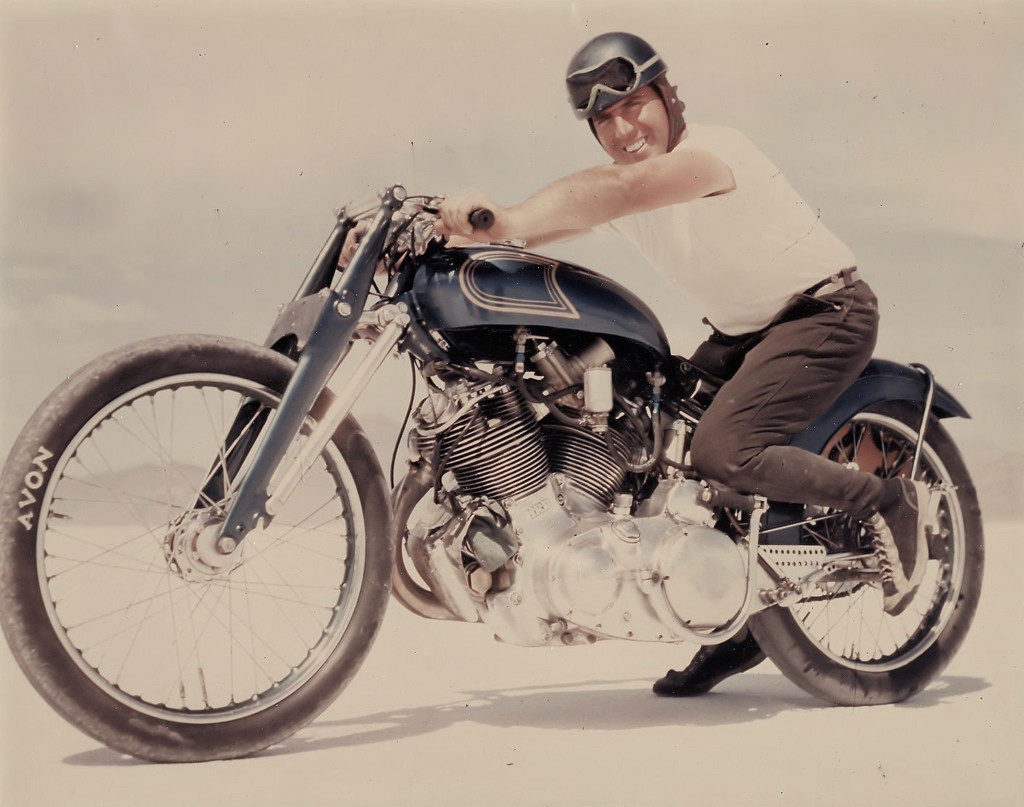
In 1948, an eighteen year old walked into ‘Mickey’ Martin’s Burbank Vincent-HRD dealership, putting a cash deposit on the $1120 sale price of a new ‘Series B’ Touring Rapide, starting a payment plan on what was then the most expensive motorcycle in the world. The inspiration for his trip to Martin’s LA emporium were the boasts of a Vincent-owning Scotsman who spoke of leaving ‘long black streaks’ on the highway while passing cars, in third gear and 70mph no less. Readers of the late 40s motorcycle press were familiar with Vincent-HRD ads touting impossible speeds, right beside ads for x-ray glasses and miracle bodybuilding powders. Very few Americans had actually seen a Vincent, even less had ridden one to test the claims.
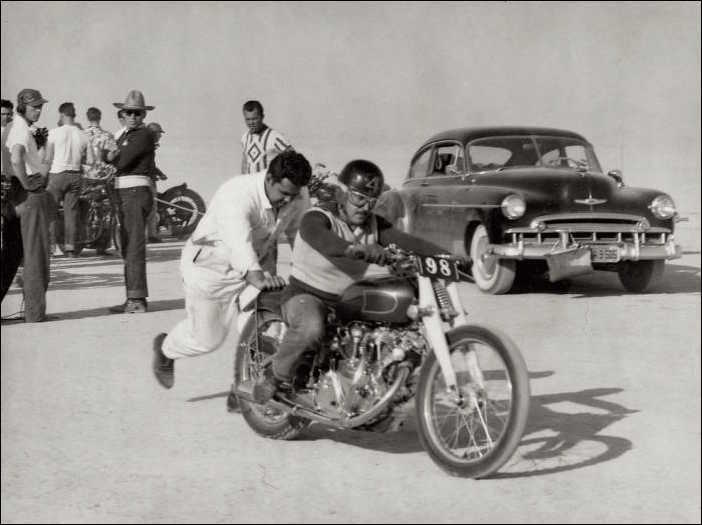
Marty Dickerson, the youth in question, thought the Rapide was ugly, but he “wanted that power, wanted that speed”. He was not disappointed with his purchase, and quickly came to understand he now owned the fastest motorcycle on the planet, and soon, as young men will do, set about proving that fact to SoCal motorcyclists who believed they had the fastest bikes. Harley Davidson had been around since the early part of the Century, as had rival Indian, and their American devotees used the collected wisdom of decades of engine-tuning to make some pretty hot bikes by the 1940s, the toughest and fastest of which tended to be ‘strokers’ with huge motors of over 100 cubic inches displacement (1600cc). Dickerson and his Vincent aroused the curiosity and pride of LA’s fastest street-racers, who formed an increasingly short line to challenge him to a ‘drag’. No matter the fame of the engine builder or skill of his rival at fast getaways, it was always Marty’s Rapide which first crossed whatever waved-sweater or crossed headlamp finish line was laid, out there on the lonely roads appropriate for such contests.
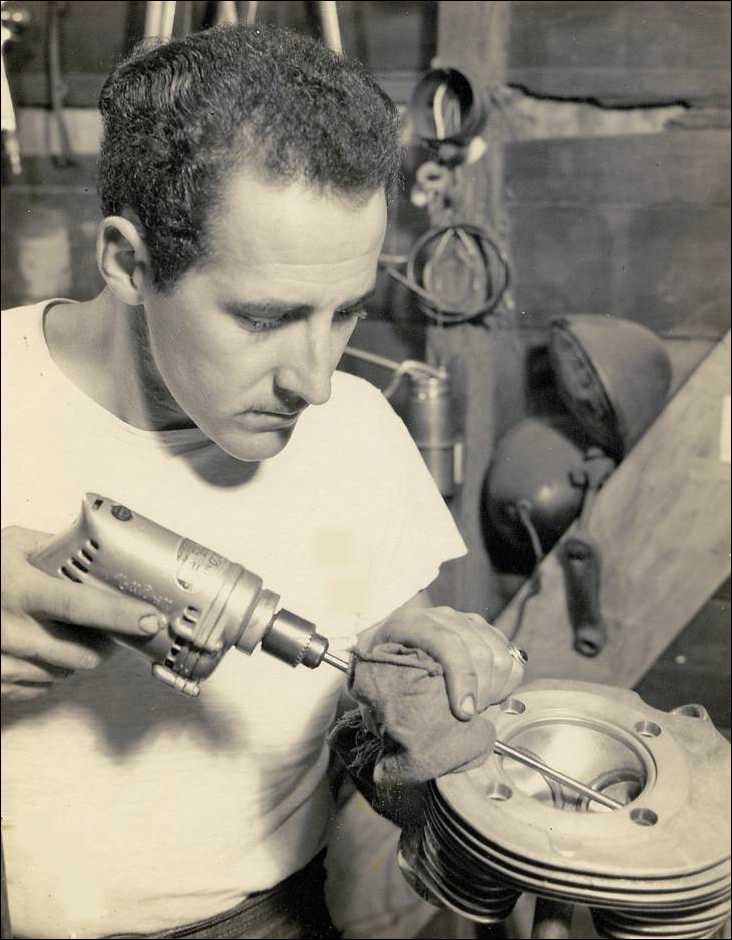
There were other ways to test speed, and the SCTA (Southern California Timing Association) provided timed evidence to bolster a reputation gained on the streets. At Muroc Dry Lake that year, Marty squeezed 118mph from his Rapide, while his buddy ‘Tex’ Luce, a Vincent mechanic fated to make his own mark on the racing world, found just a bit more, and recorded 122.04mph on the bone-stock machine, with all lights, mudguards, and mufflers intact and present. Motorcyclists are a stubborn and loyal bunch, and the evidence of a new ‘fastest’ motorcycle didn’t translate into immediate sales. In truth, Vincent-HRD sales were dismal in California, and by June 1949, ‘Mickey’ Martin had 20 unsold Vincents languishing on his showroom floor. Knowing of Dickerson’s antics in back-road street racing, and more importantly his success at the game, Martin hatched a plan to send young Marty on a ‘tour’ of the southwest quadrant of the US, to raise awareness of the Vincent-HRD marque in the best way – nudge, wink – he knew how. Martin offered to cover all travel expenses, and take over the Rapide’s loan payments, and soon Marty Dickerson had the best possible job in the world for a 19 year old, being paid to street race all comers in small towns across America, astride the fastest production motorcycle built.
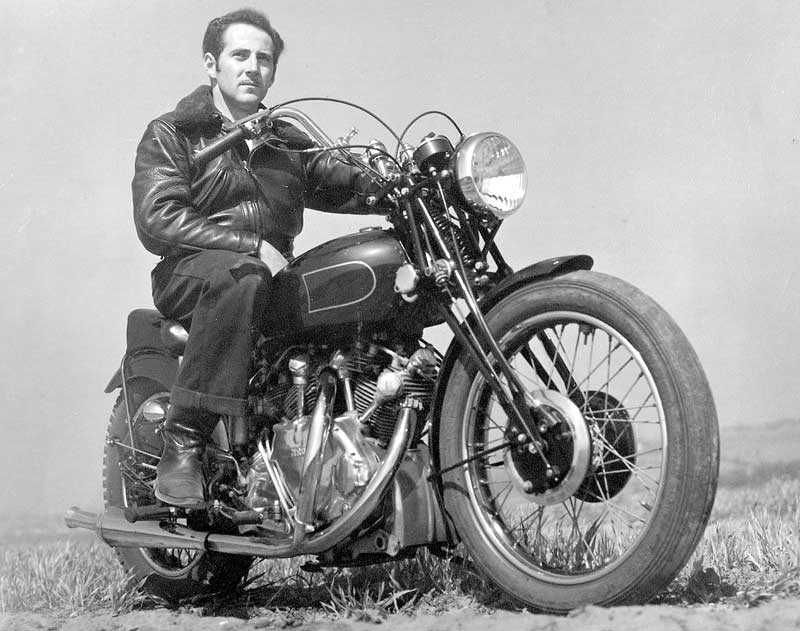
For one month in that summer of ’49, Marty Dickerson had the ‘drag racing adventure of a lifetime’, covering 5000 miles through Phoenix, Dallas, Tulsa, Ft.Worth, Tyler, Kansas City, and smaller towns in Colorado and Utah. He raced the fastest motorcycles And cars the locals could muster, sometimes legendary monsters which had never been bested. There were close calls, such as when he didn’t have time to change a fouled spark plug before a race, and the Vincent spluttered on one-and-a-half cylinders while his rival rocketed ahead. Quick thinking and a ‘poor man’s tuneup’ (downshifting from 3rd to 2nd at high revs to blast the plugs clean) cleared the cough and saw Marty take the lead once again. There were other times when ‘sore losers’, with much time and reputation invested in their Harleys or Hotrods, made a hasty exit the prudent choice for young Mr. Dickerson. It must have been infuriating when some short, big-nosed kid on a strange motorbike (‘Harley R Davidson?’) kept pace with the Knucklehead you’d spent months tuning for speed, until your throttle was hard on the stop while you crouched low over the tank…only to watch ‘that kid’ shift into 4th gear, and leave you eating his dust.
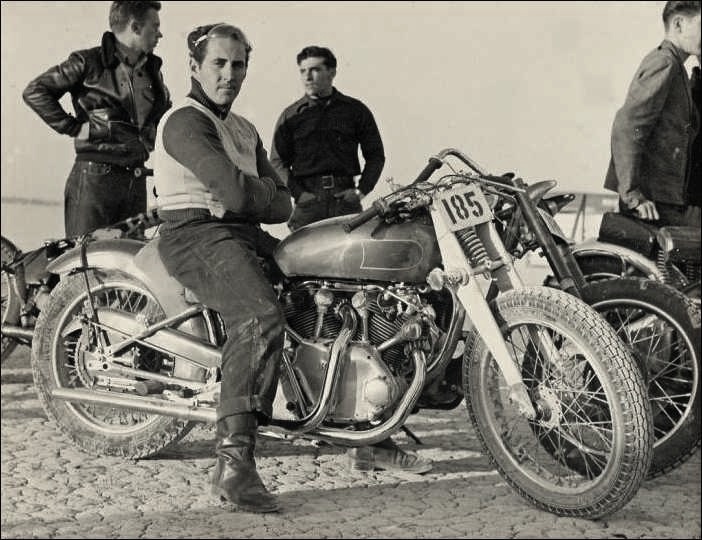
The Vincent had its problems in that hard month of racing, requiring the total replacement of a clutch cable and a few engine shock absorber springs, which weren’t expecting such abuse. Dickerson’s exploits were legend, and rumors spread like pond ripples from a cherry bomb about ‘a kid’ with a really fast Vincent, kicking butt all over the Southwest. He came and went through towns so fast nobody remembered it was ‘Marty Dickerson’ riding, he was the Street Racer with No Name, but tales of his exploits reverberate to this day, and form the actual backbone of the Vincent story in America.
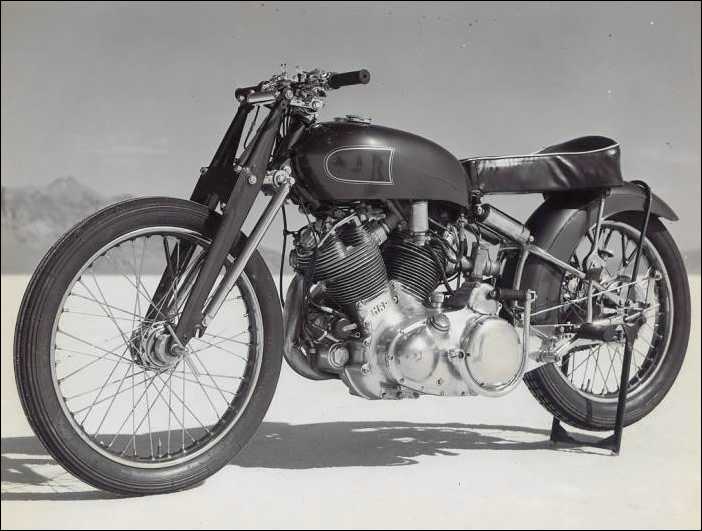
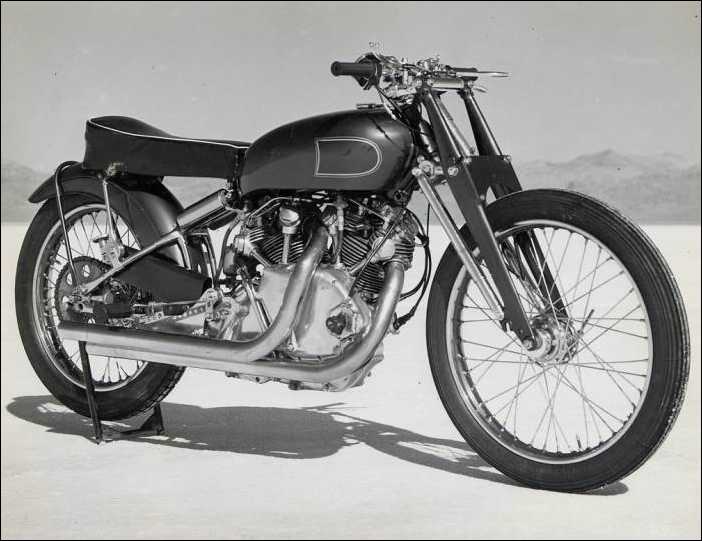
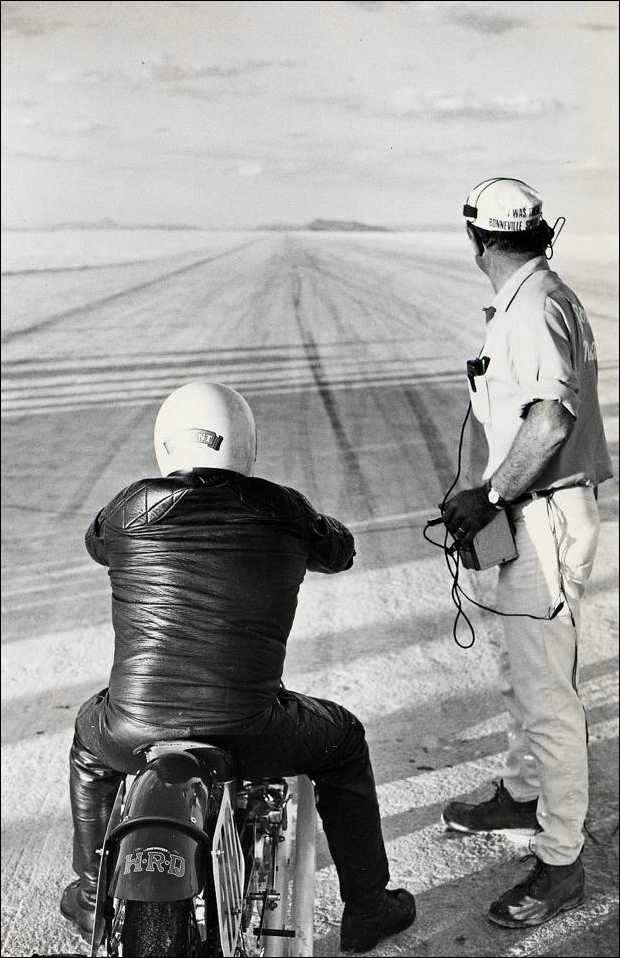
2015 Vintage Revival Montlhéry, Part 1
Why on earth, my friends ask, would I travel 20 hours on a round-trip plane to Paris, and spend a couple of grand of my own money to attend a weekend event at a suburban Parisian racetrack in lousy condition, with shabby amenities, mediocre food, which is a pain to reach unless you have a car? The reason is simple; it’s worth it. If you’re a fan of pre-1940 racing cars and motorcycles, there really isn’t a comparable event, anywhere. Vintage RevivalMontlhéry has become to my eyes the most authentic vintage motorsports event in the world. Not as in ‘period correct’ as per the Goodwood Revival, that glorious costume party of 50,000 people, who are not allowed access to the truly interesting stuff, like the pits. It may be the right crowd, but it’s Disneyland crowded, and shares a bit too much of that park’s gloss for my taste. I prefer a little grit, because pre-war racing wasn’t a theme park, it was dangerous and poorly-paid stuff, and the participants did it for the love of the sport.
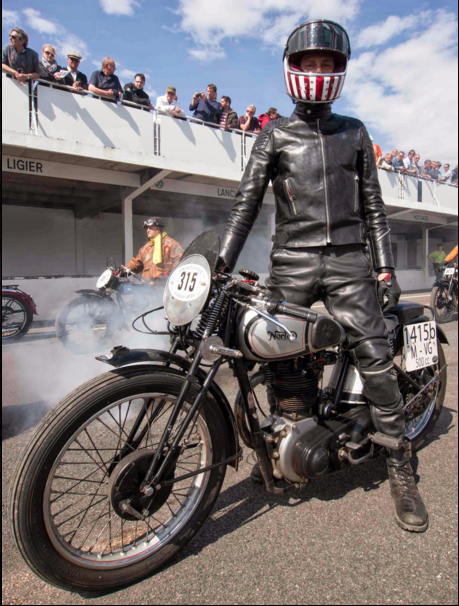
I suppose if that tens of thousands turned up at Montlhéry there would be tiered access as well, but as the crowd is still 4-figures small, with a very large playground, it feels very much in tune with the old Brooklands ad – the right crowd, and no crowding. VRM is the work of Vincent Chamon, who took on the mantle of the late lamented Jacques Protherat, the grandfather of vintage racing in France, who organized a ‘Vintage Montlhéry’ gathering for decades, before his untimely death 15 years ago. The track was without such a mixed-vehicle event for ten years, until Chamon decided to do something about it. This is the third of these bi-annual events, and it just seems to get better.
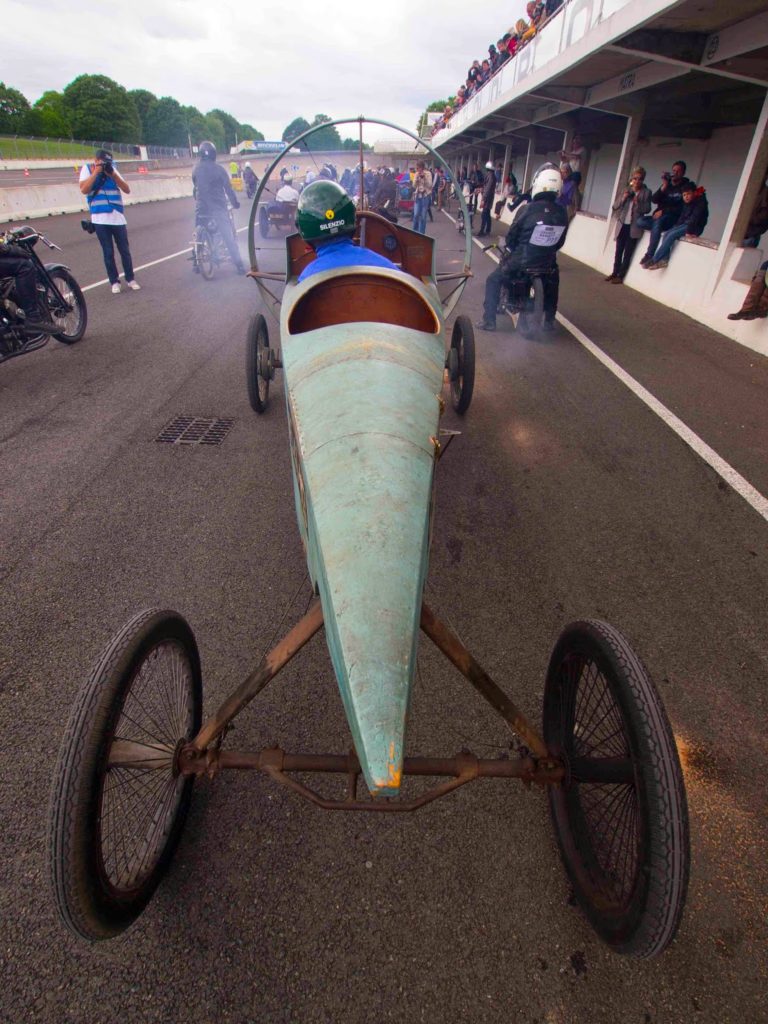
Unlike most motorsports events, the organization is almost invisible, with a very light touch. Gents and ladies in white boiler suits direct the action, and their attention is generally focused on getting vehicles onto the track in an orderly fashion. The glorious chaos of the scene, which actually has a fluid and orderly movement, includes a mix of pedestrians, bicyclists, children, and racing vehicles using the main throughfare/track access, which means there’s a constant mix of revving racers and ordinary folks milling along, with a kind of friendly acceptance of of each group’s needs. The frustration level looked very low, and I didn’t hear a voiced raised in anger amongst the scrum between pits and track, which considering the high temper of a rider or driver about to do hot laps, is really something.
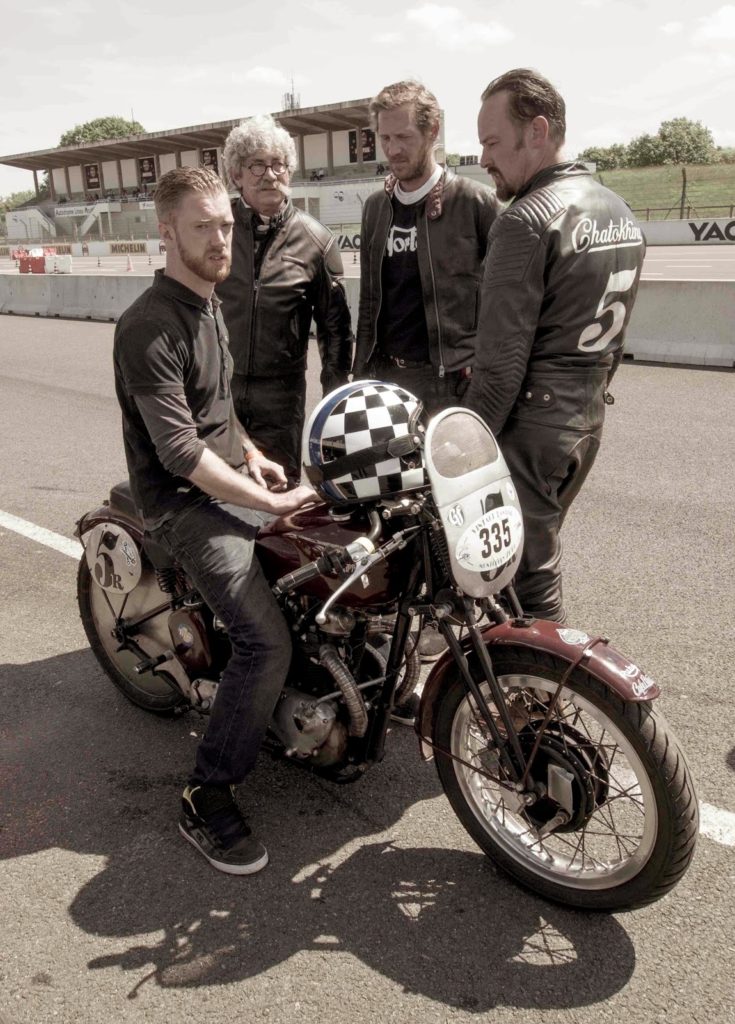
Perhaps it’s because there’s nothing to win; the track time is a ‘parade’, which means a few take full advantage of the fantastically historic track’s banking and chicanes, while most are content with a fast but not furious pace. Some even potter, and know well enough to stay out of the way, clinging to the very bottom of the banking, while the really fast ones sail up the top line, which feels awfully near vertical when you’re on it. It’s an eerie sensation to gaze at the top of another rider’s helmet as you pass by/over and they’re perpendicular to you.
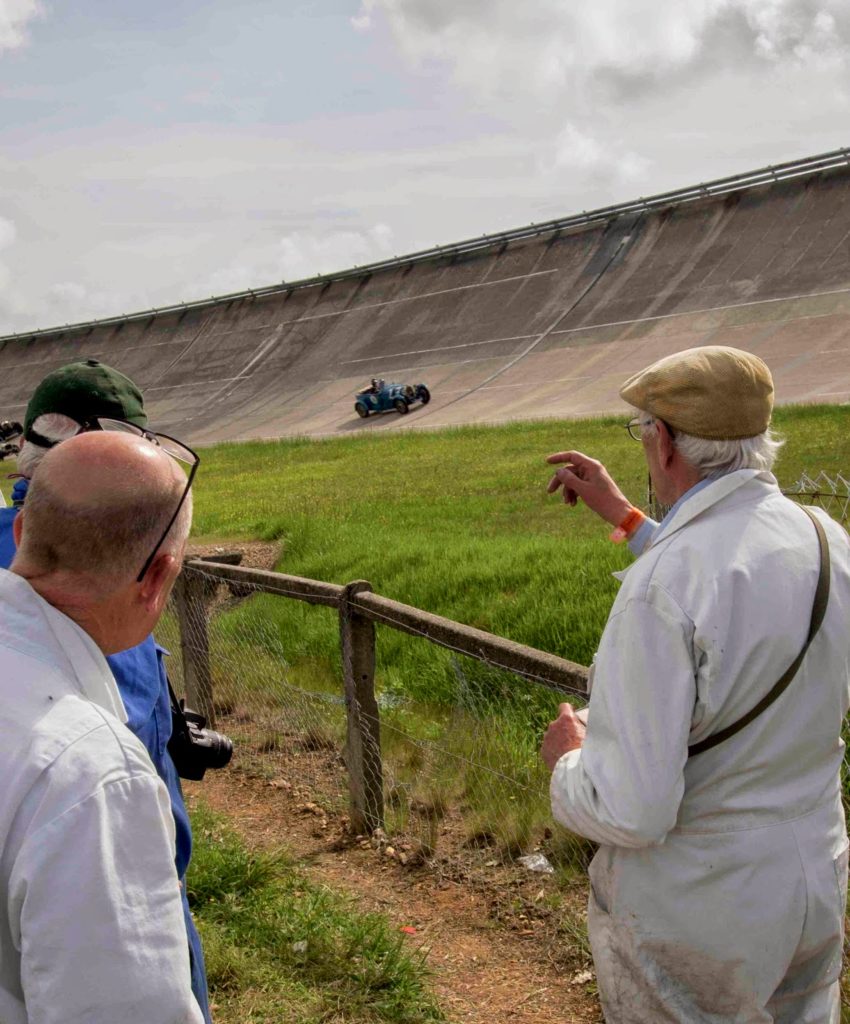
But it is bumpy on the crumbly old concrete. Riding the track is truly living the history of the place, as an awful lot of world speed/distance records were set there from its inception in 1924 through the 1960s. Unlike Brooklands, competing interests (like tanks) never sullied the architectural concrete track banking, and we can still enjoy the magnificence of the place today. I found it especially poignant to be back at Montlhery after visiting Daytona for the first time last September, during the Cannonball, and being sorely disappointed at the lack of romance about the place. The center of the Montlhéry track is a forest, with big swaths of green grass, flowers, and shade if you need it. The grandstands will hold a thousand people at most, all else is trees and sky in the environs; it’s simply gorgeous. Visit the place before something stupid happens.
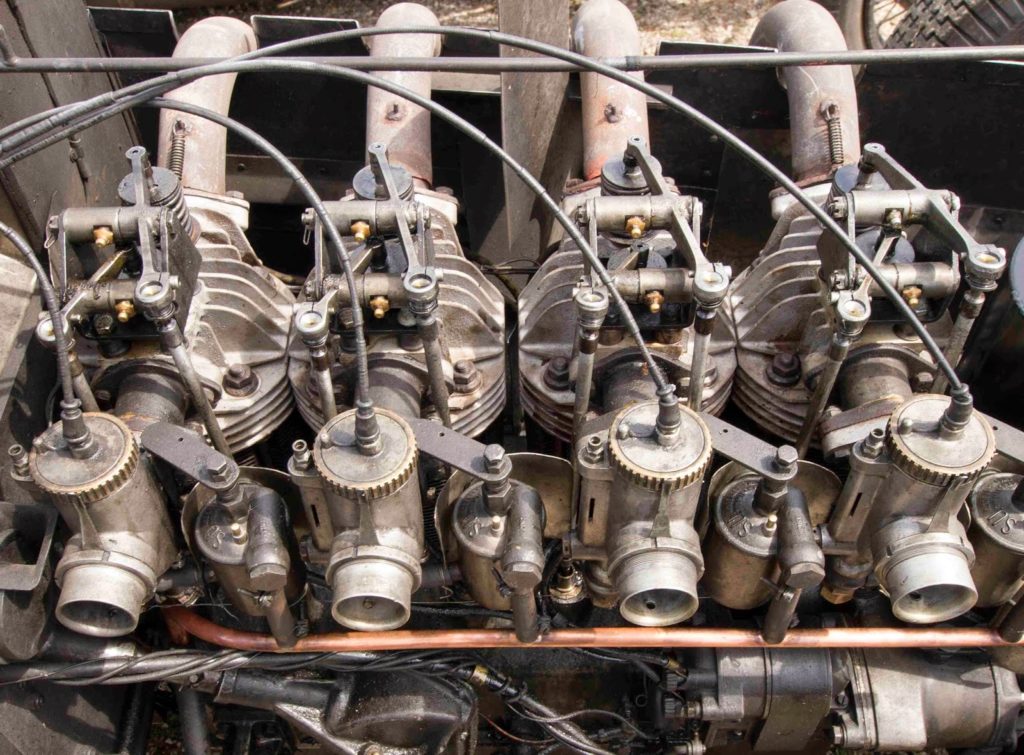
What appeared in 2015? Racers from collections all across Europe, from as far as the Czech Republic, with plenty from Germany, Holland, Italy, and England. To date, no motorcycles from US stables have appeared, a situation I’d love to rectify in 2017. There were American bikes certainly, Indian and Harley and Excelsior board trackers which seemed right at home on the banking – just about the only venue suitable for them actually. Mostly it’s what you would have seen on European Grand Prix circuits from the early 1900s through 1940, with plenty of ultra-rare machines you’ll see nowhere else, dragged from the depths of family collections far from the public (and the tax man’s) eye. The photographs here are a reasonable selection, but don’t encompass nearly everything – just the ones I managed in an attractive shot.

Here’s huge thanks to Vincent Chamon and his team for putting on an exceptional and beautifully run weekend event, and for arranging perfect weather too!
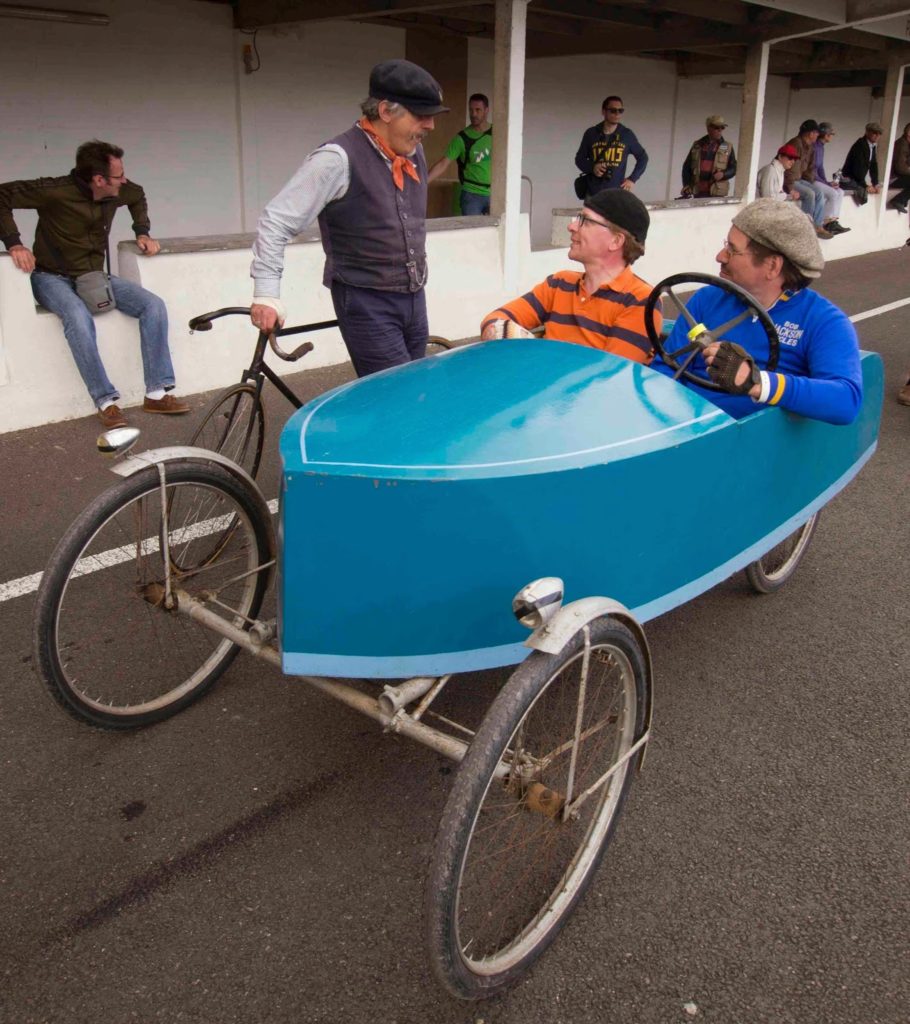
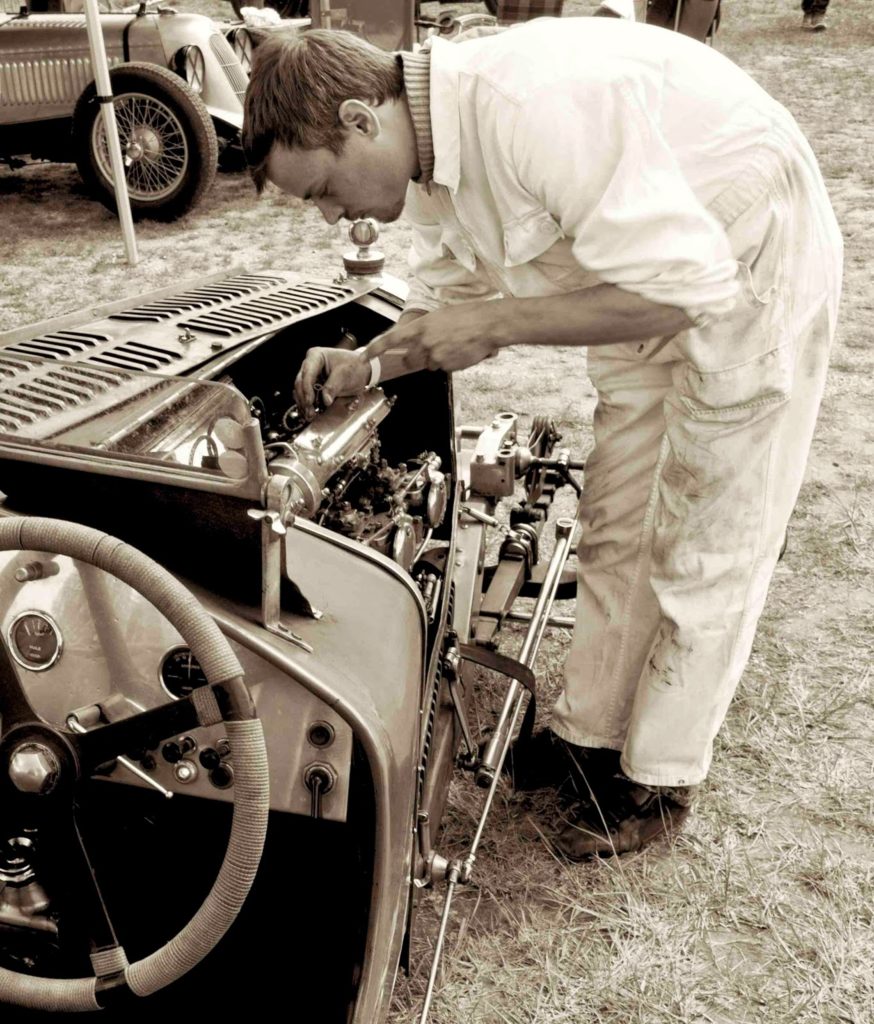
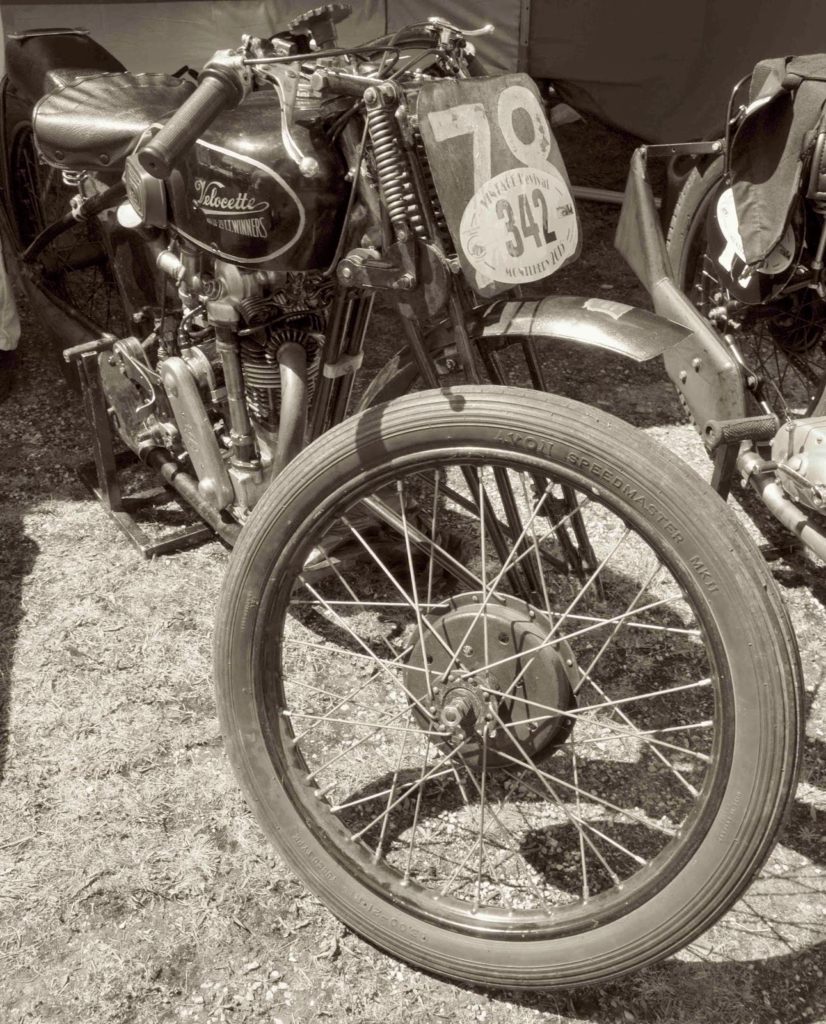
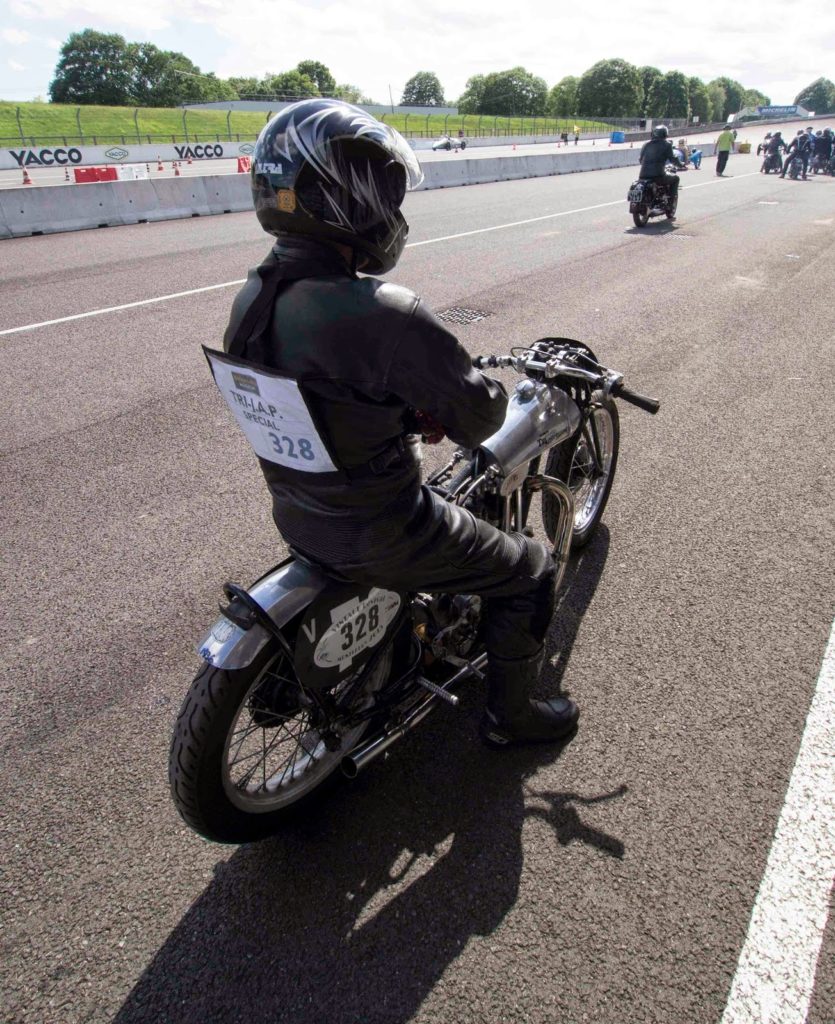
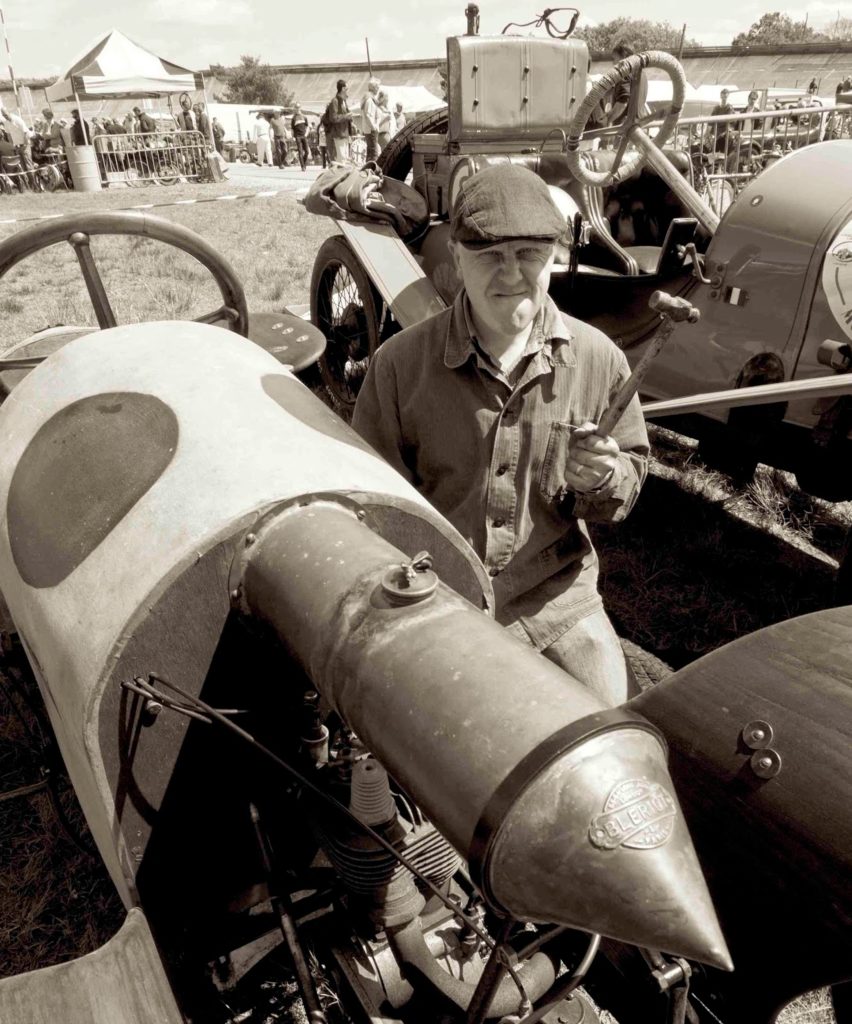
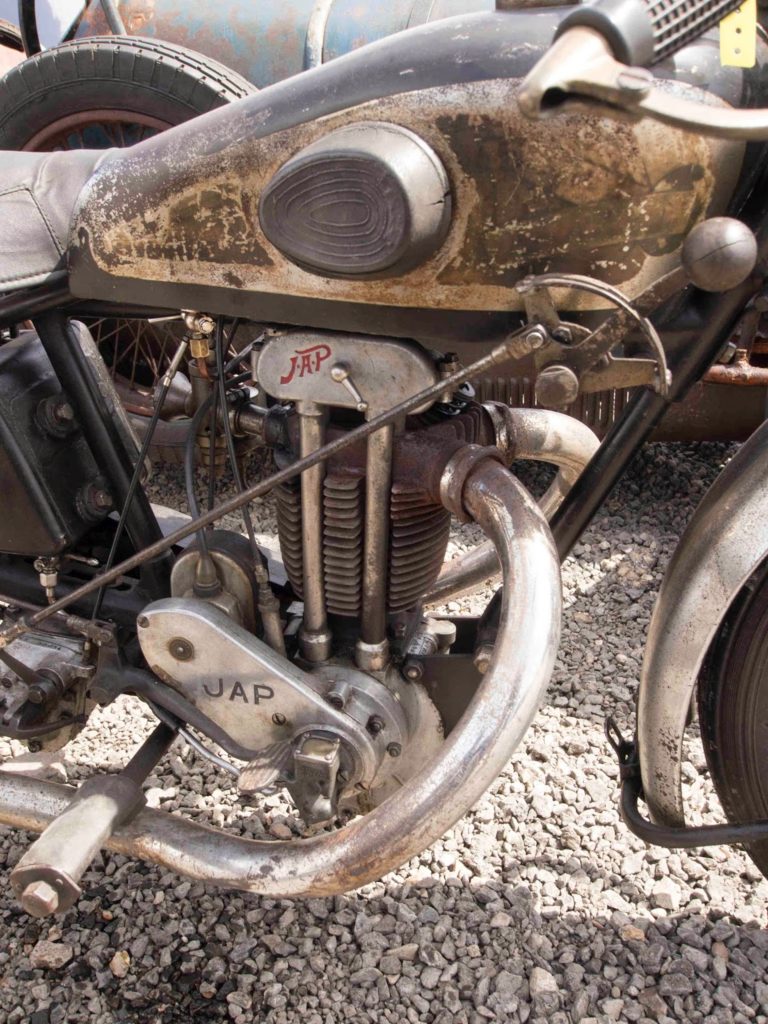
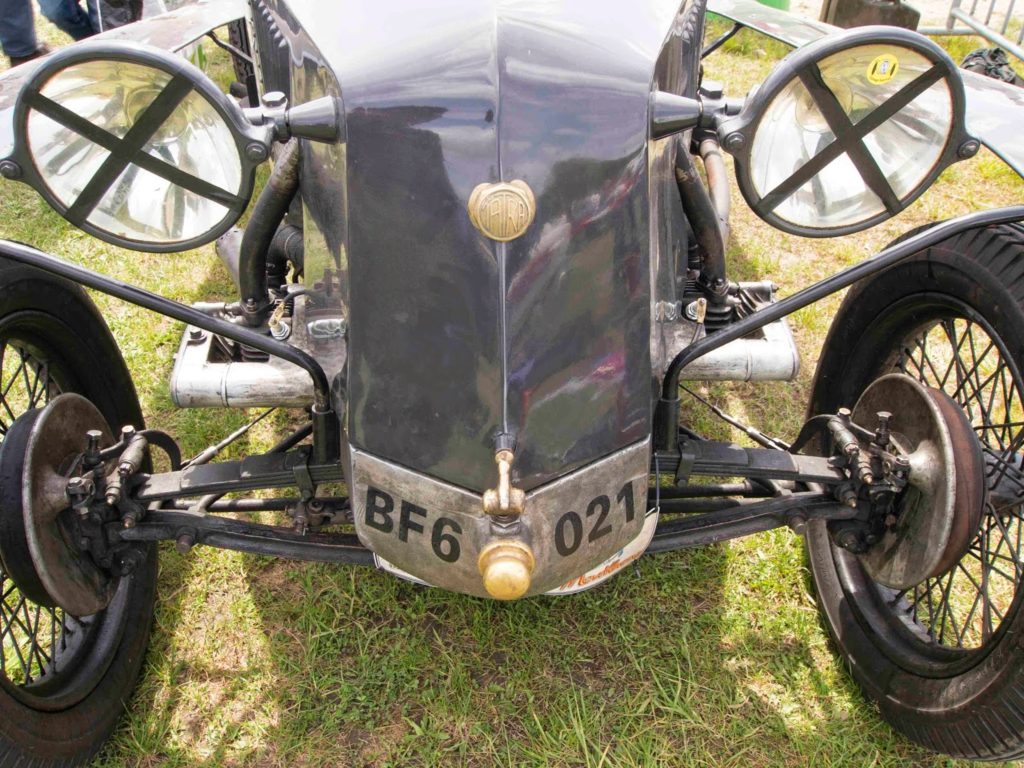
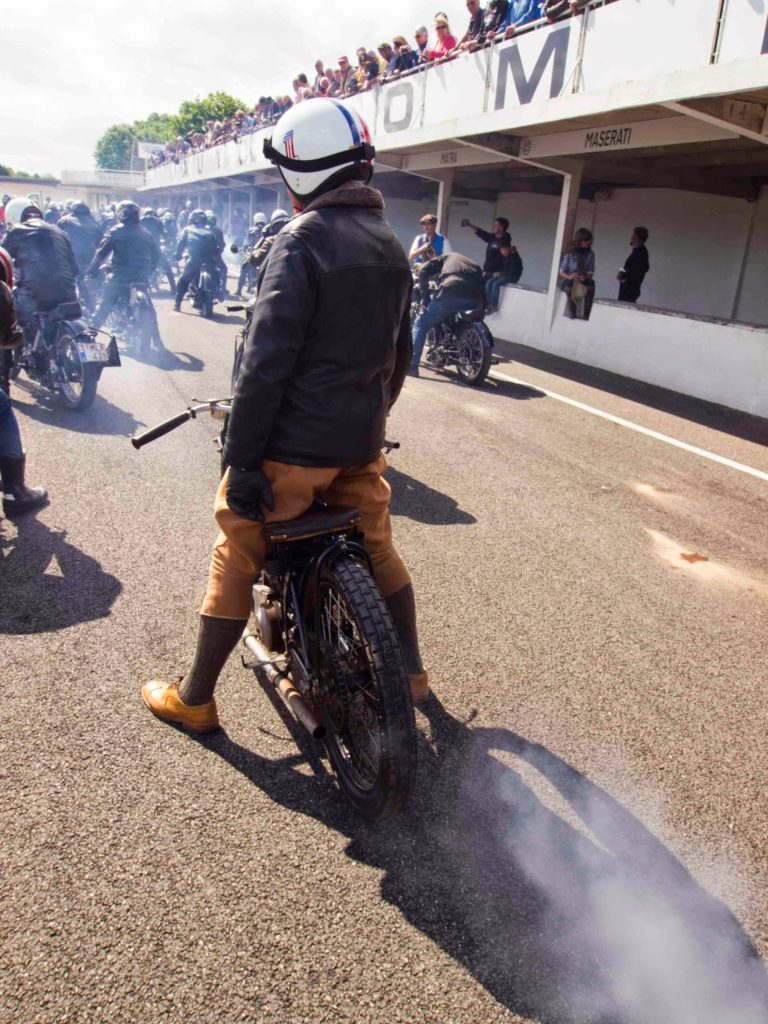
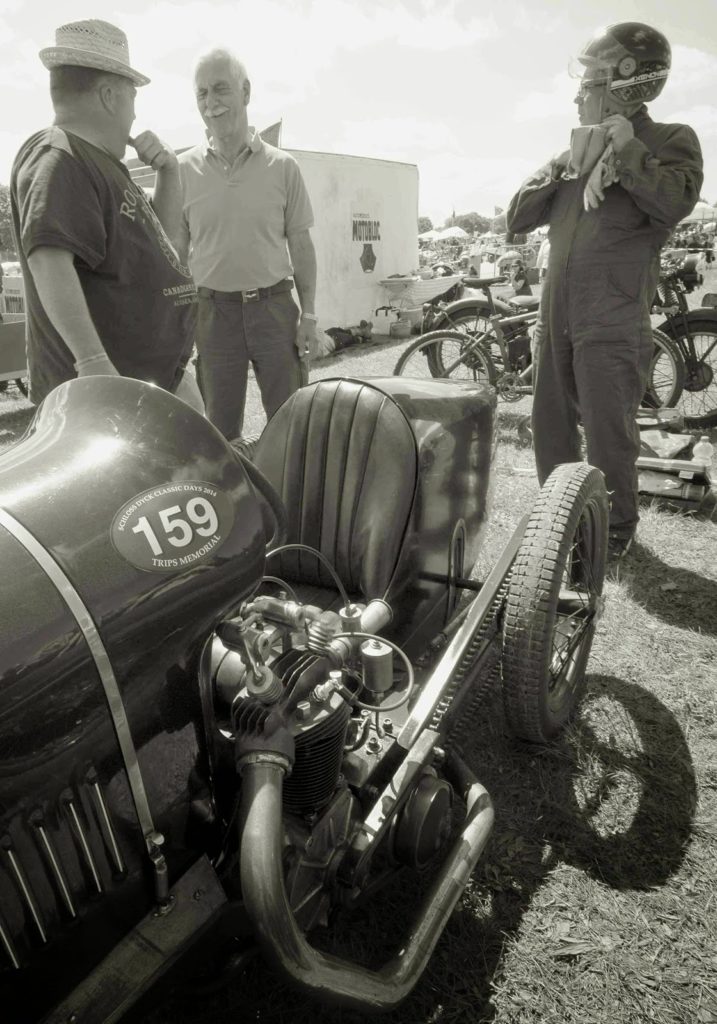
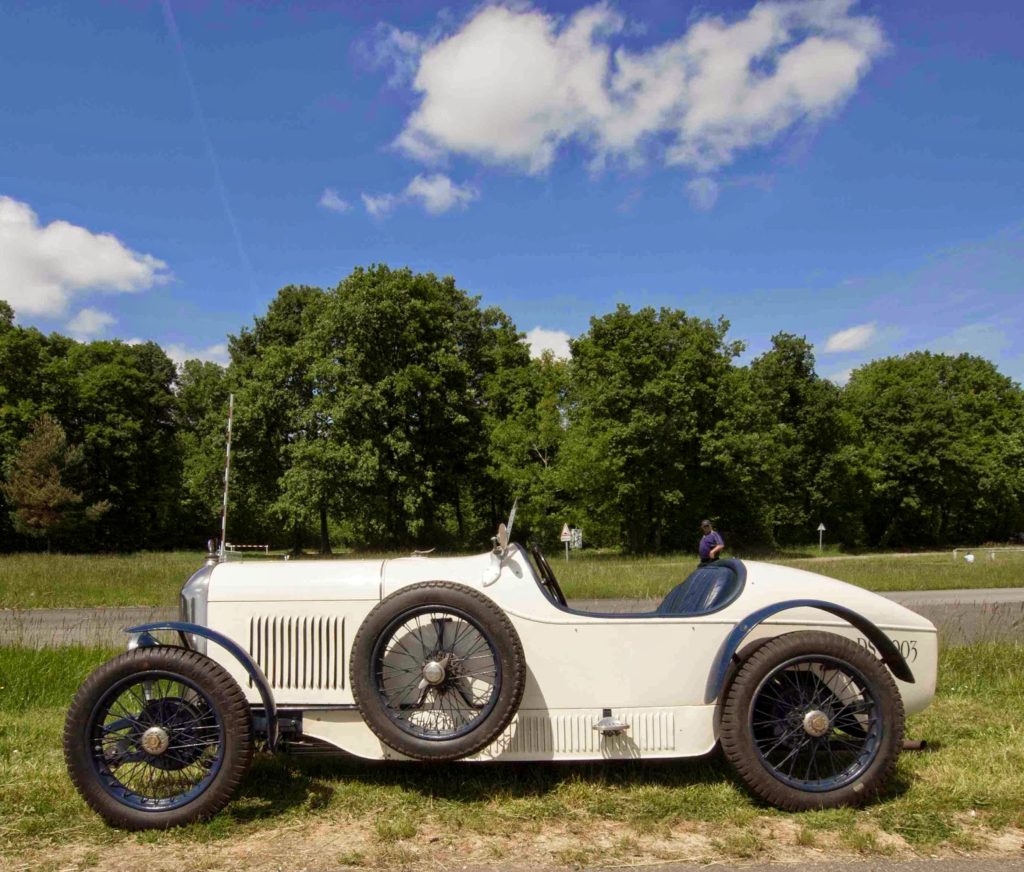
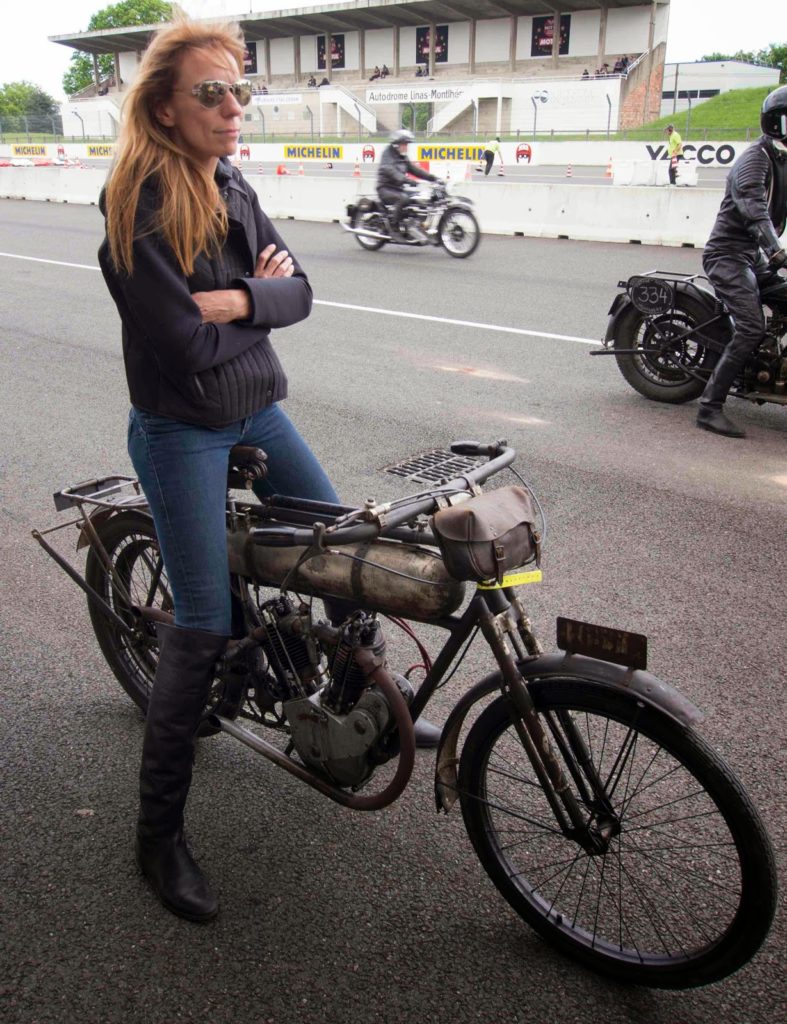
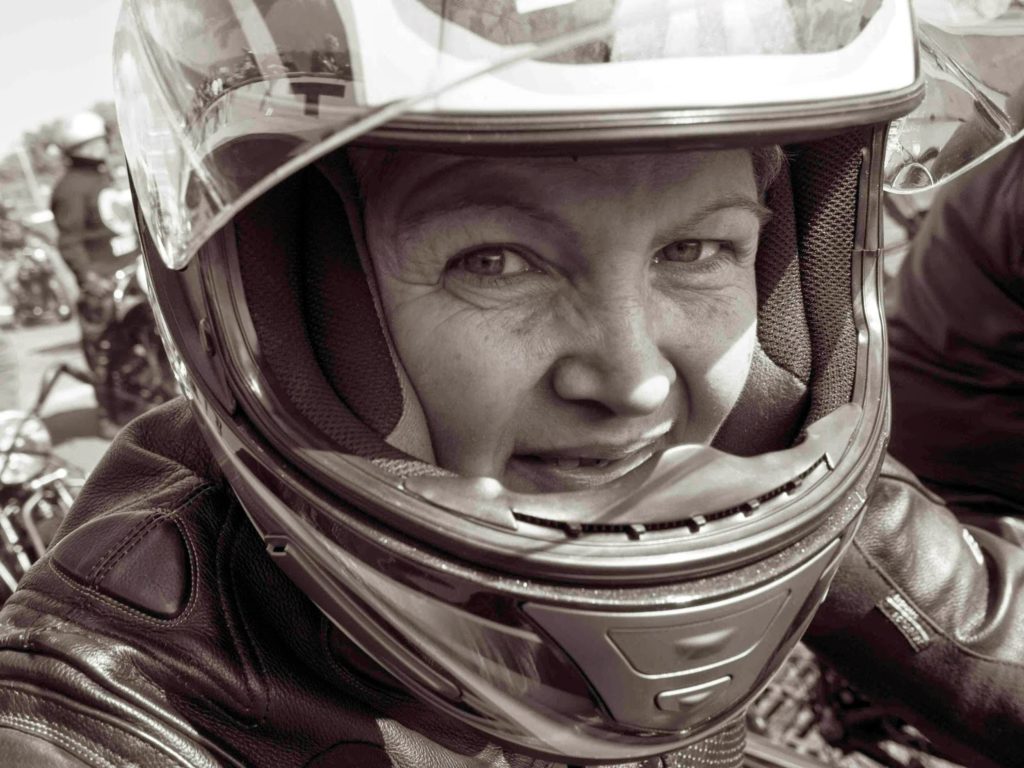
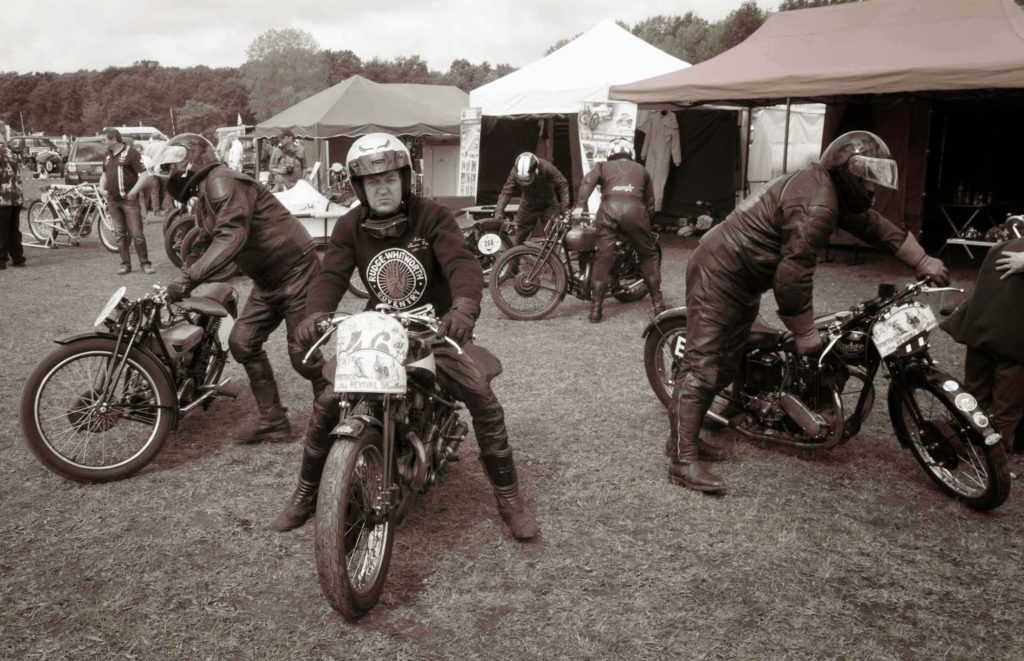
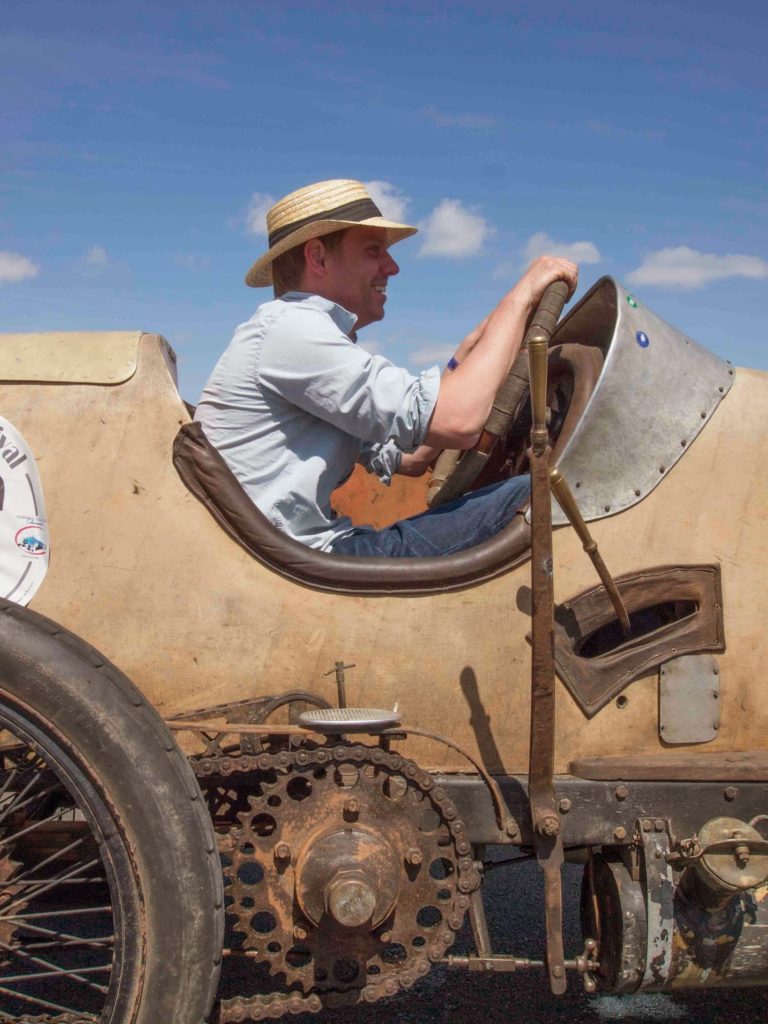
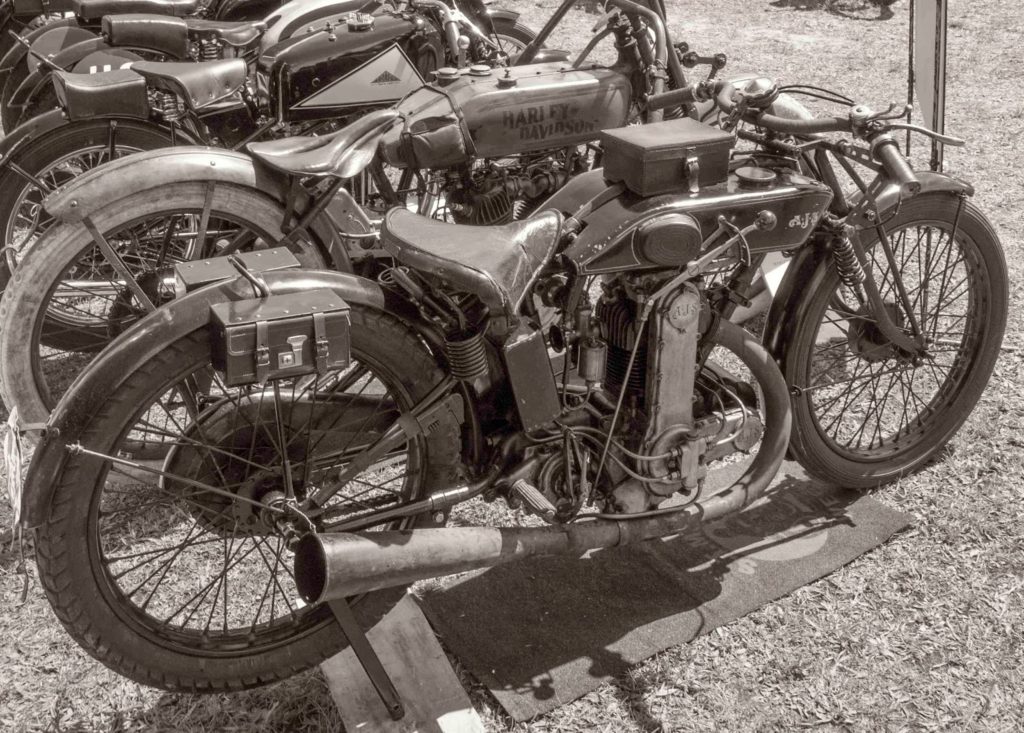
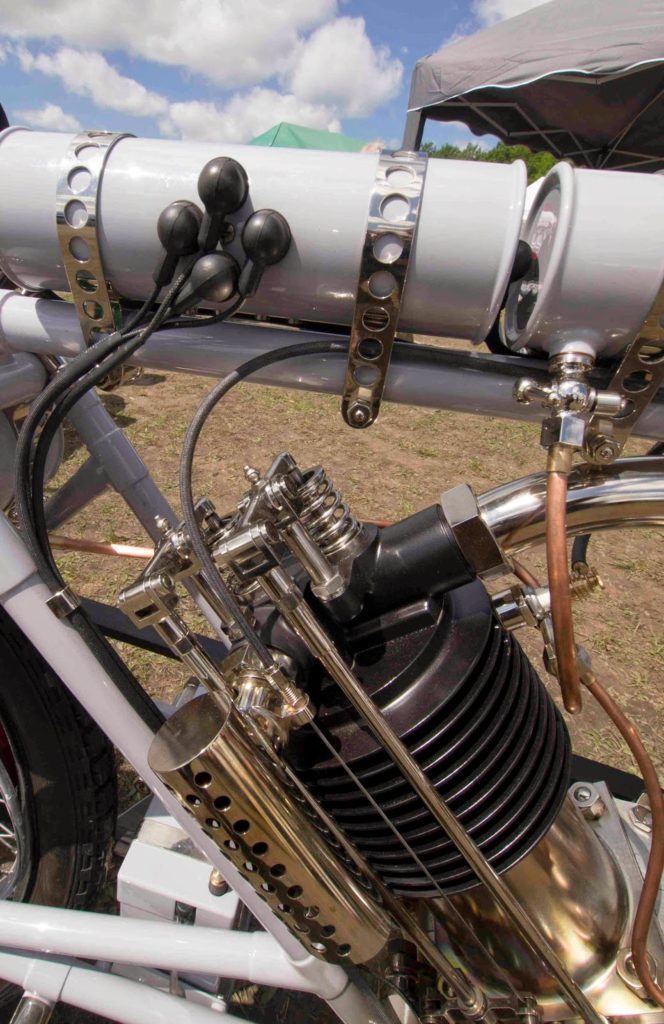
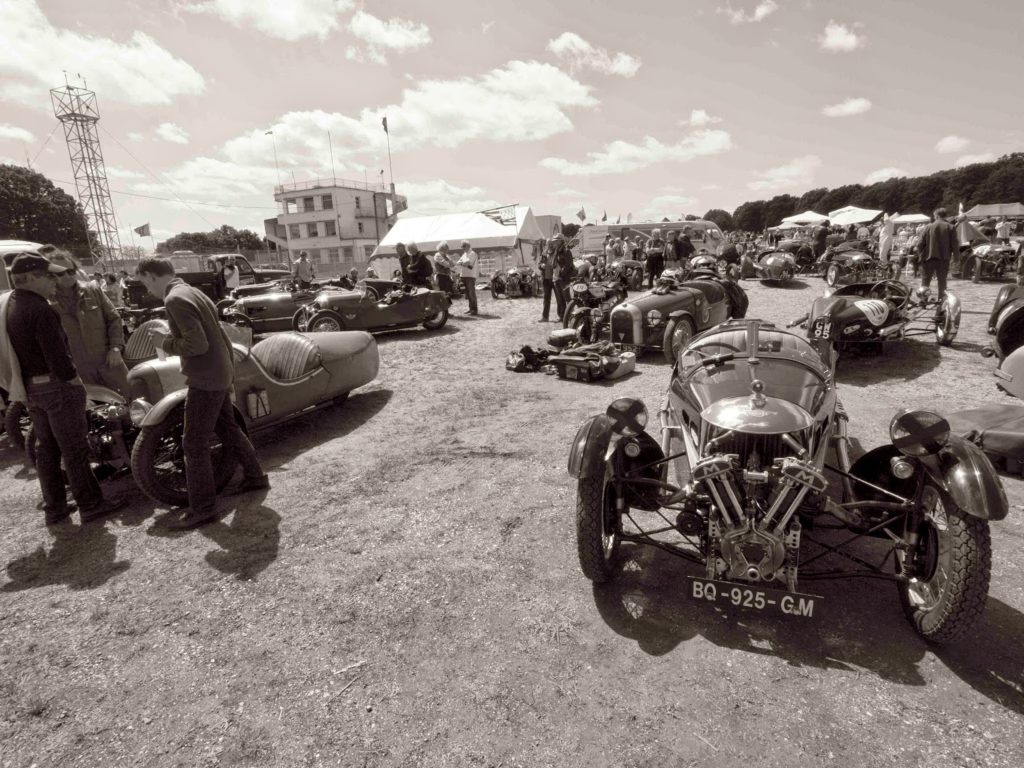
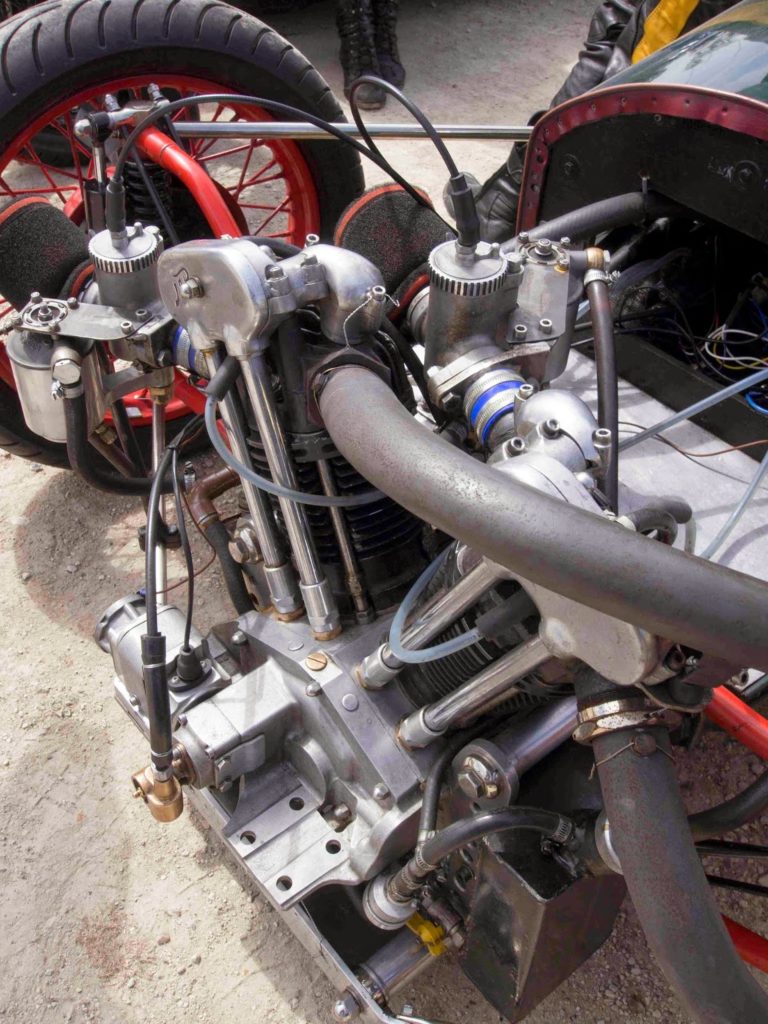
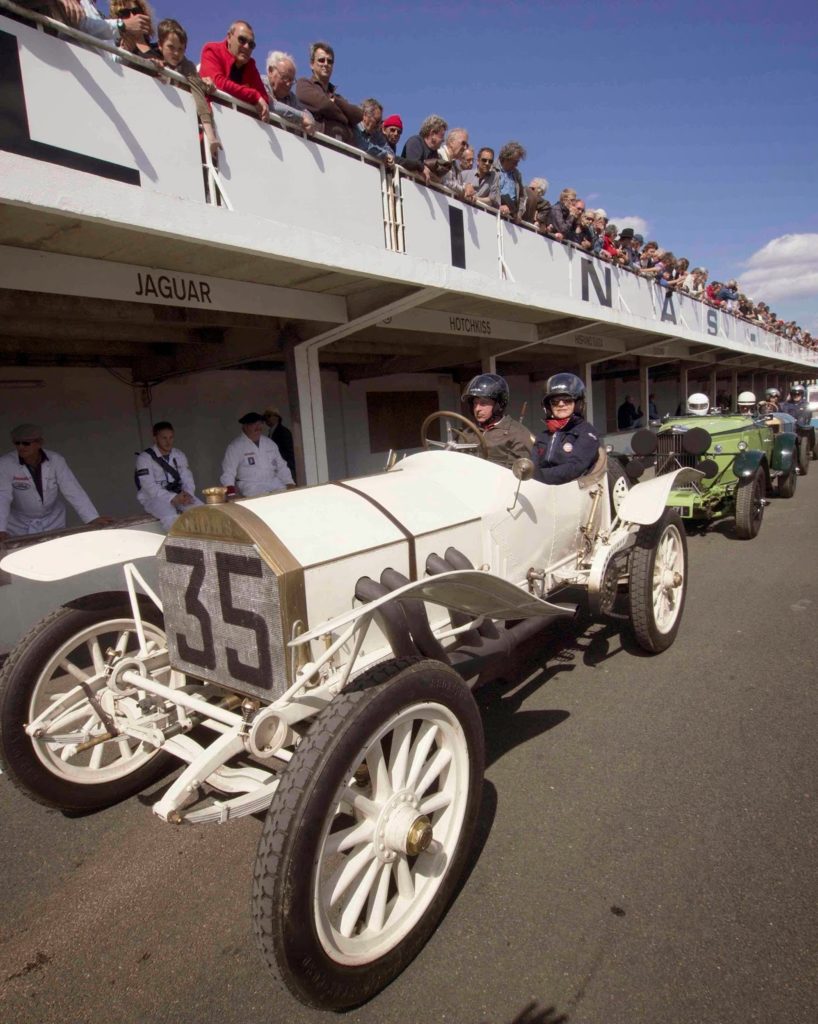
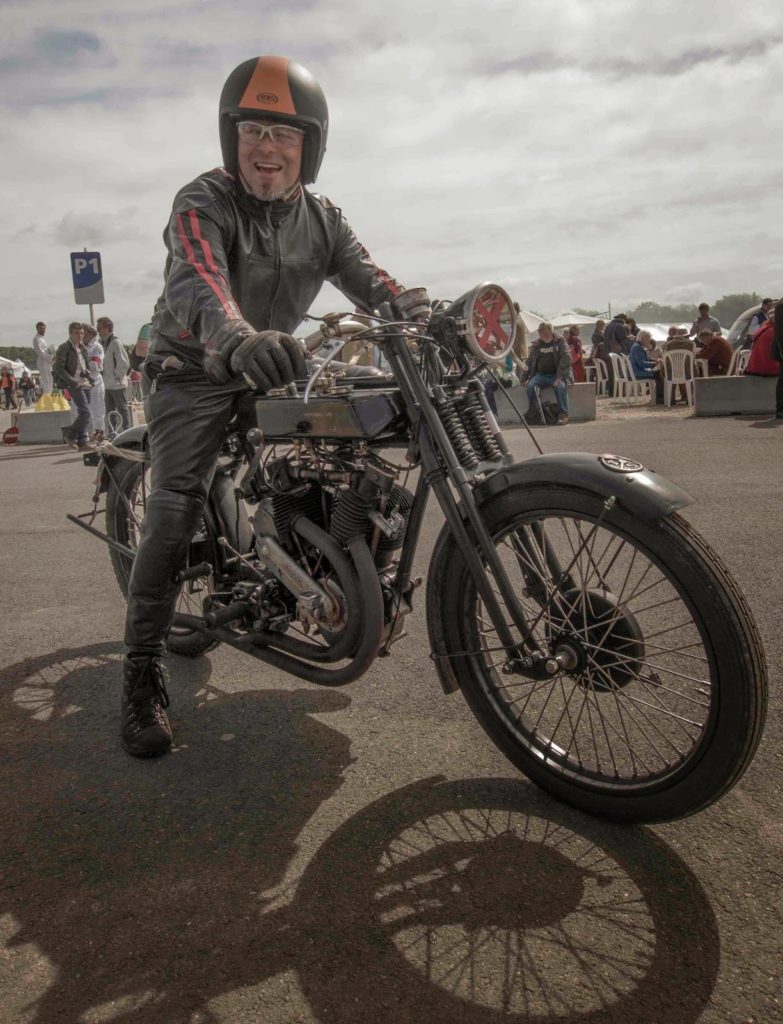
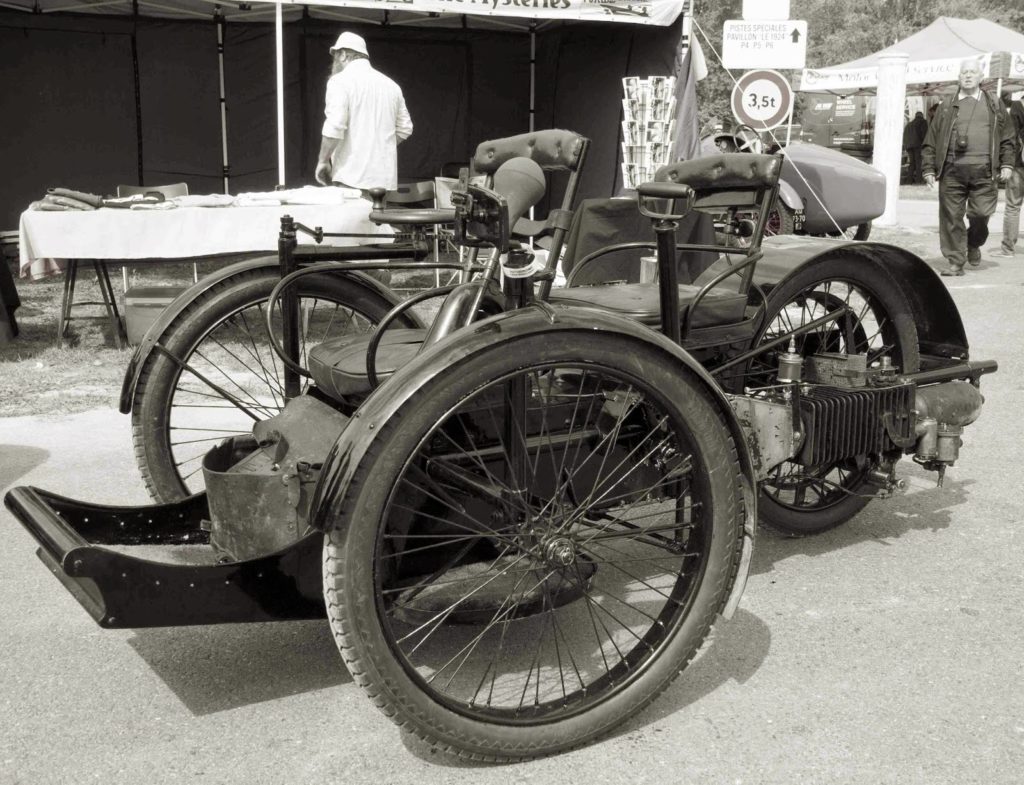
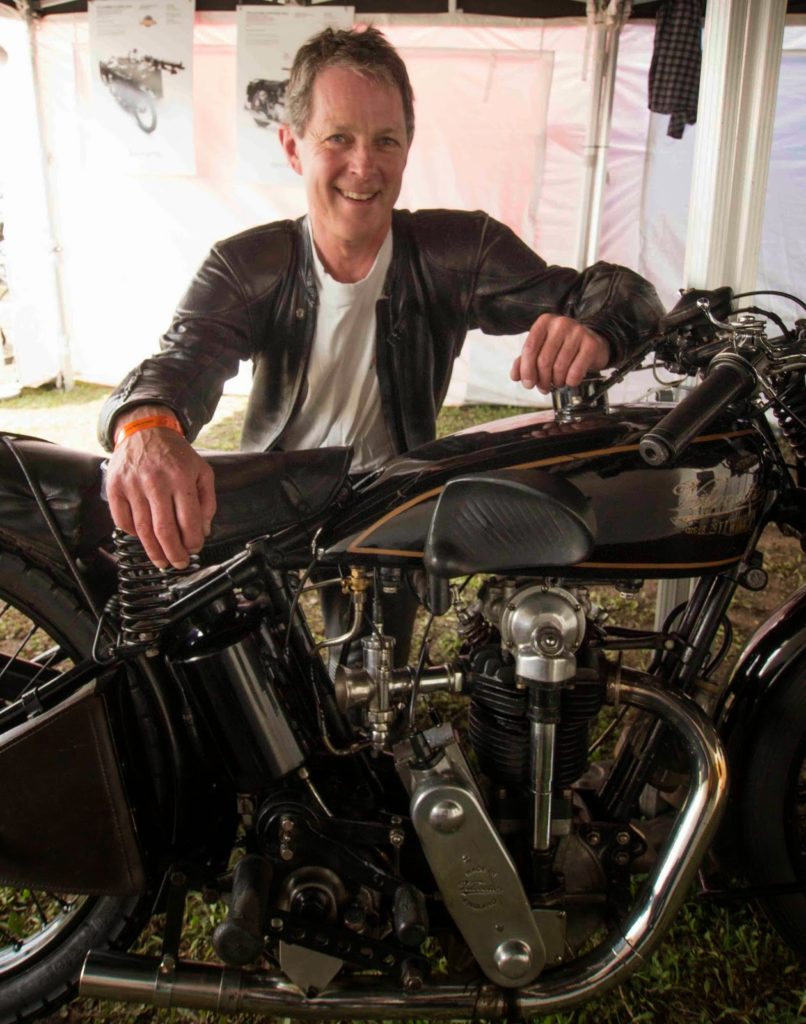
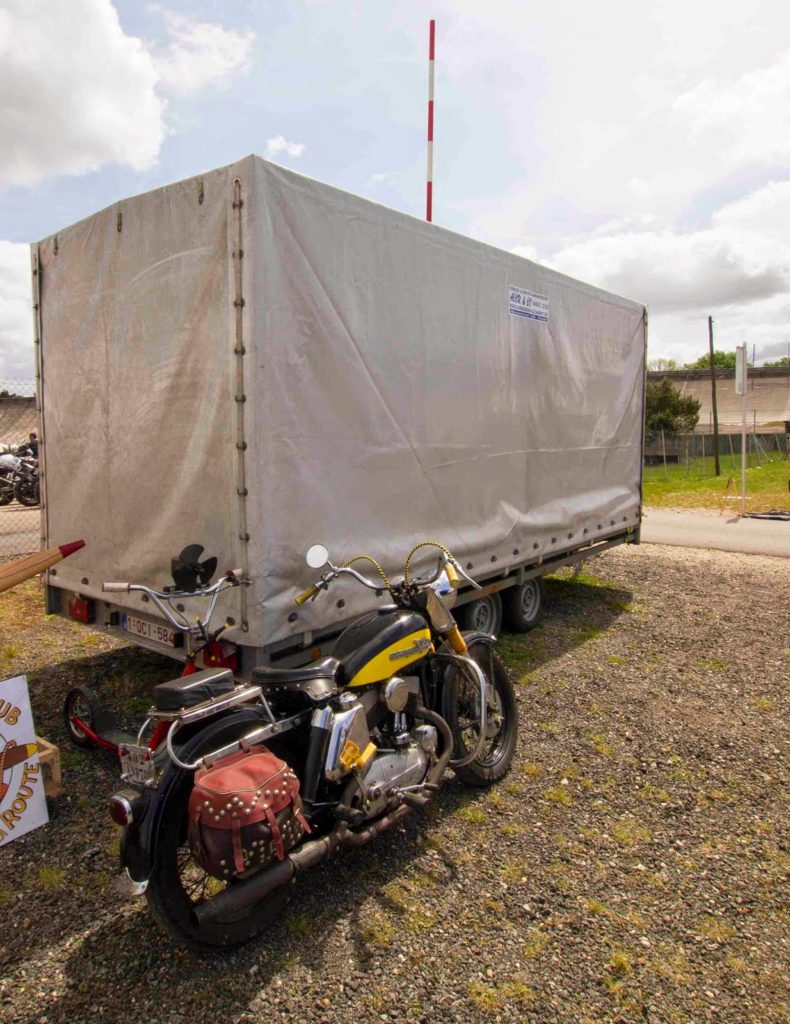
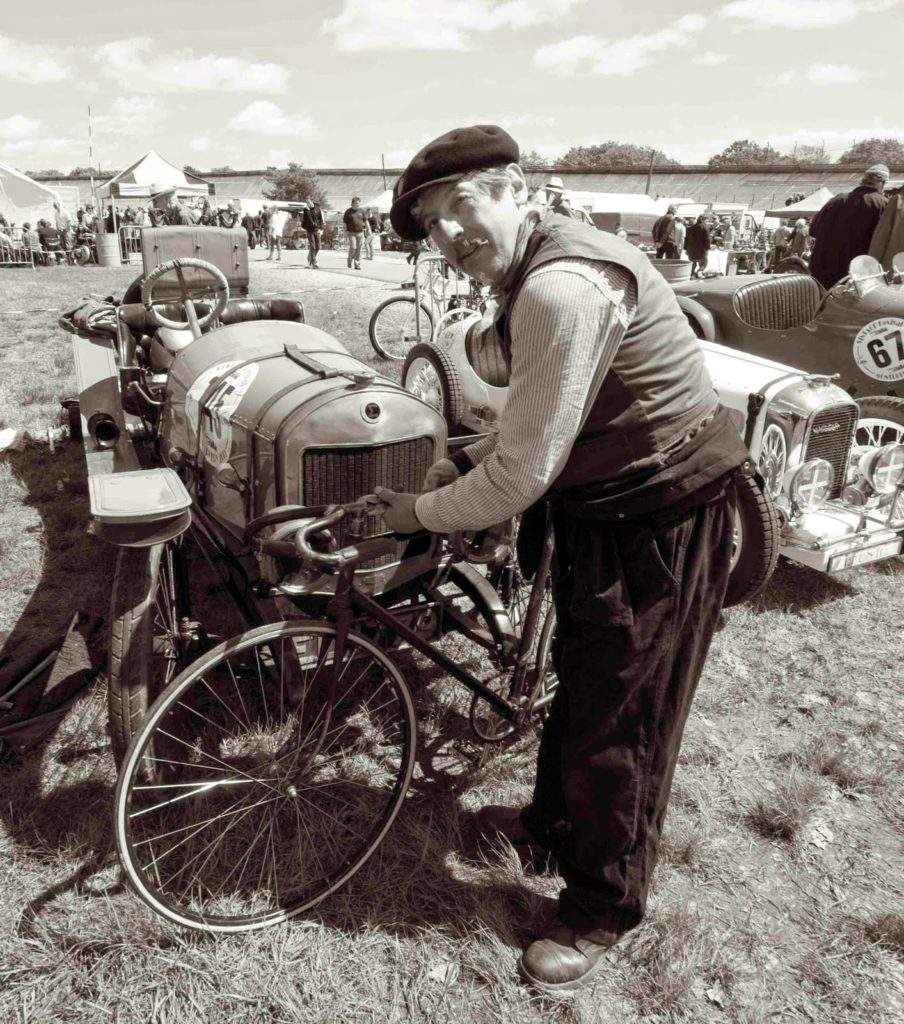
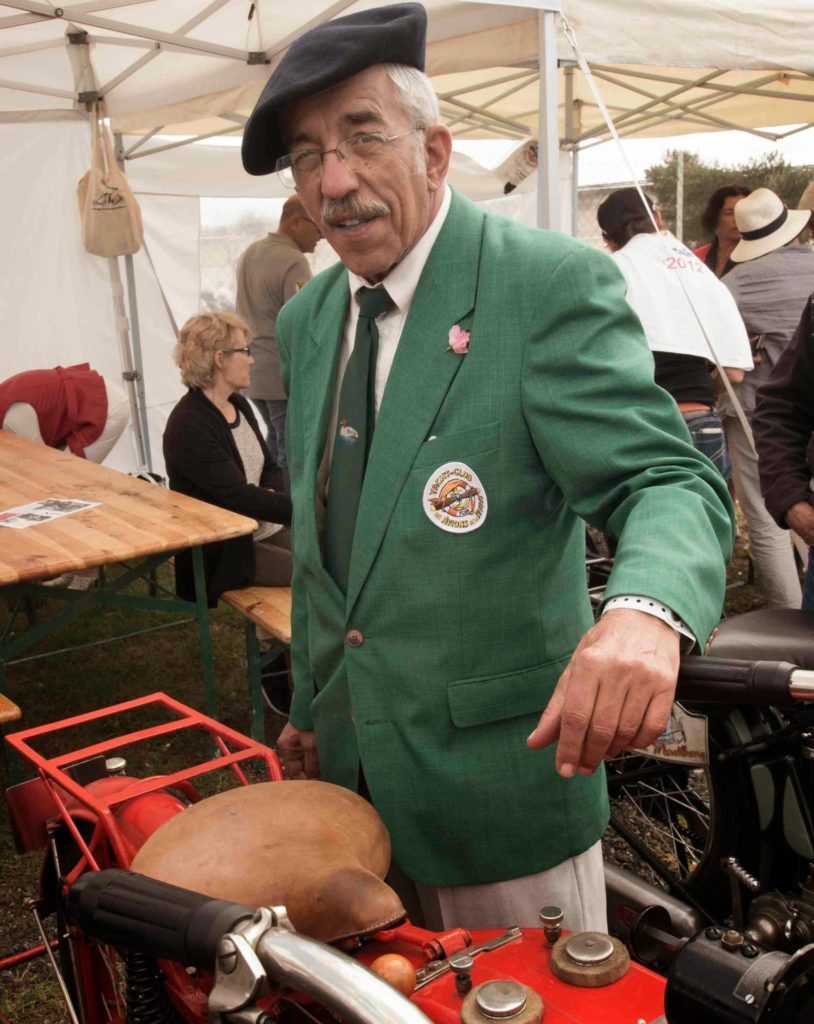
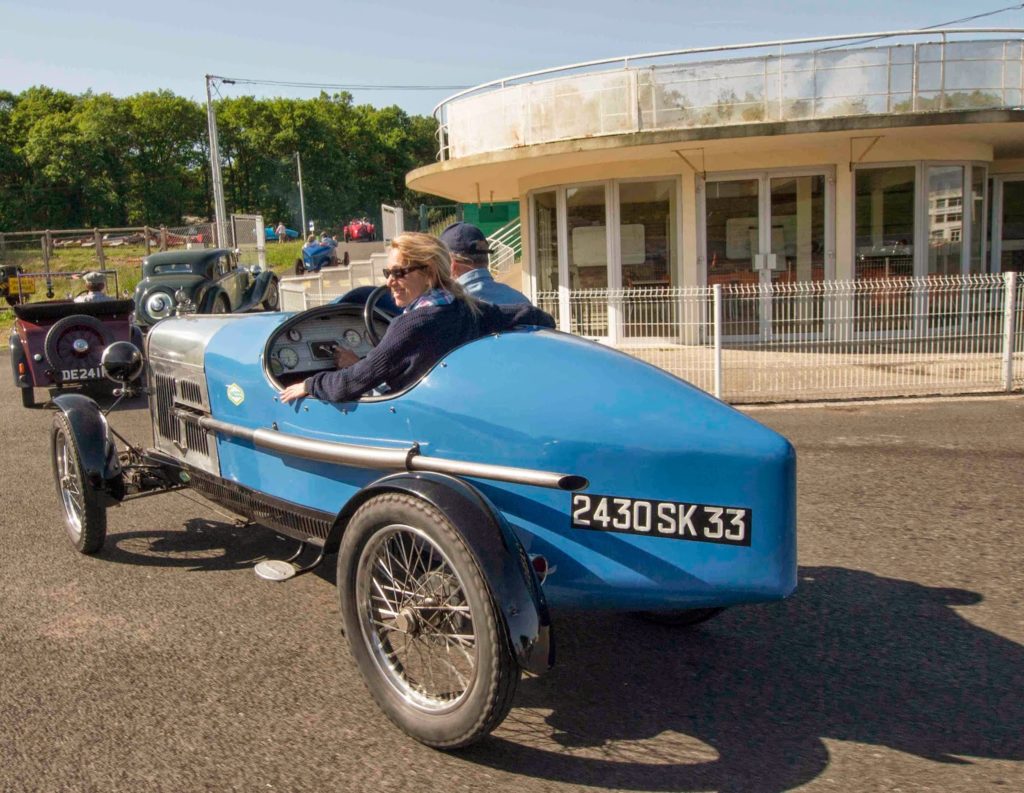
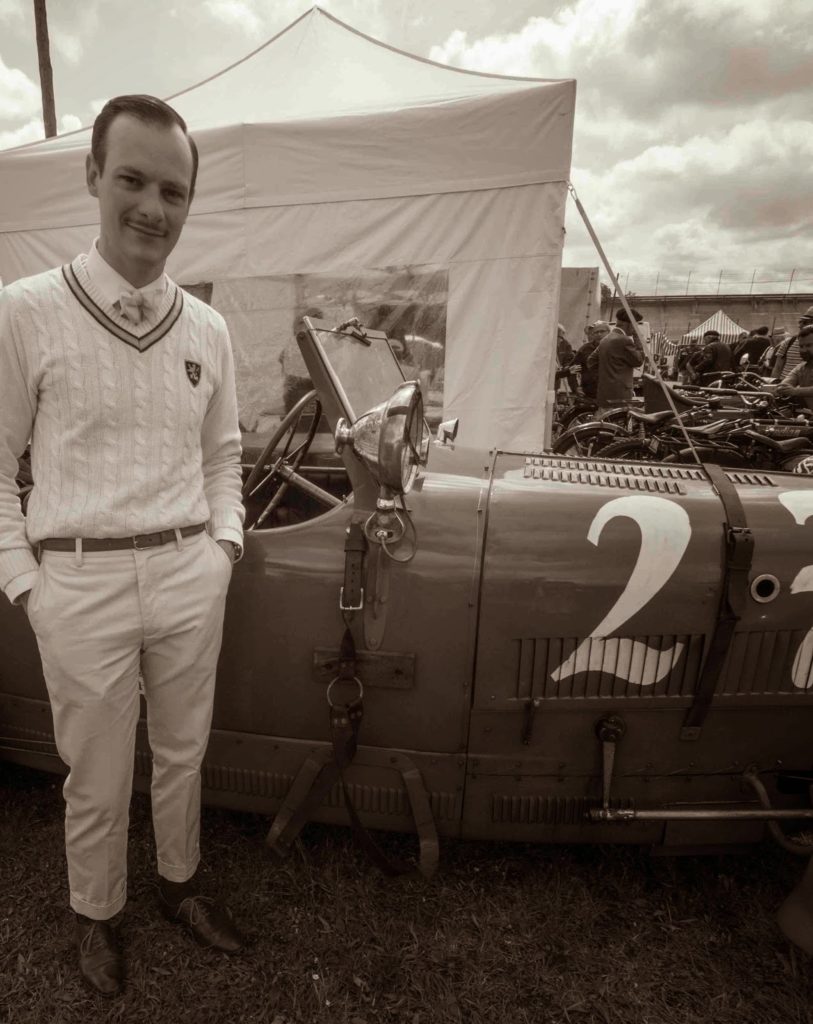
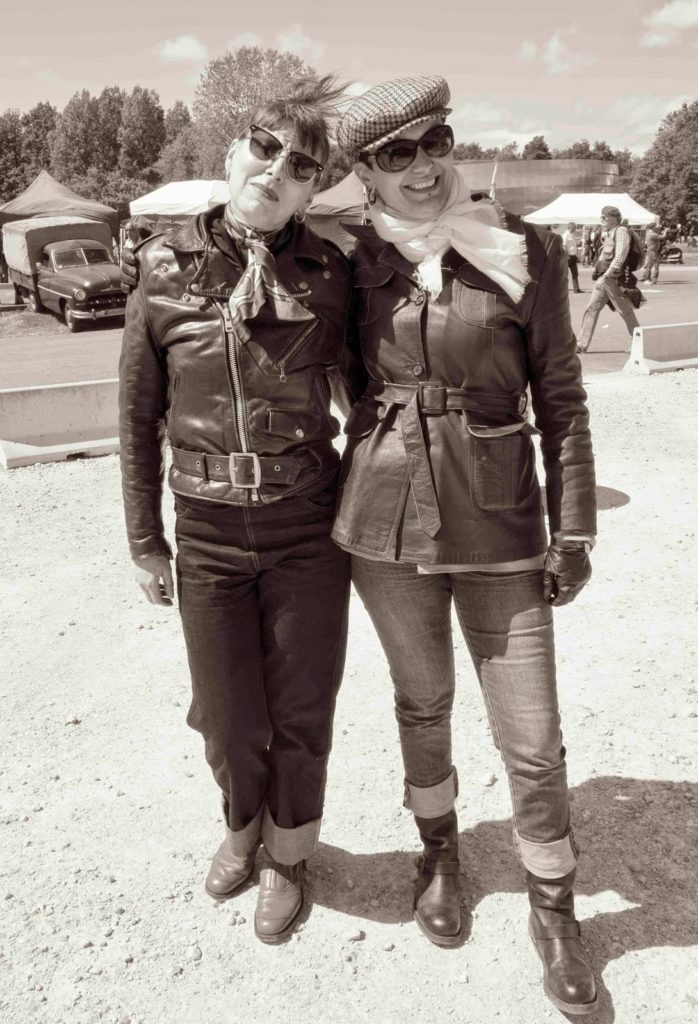
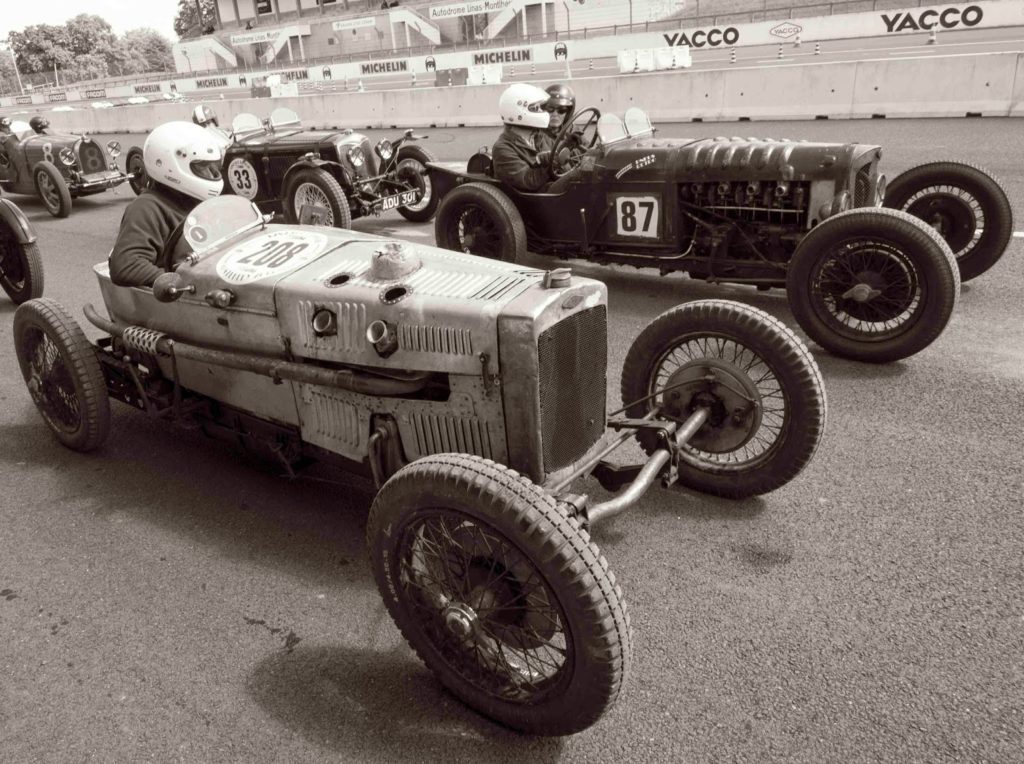
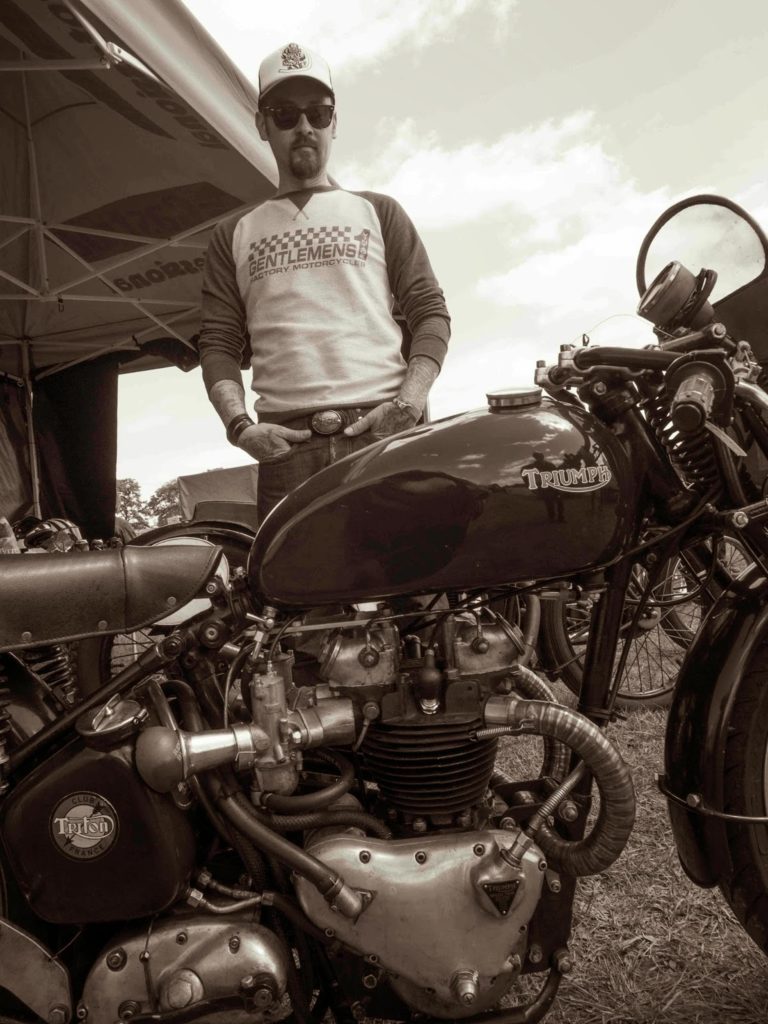
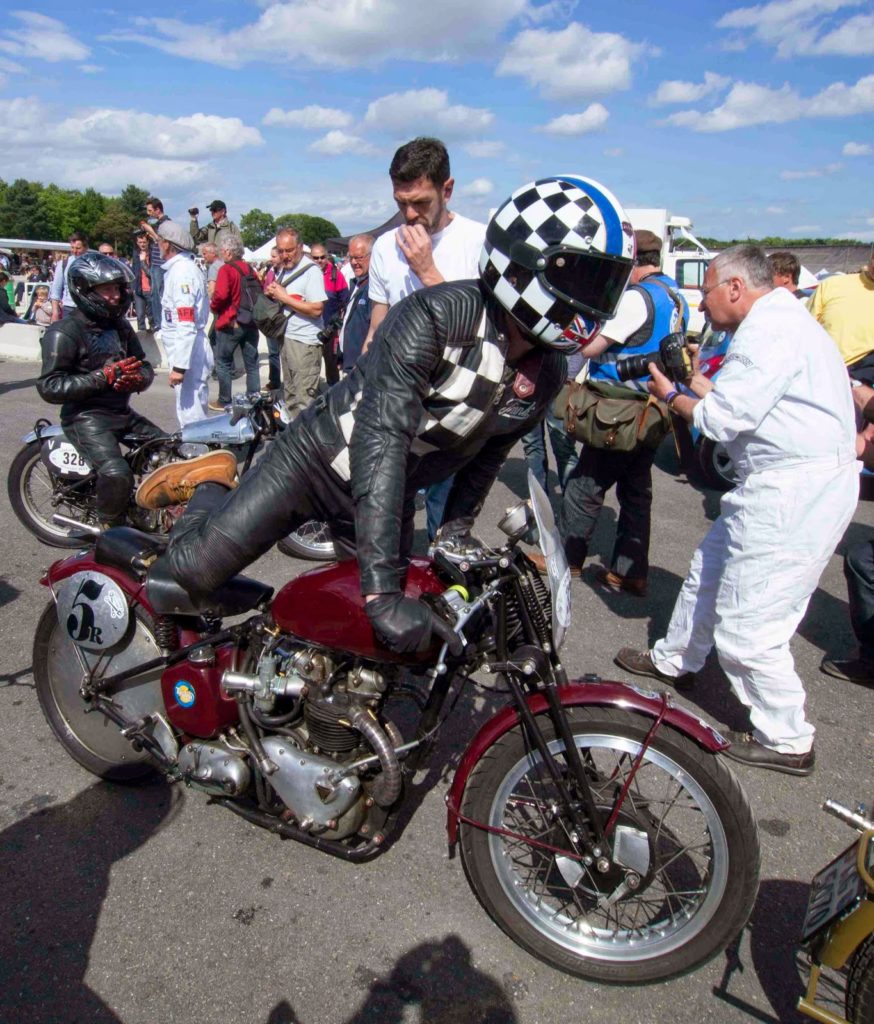
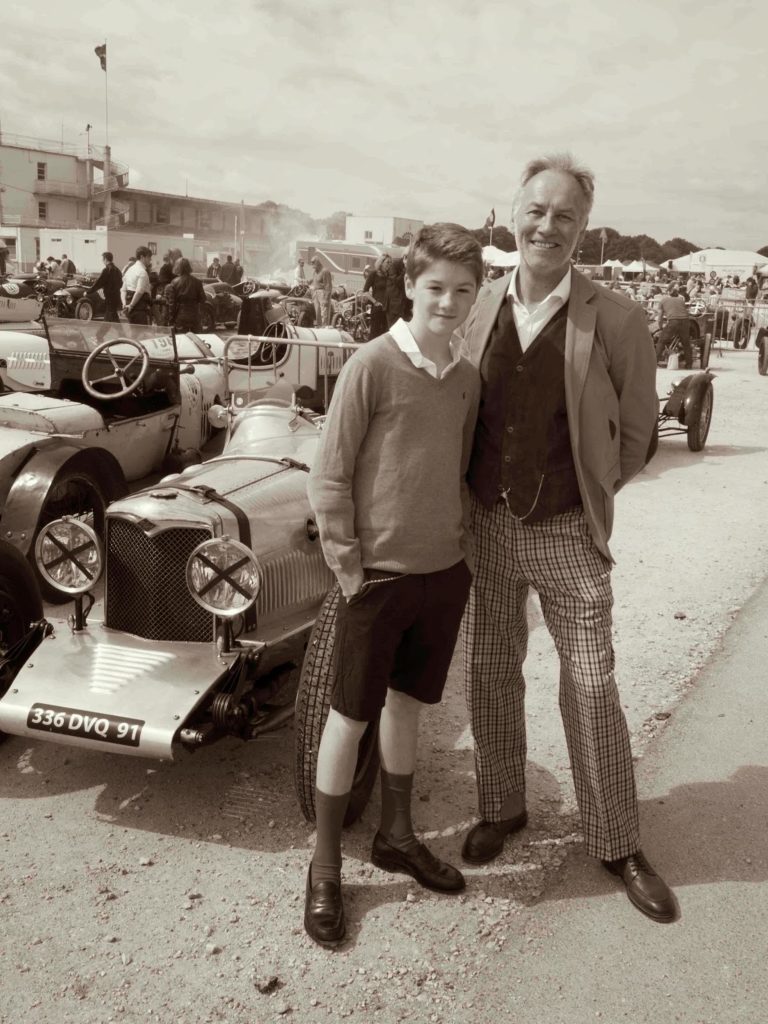
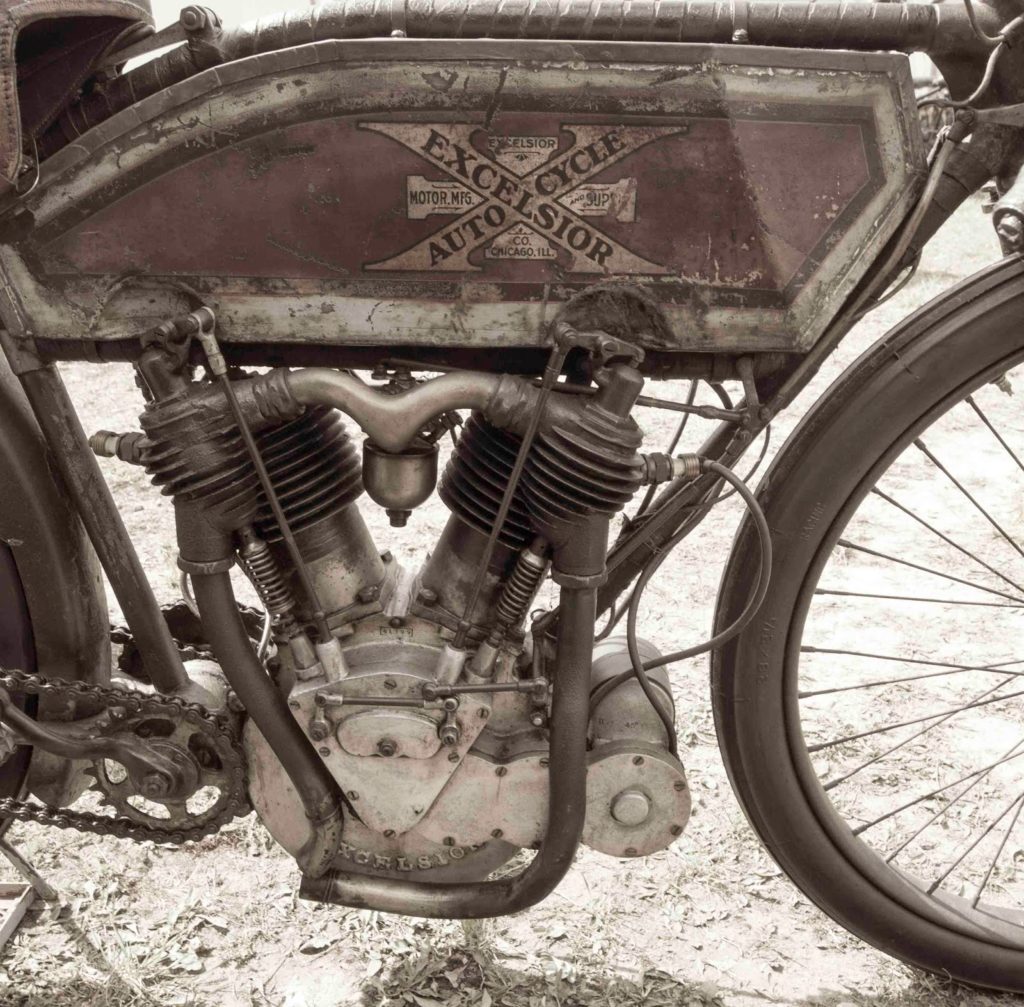
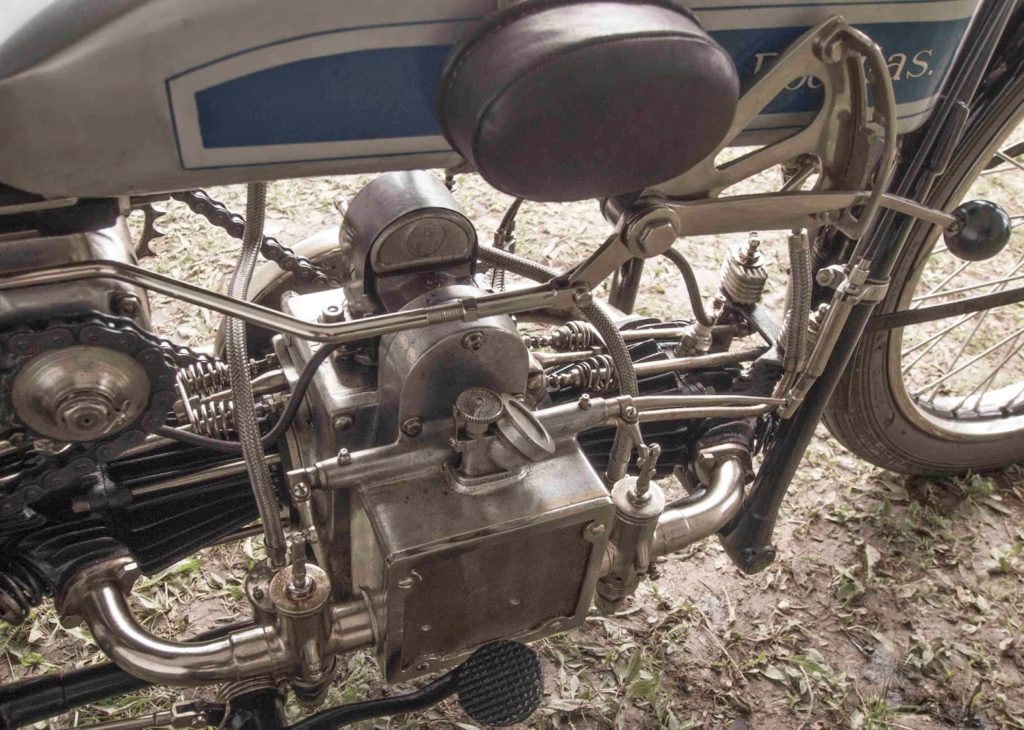
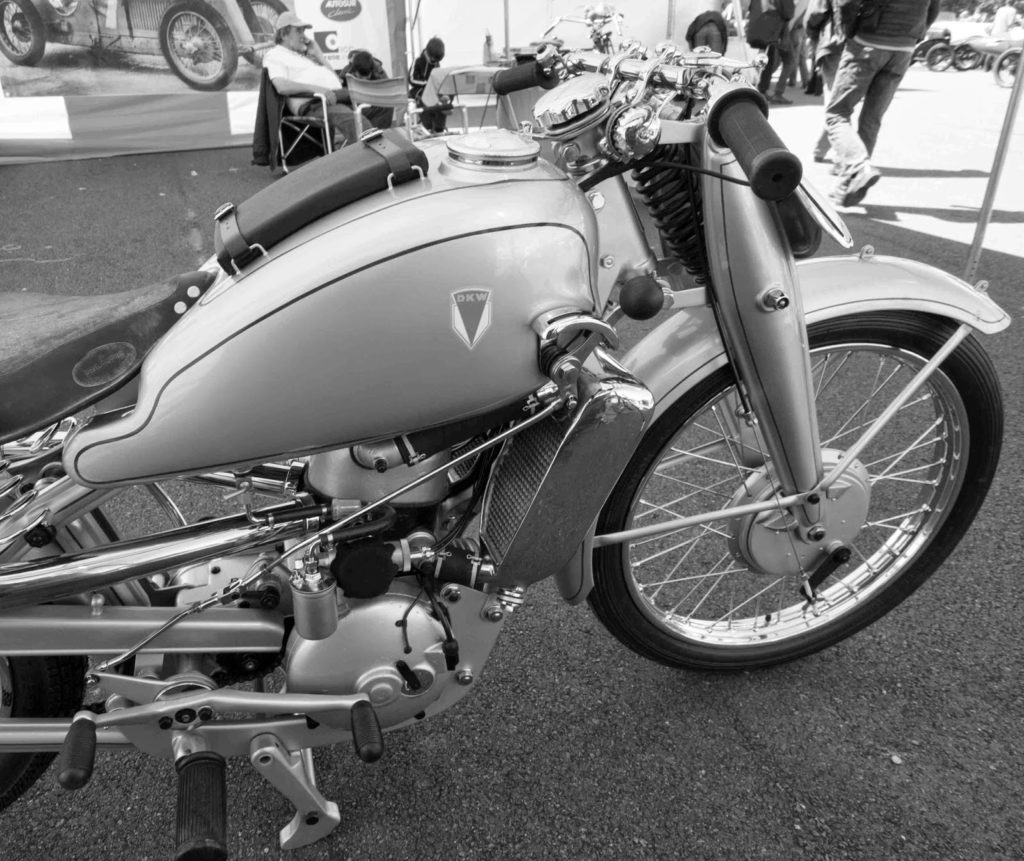
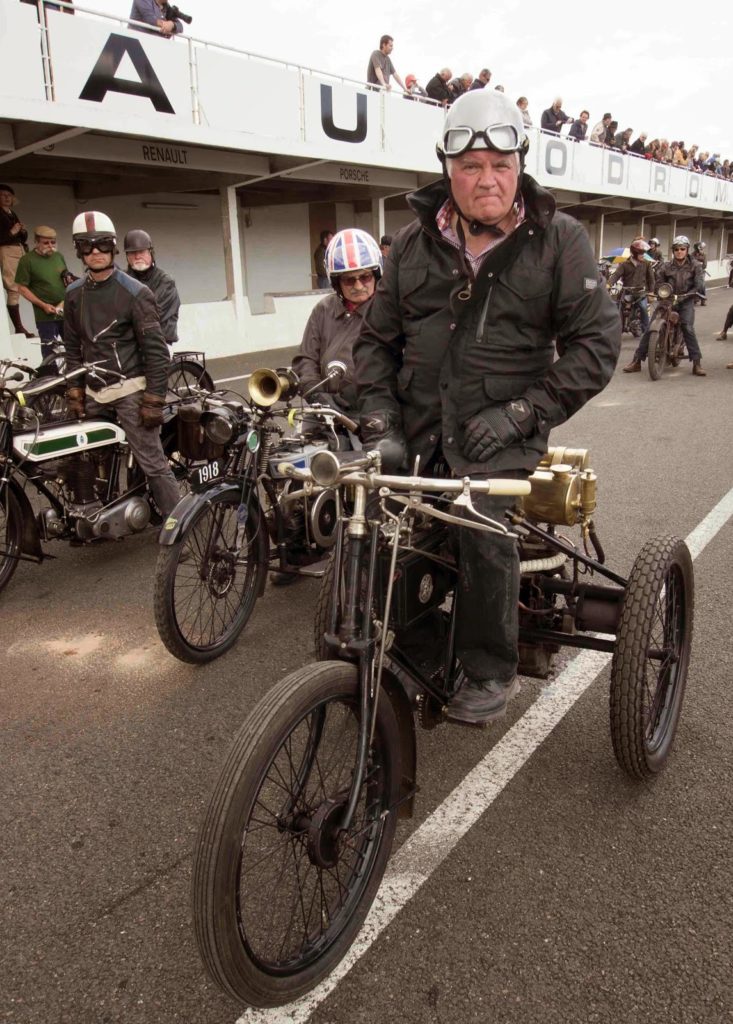
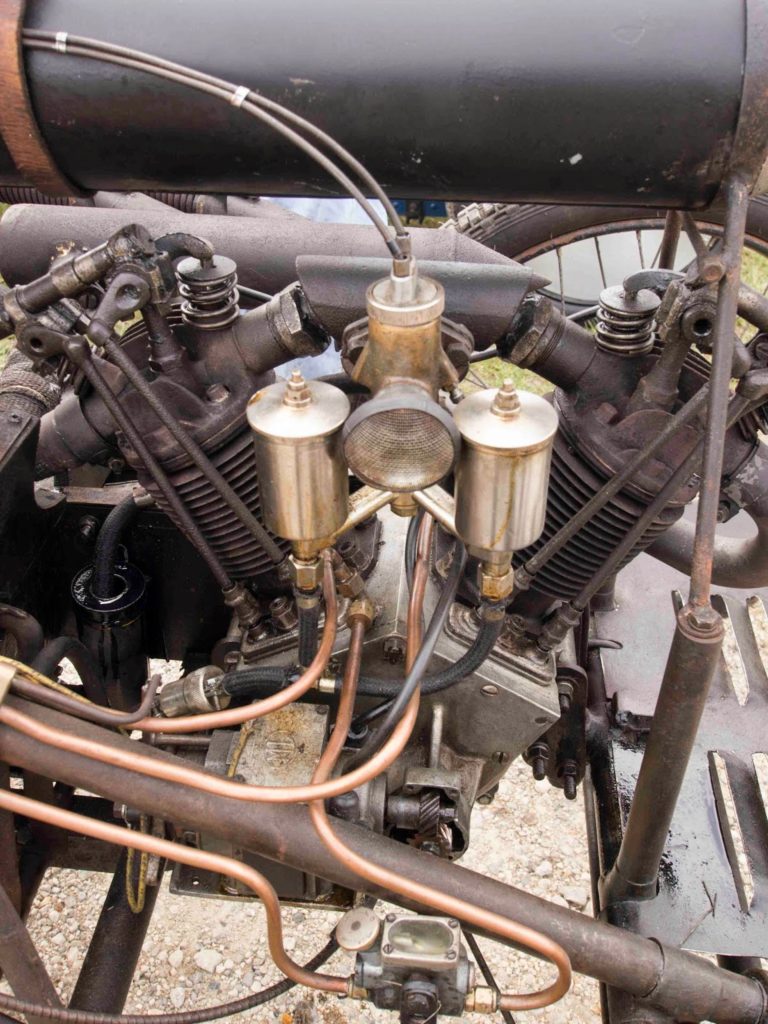
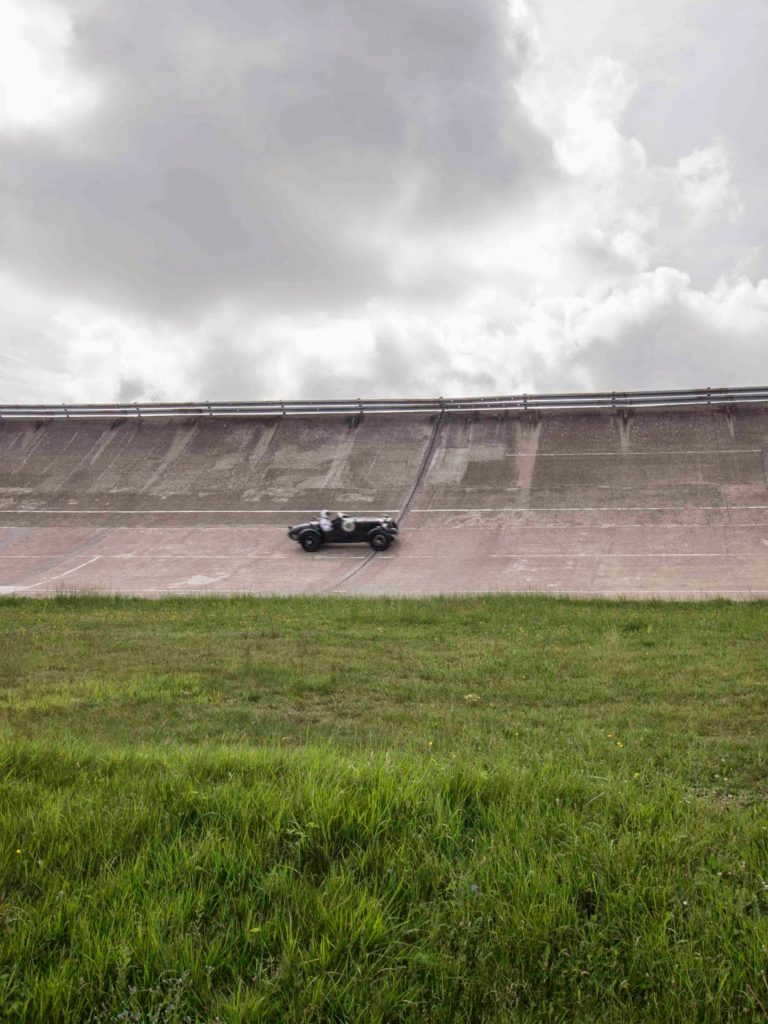
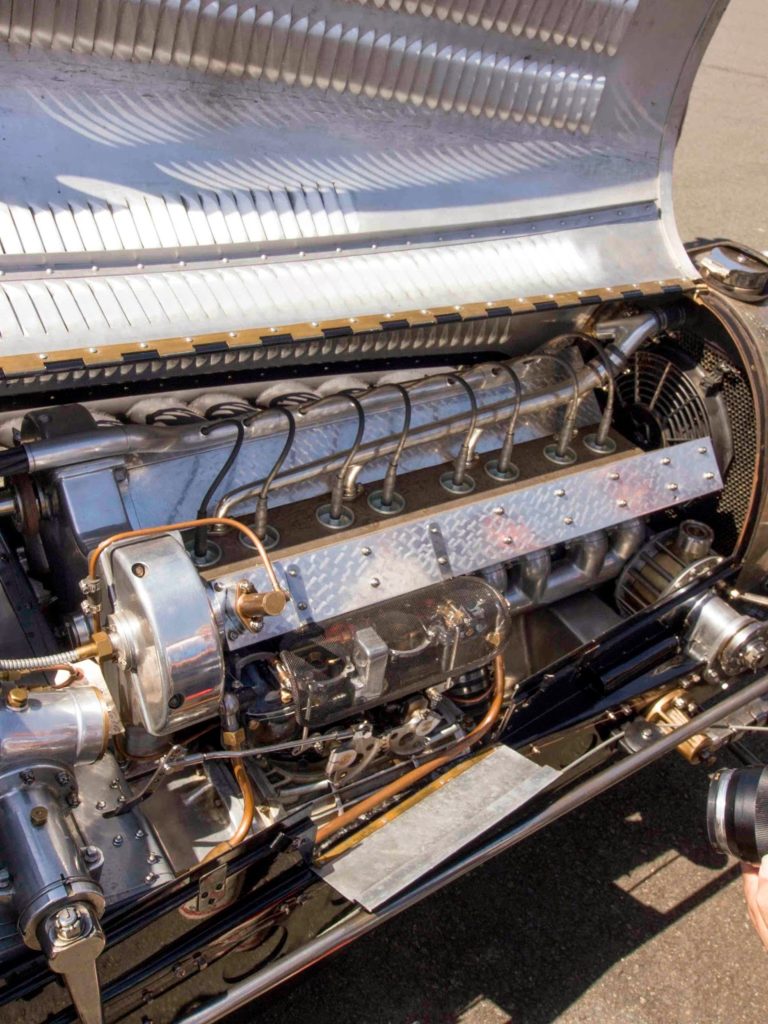
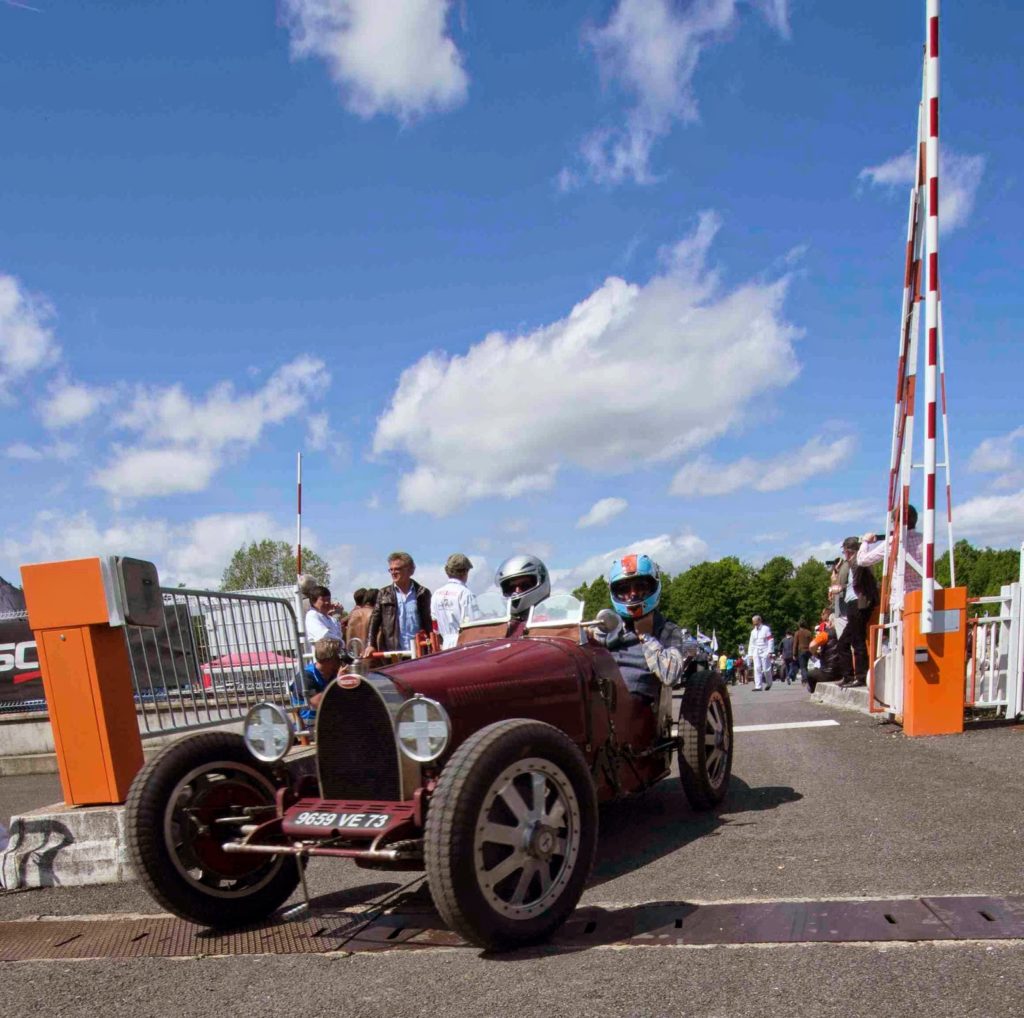
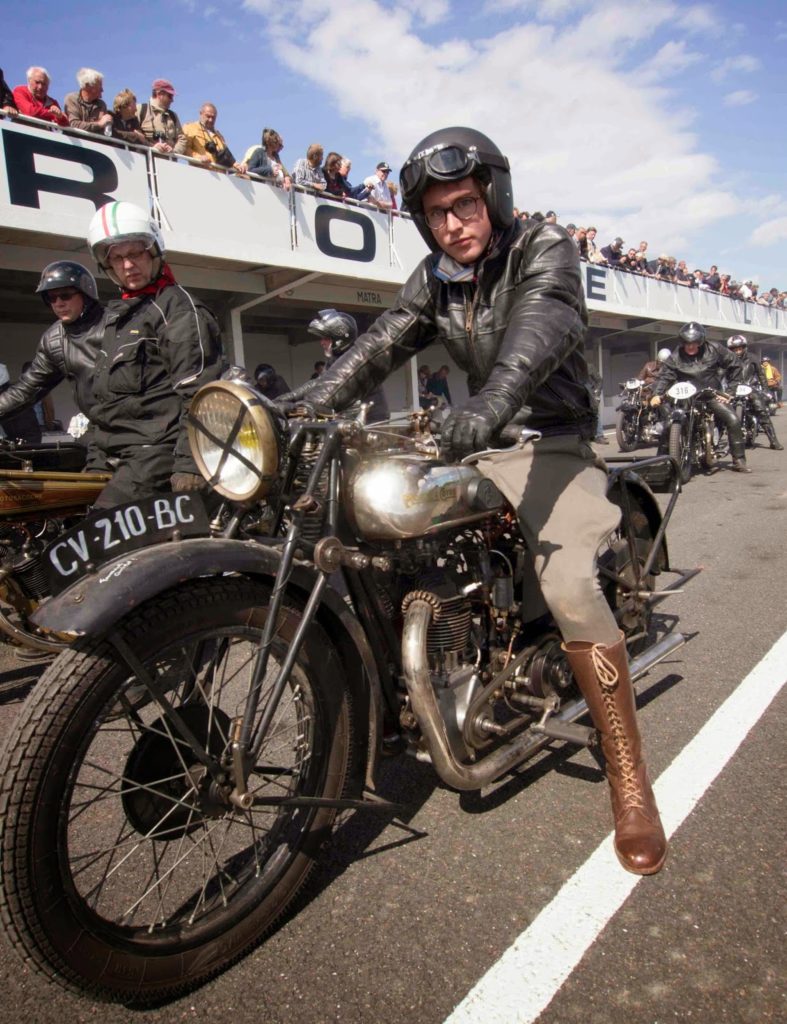
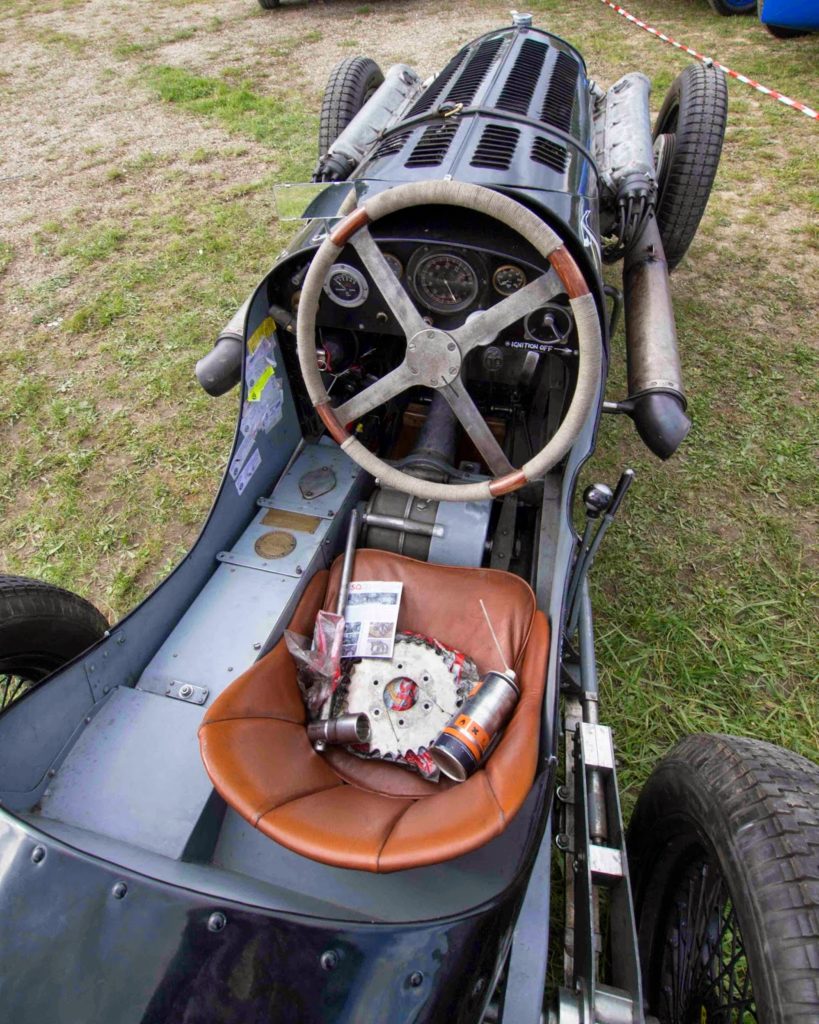
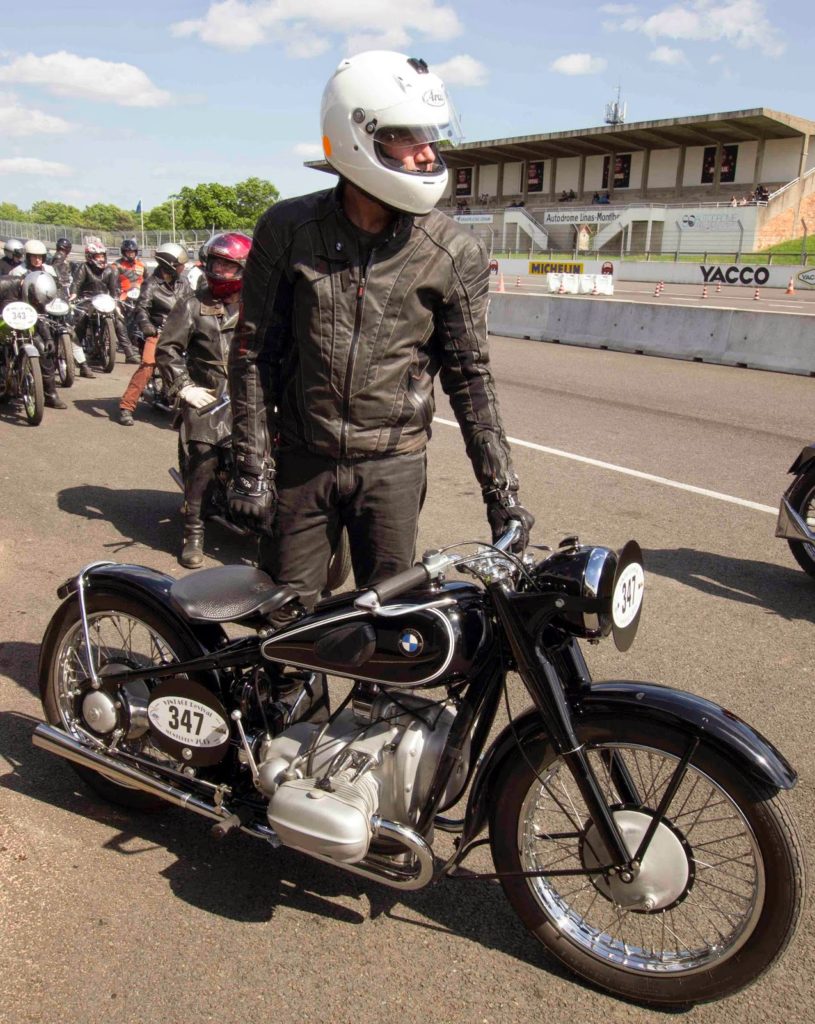
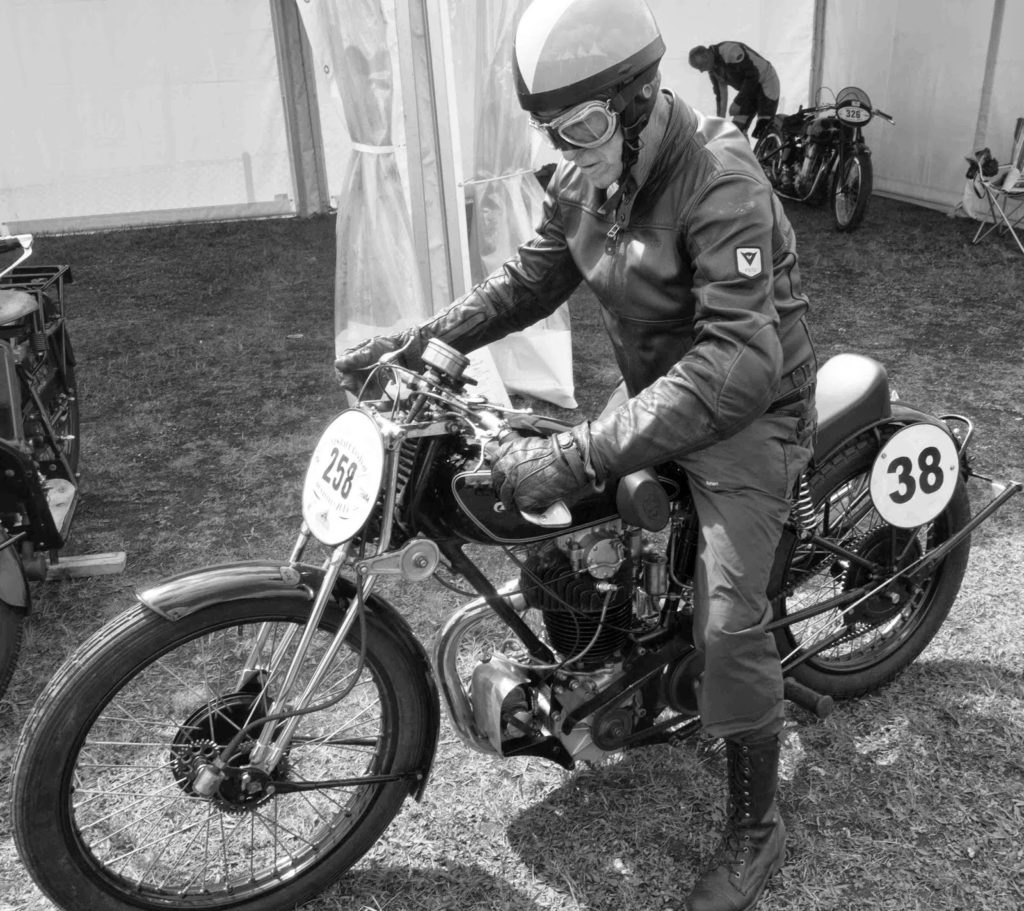
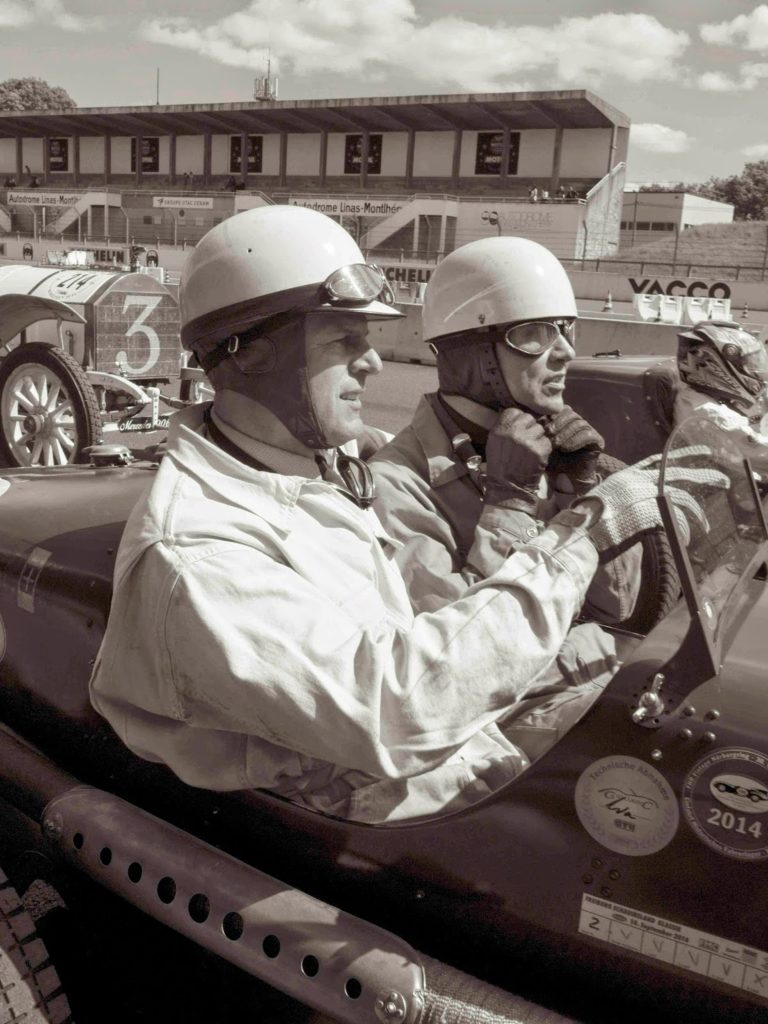
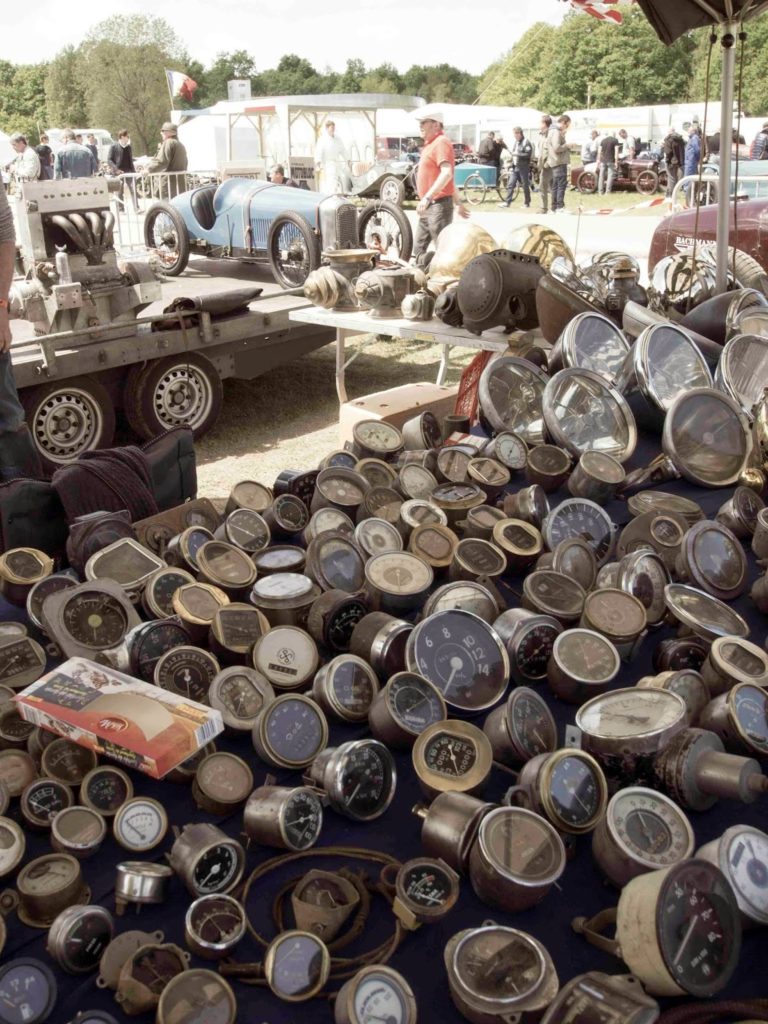
The English Dirigibles
A picture proverbially equals a thousand words, but if those words are lost to popular history, they bear repeating. A pair of images posted by Jim 'Buster' Culling on Instagram piqued my interest; their superficial charm lays with the old bike/dirigible mashup, but there's a terrific tale behind these images, pinpointing exactly where and when they were taken, and what was happening with British aviation.
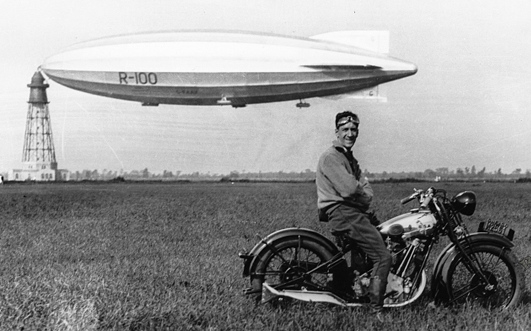
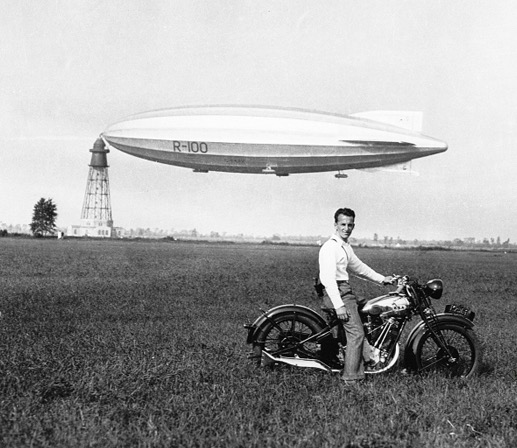
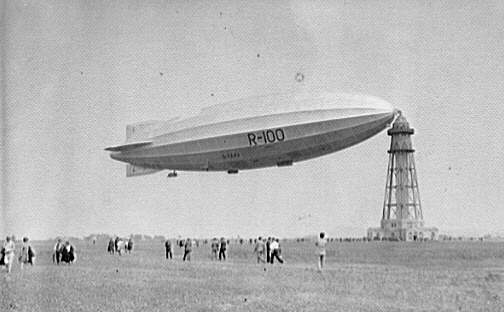
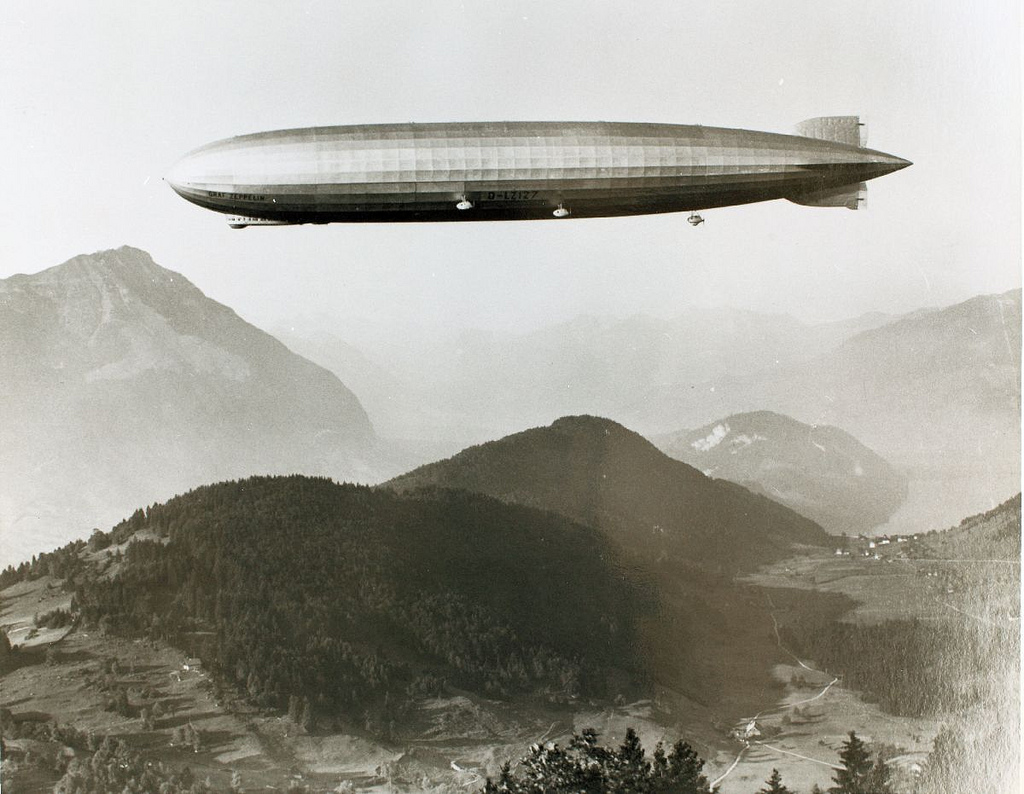
World's Most Expensive Basket Cases
Two Brough Superior SS100 basket cases sold for big money at the Bonhams Stafford sale last weekend - one for $400k, the other for $365k. Both have landed high on my 'World's Most Expensive Motorcycles' list, which had no less than four additions from Stafford (a Series A Rapide with replica frame, and an Indian 402 with sidecar also qualified). The purchase price makes financial sense, on the assumption there's still money left to fabricate a bunch of missing pieces, and make a full restoration from a pile of parts. But paying $400k for a basket case 1927 Brough Superior SS100 is still wacky; one imagines a future when three scraps of metal with engine/frame/gearbox numbers stamped on them fetching the same as a fully restored machine. This was exactly the situation with vintage Bugattis, when whole machines were parted out to make 3 new ones, since the owner's club would authenticate a machine as 'real' with any one of these 3 parts present. At least Mike Leatherdale, machine registrar of the Brough Superior Club, has no truck with such foolishness.
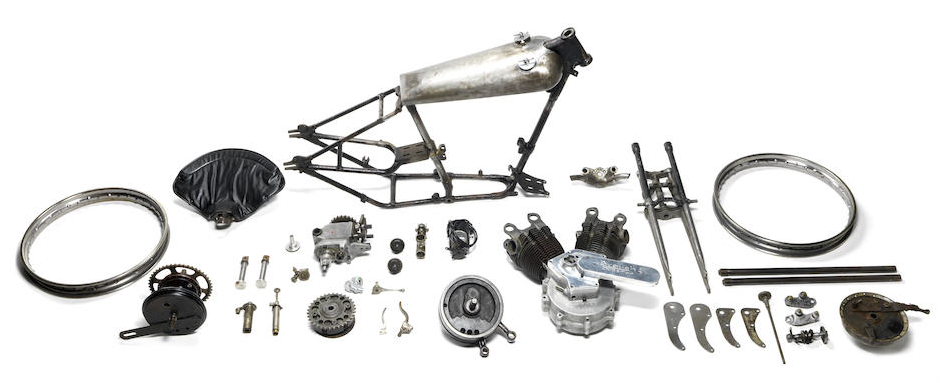
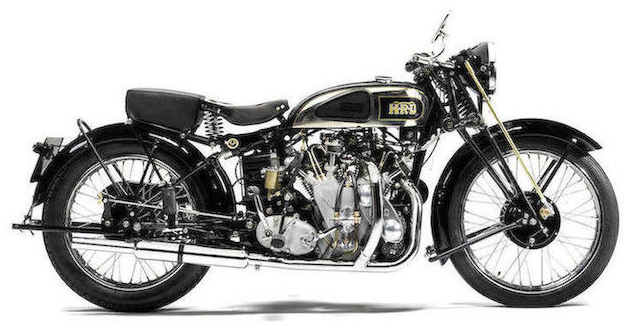
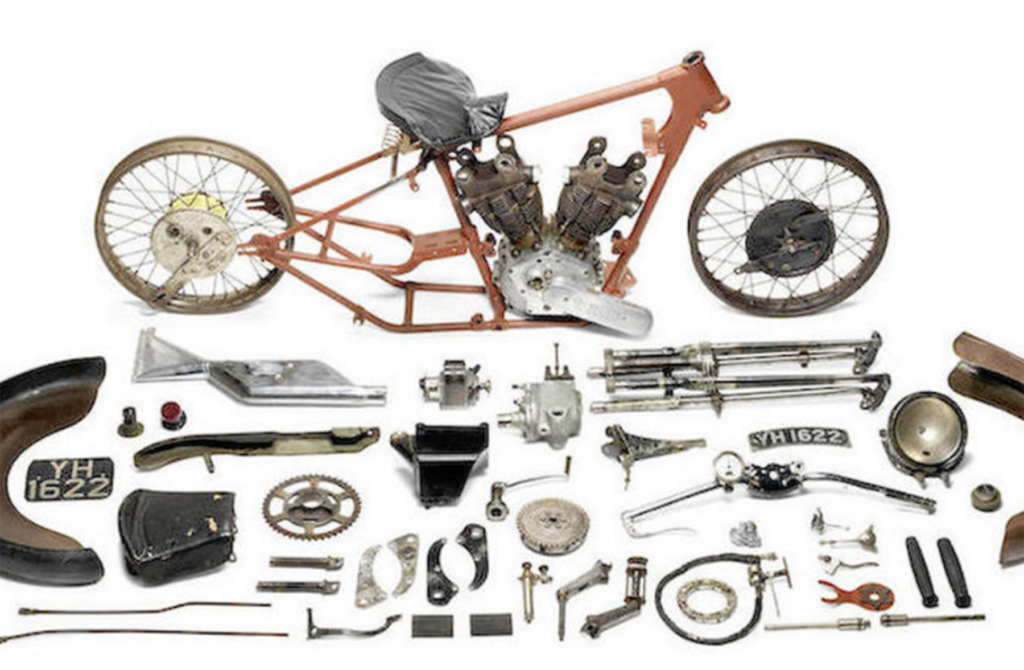
Nick Veasey: Beneath the Surface
Artist Nick Veasey has been messing around with x-rays ever since he was hired to x-ray a cola can for a TV show in England, when he was a relatively unknown still photographer. He took the opportunity to also shoot his shoe, and was so intrigued with the process he eventually purchased a surplus x-ray machine, and built a bunker inside a warehouse with 30" thick walls and a 2300lb lead door to keep himself safe. While medical x-ray stations have minimal beams directed at very specific, small areas, shooting much larger objects, like guns, motorcycles and even a Boeing 777 jet, meant hospital-style shielding was out of the question. To be clear, Veasey doesn't shoot a whole motorcycle in one go - he shoots it section by section, then has helpers Photoshop the pieces together into a whole. His most recent project, as reported in Wired.com yesterday, was a series of vintage motorcycles, borrowed from a local club. He also installed a handy skeleton prop on a few of the bikes, and later shot the clothing, which was all blended later. I've been a fan of his work for years, as who isn't fascinated by x-rays?
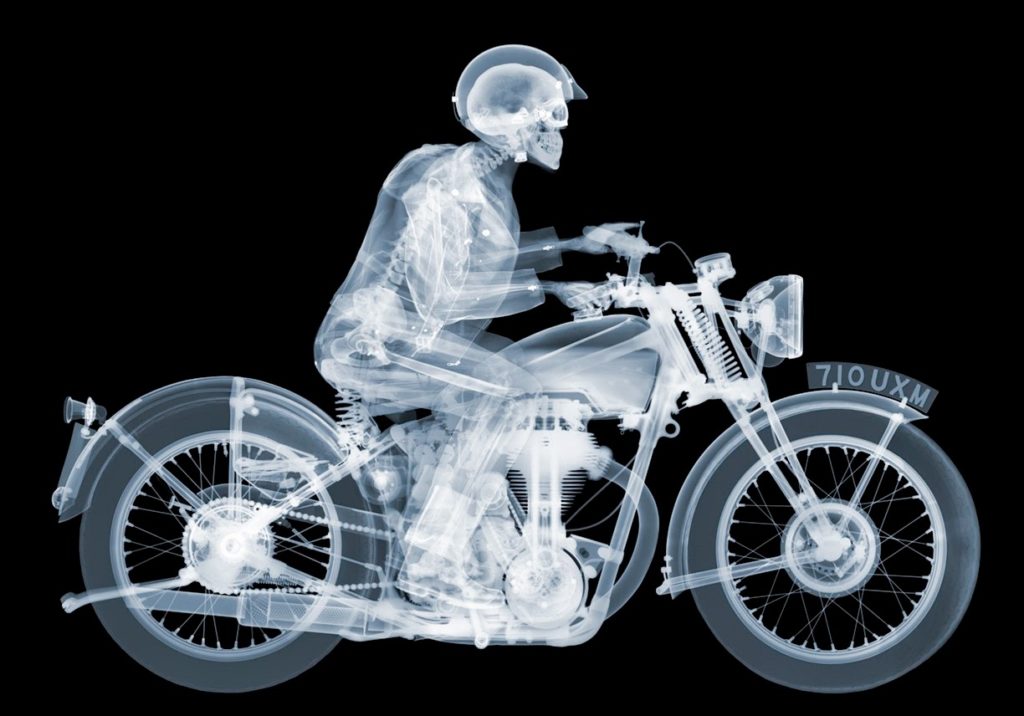
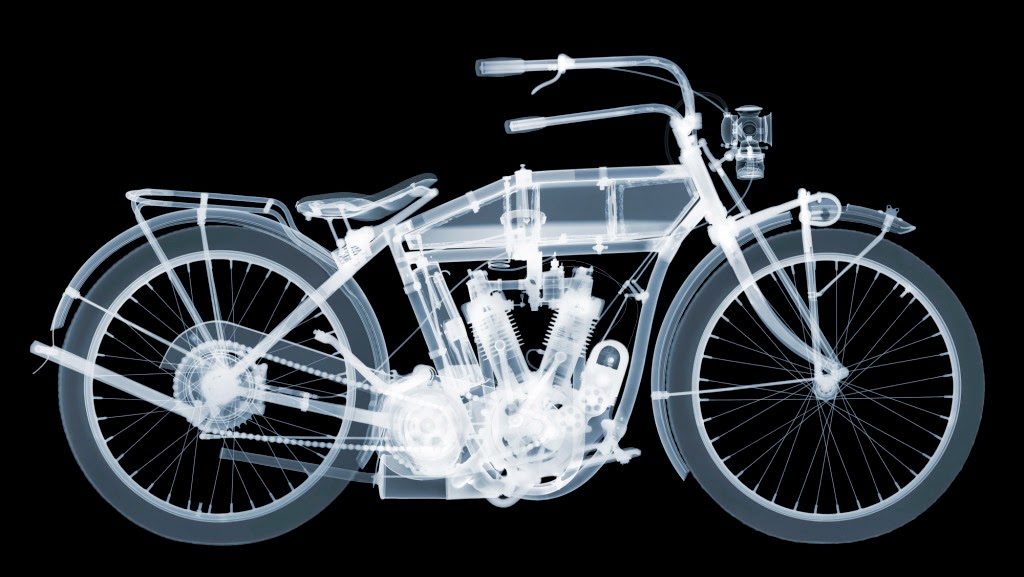
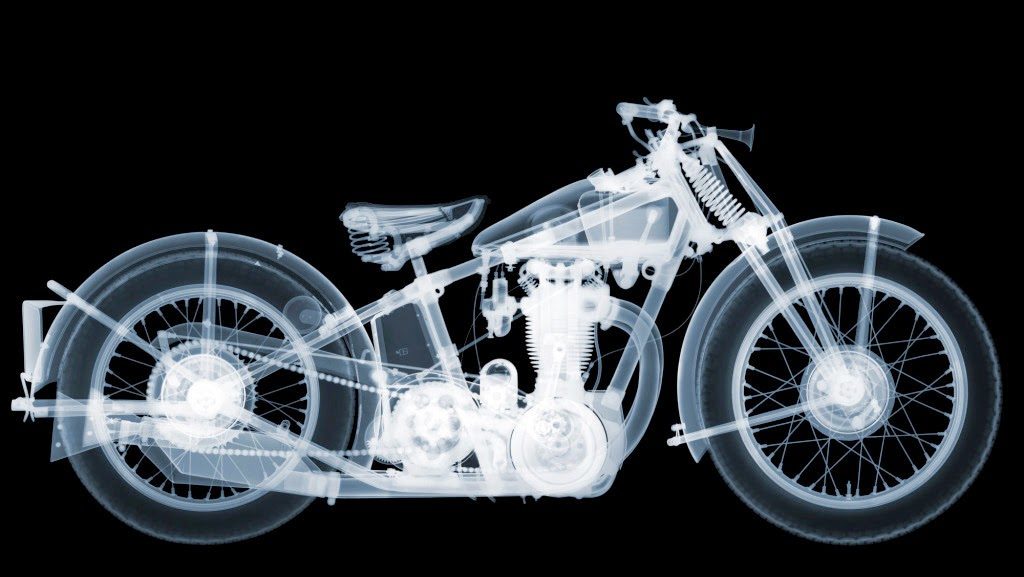

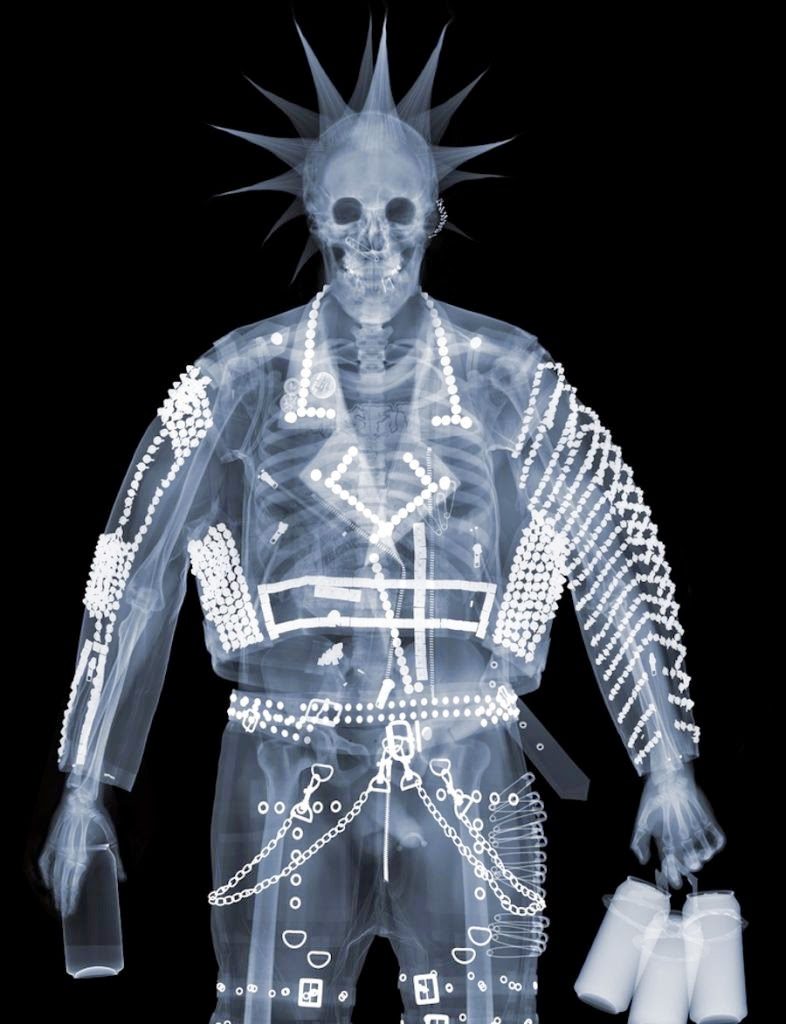
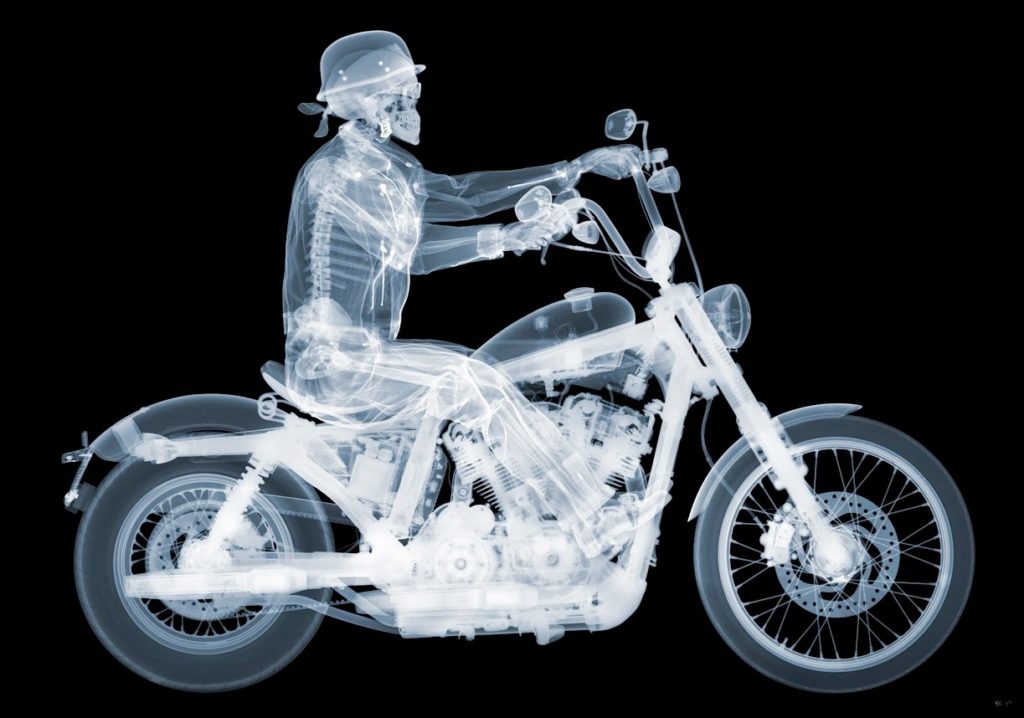
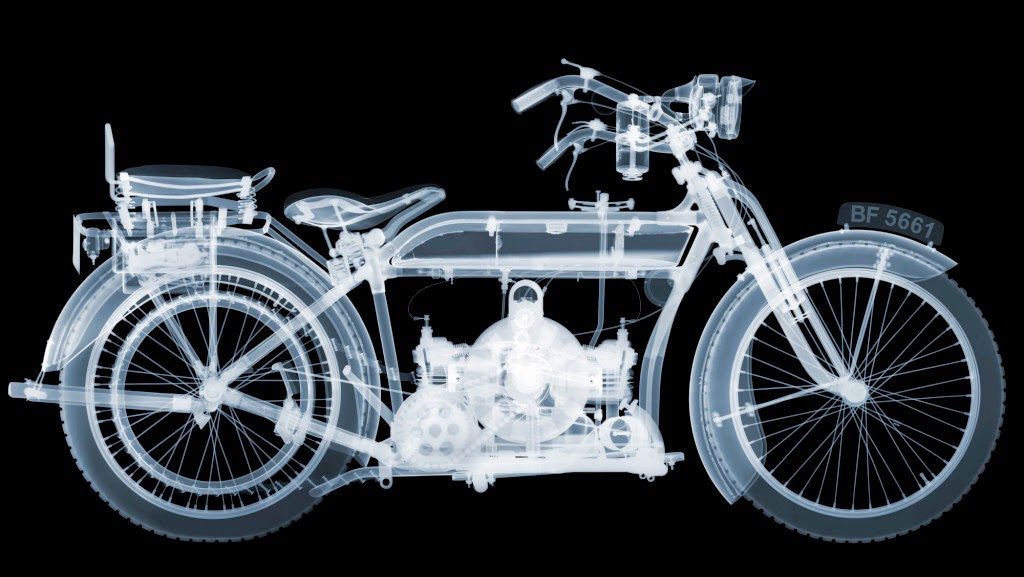
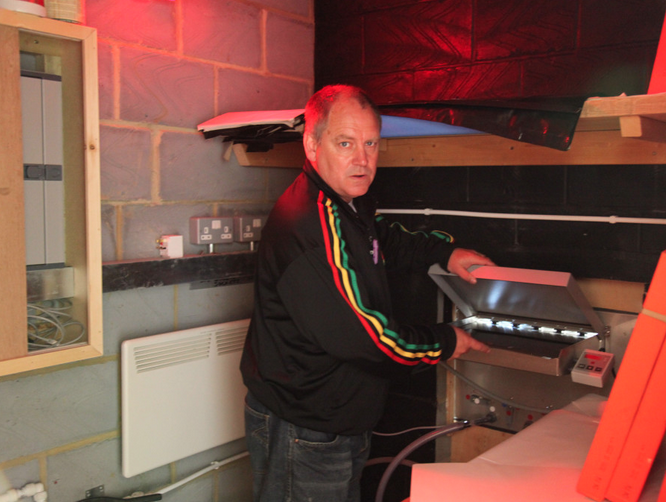
The End of Motorcycles at Pebble Beach, In Verse
MIGHTY MO'BIKE HAS STRUCK OUT
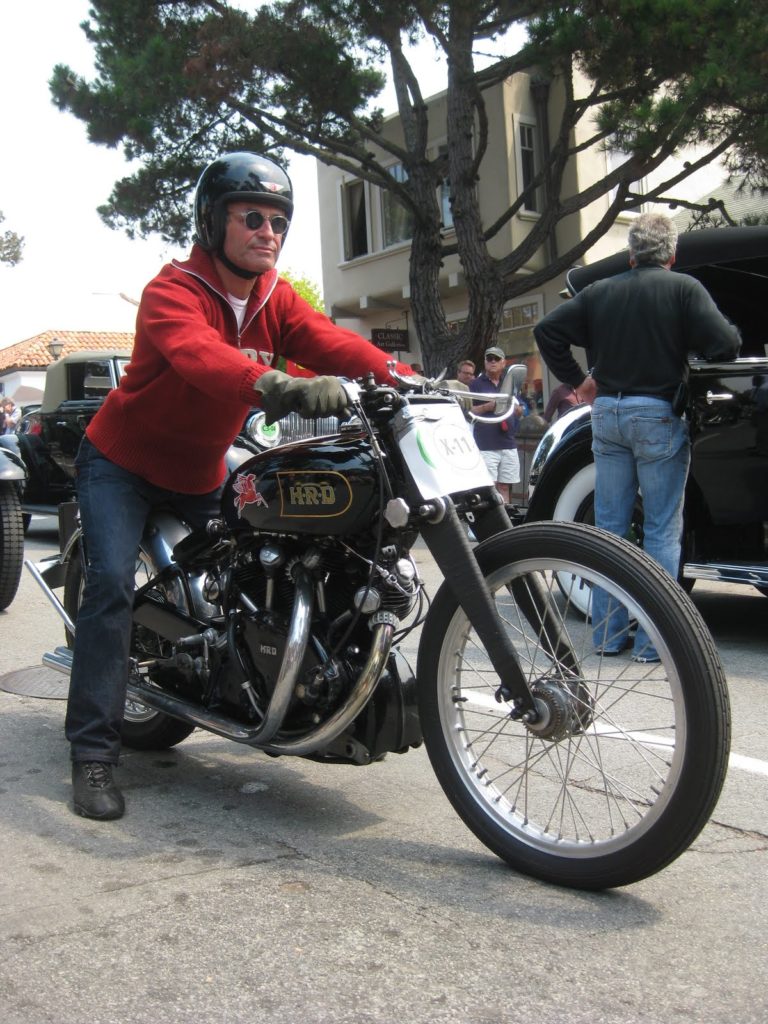
As bikes stood proudly two by two, all winners - so they say.
And then a gent claimed Gunga Din was faked up, though a looker,
And partly by a judge there, a good man who is no hooker.
But Gunga, true to Kipling's muse, did sally forth, a win,
While lovers of old Rollie Free's machine called it a sin.
That year another prize was took, a streamlined Indian,
T'was claimed to be from Burt Munro, but some said ‘guess again’.
What part was Burt's and what part new, nobody there would tell,
But surely he who built the thing is answerable to Hell.
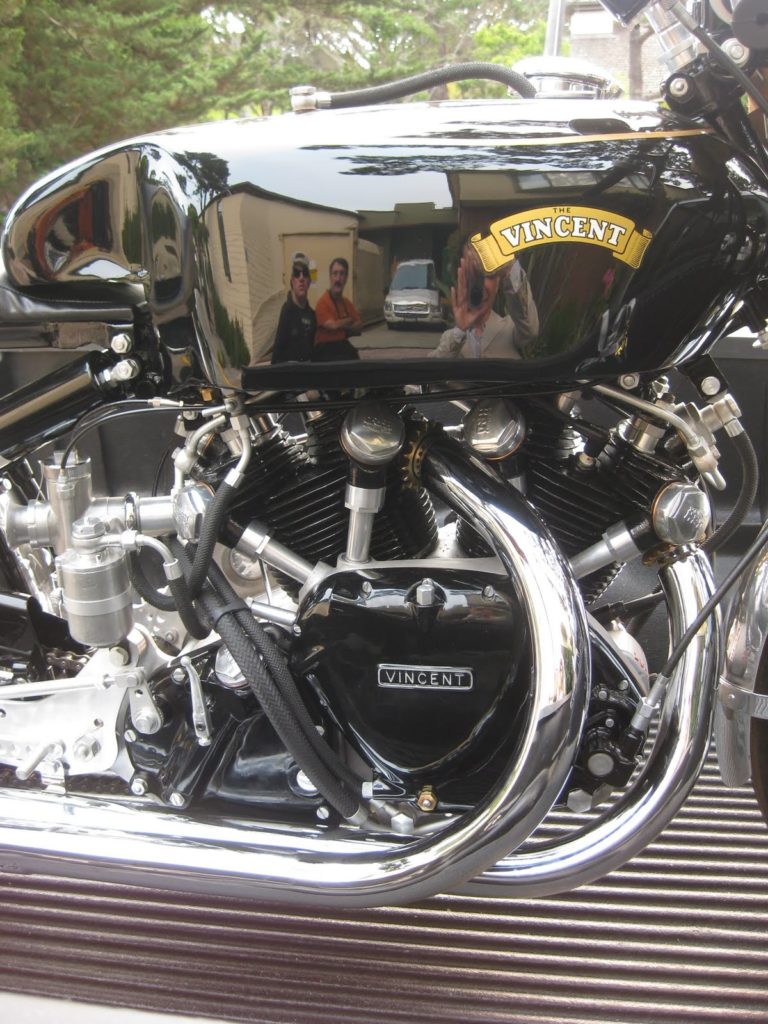
The millions stashed from ticket sales protecting them from shame.
A straggling few raised protest for the fakery, and more -
The bolstering of class divides was something to abhor.
Some clung yet to hope which springs eternal in our breast;
They thought, “Surely Pebble Beach will always do its best.
While motorcars are one thing, motorbikes are something new,
Perhaps a whole new game's afoot, Class X is now on view!”
The Guggenheim had sung their praise, the Art of Motorcycles;
The Legends Show had proved that bikes on grass could be delightful.
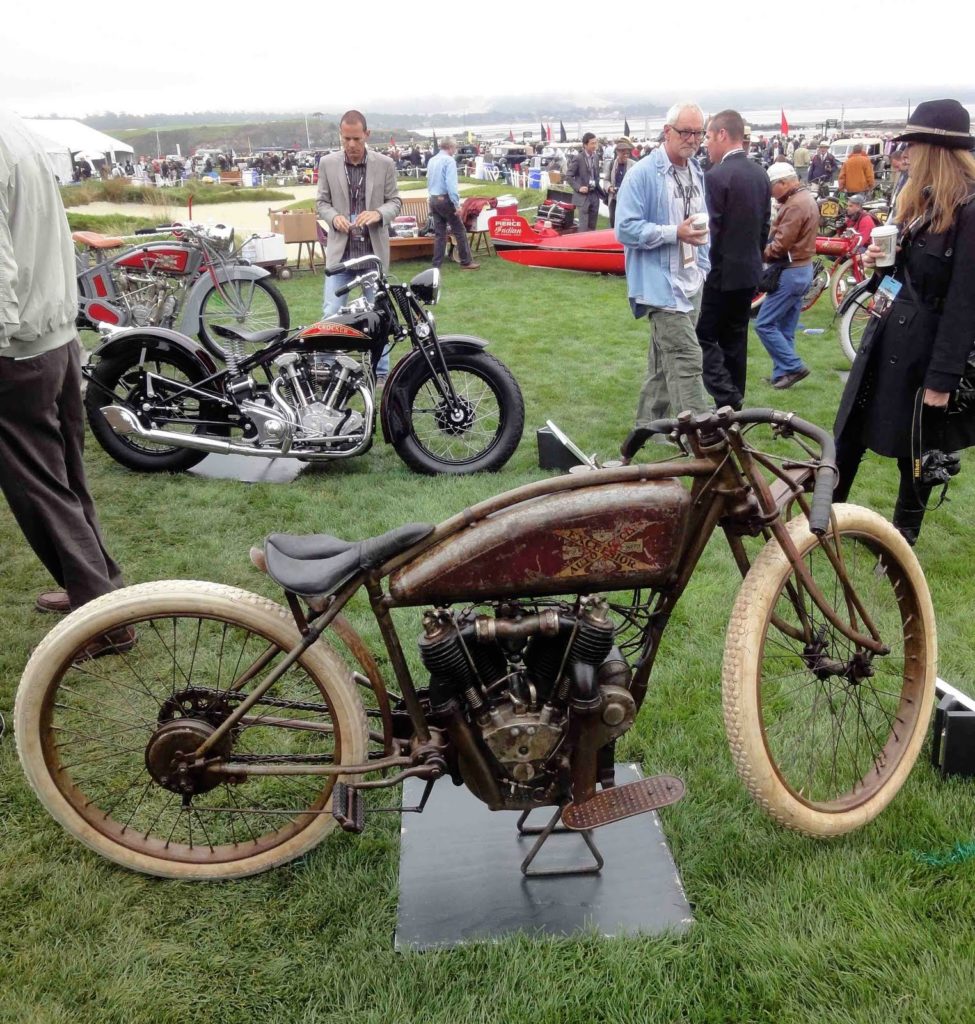
Was the theme at Pebble Beach on hallowed golf link shores.
But country categories surely limited the choices,
Unlike grouping cars by factory - Ferraris and Rolls Royces.
The country theme as annual display proved ill-considered,
Though those first few nations featured proved their bike were worthy winners.
Collectors spent a bundle prepping rare machines to show,
Like the Hildebrand and Wolfmuller that simply wouldn’t go.
The year of Italy’s display was best, with bikes after the ‘Thirties,
My MV pic was in the New York Times, ‘cause of John Surtees.
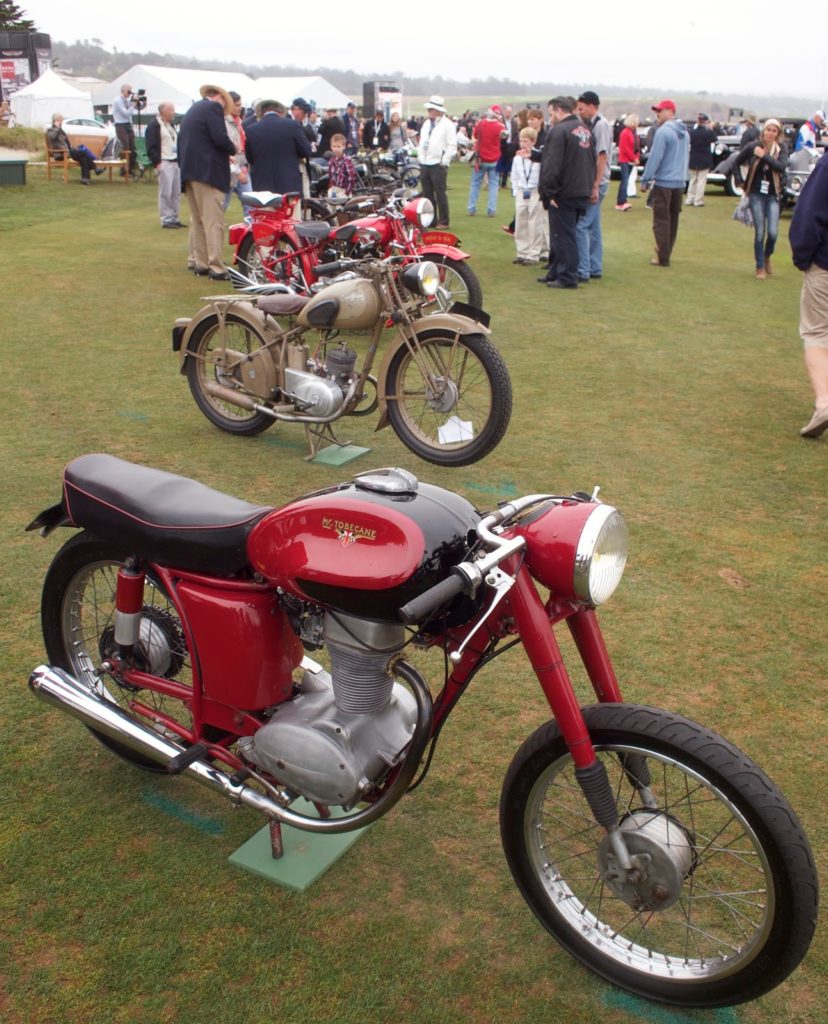
One year they featured Vietnam, with one sad rolling sentry.
The French theme fell as flat as a meringue from a hack chef,
We shan't speak of Eastern Europe's year; good possibles were left
In museums and collections far across the ocean's span,
It seems foreigner collectors did not support the plan.
“Fly in your bike, at your own cost, of course,” they all were told,
Which - from the richest of all shows - seemed brazen, crass, and bold.
American collectors had been told but did ignore it,
That racers run on pavement since the ‘Teens were most historic.
Their dirt-track kings and board track bikes were hounded to obsession,
Which meant when Pebble called ‘GP!’ there’s none in their collections.
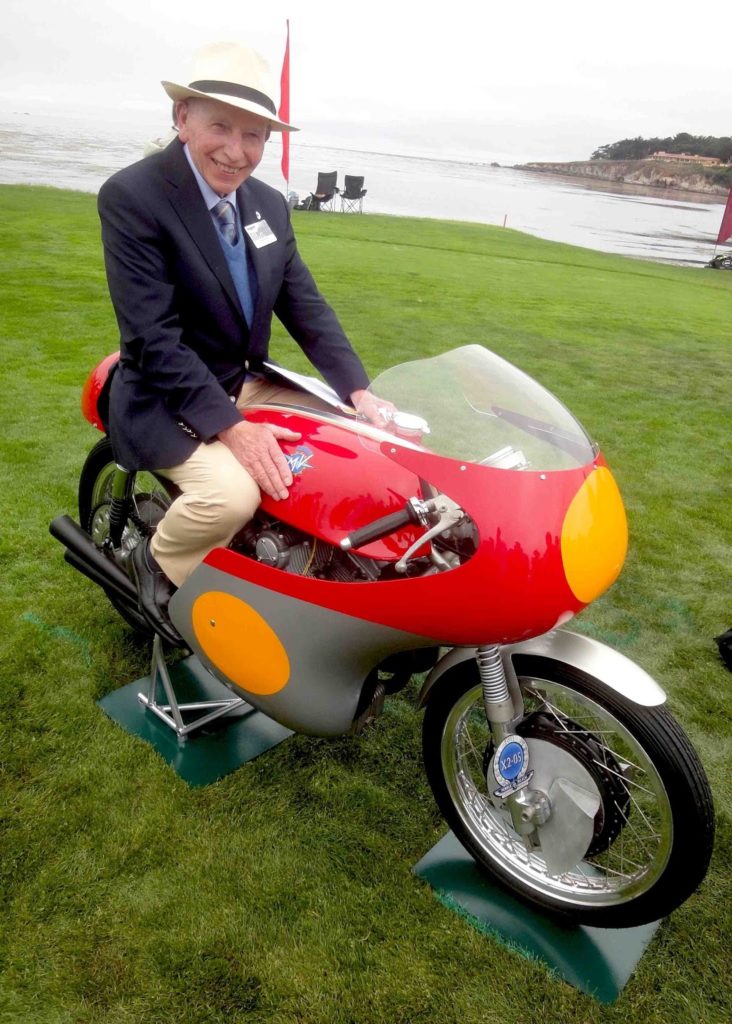
And car collectors far and wide declared a new-found passion,
For motorbikes collectible, much cheaper than four wheels,
And set about to write big checks for seven-figure deals.
With polished skin and suits that cost as much as a new ride,
They suddenly appeared at auctions, advisors by their side,
Who earned commissions from the Millions in old-bike finance,
By overlooking inconvenient truths ‘bout provenance.
But 6 years on, the thrill is gone, and car folks have decided,
That tin and doors and solid floors is what gets them excited.
Organizer Sandra and her minions sniffed the trends,
So earlier this year decreed that Pebble bikes would end.
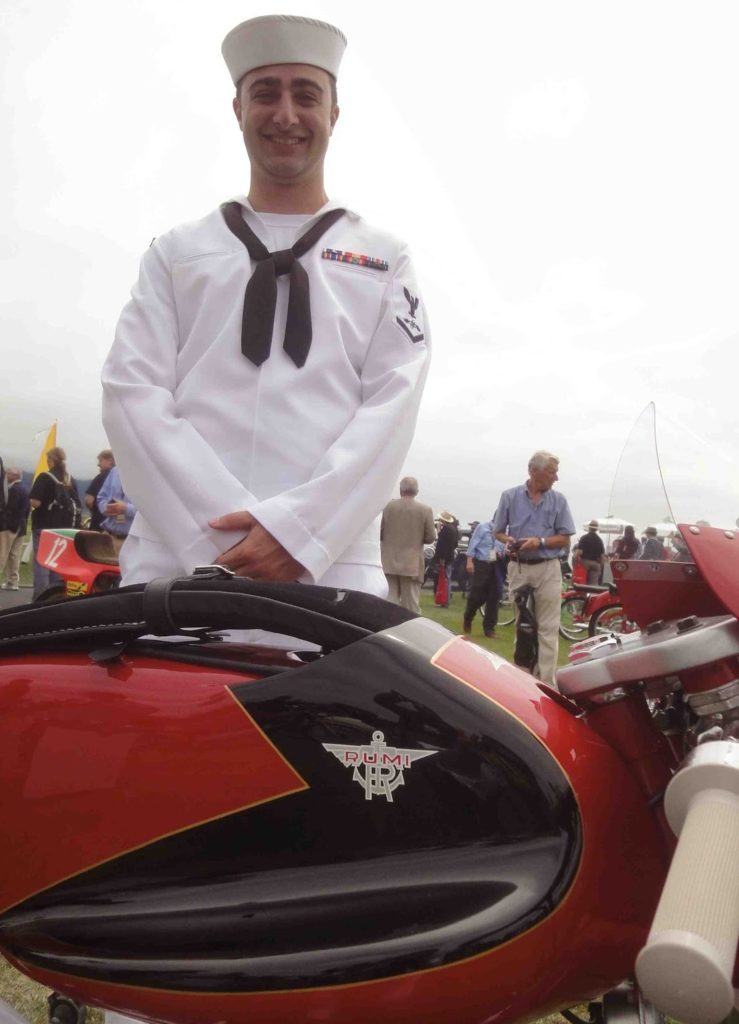
A motorbike is purring and the rider's found delight,
With the joy of simply riding an old bike - though valued highly -
The ownership of which marks vintagents as money-wily.
True joy from motorbikes is motion, not the money game,
Though bikes in galleries these days would not suggest the same.
Two wheels make lousy sculptures; better riding them around,
The greedy types are merely vultures, much like car guys, I have found.
The Concours thing is tempting with big money all about,
But there is no joy from Pebble — motorbikes are pencilled out.
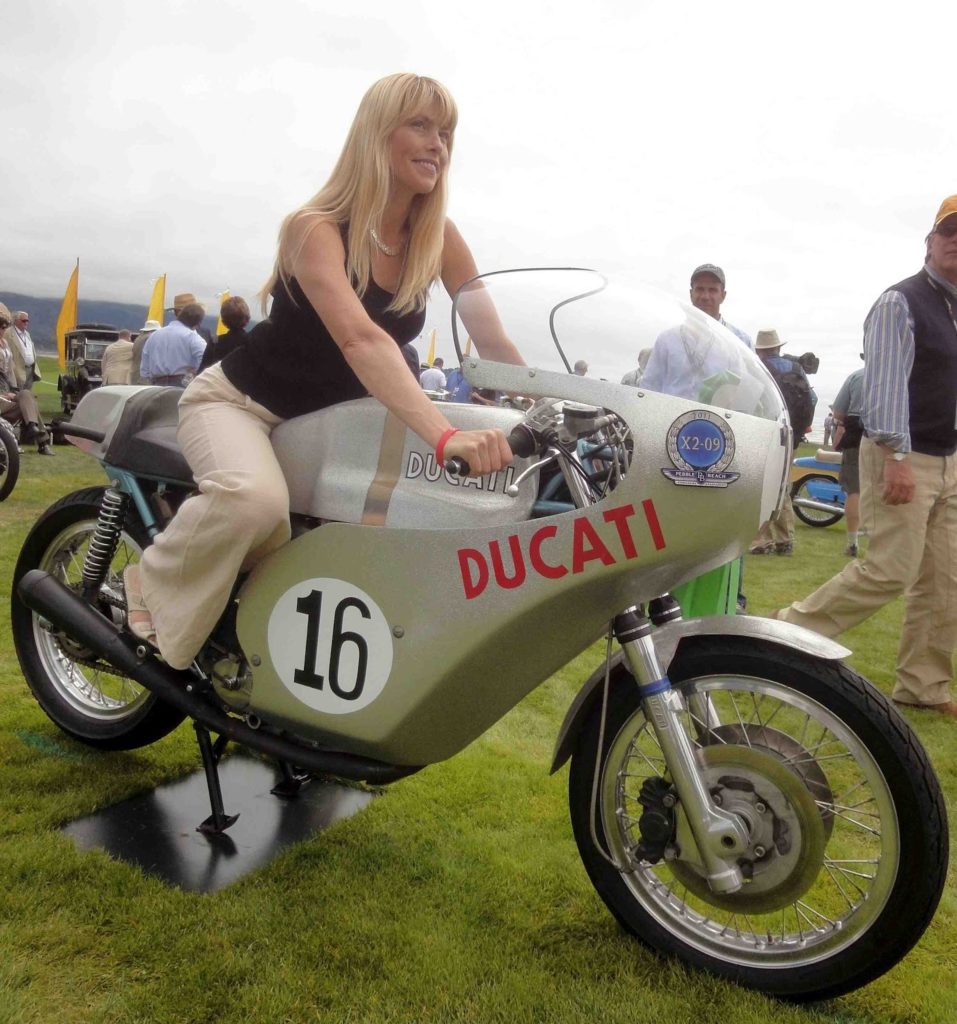
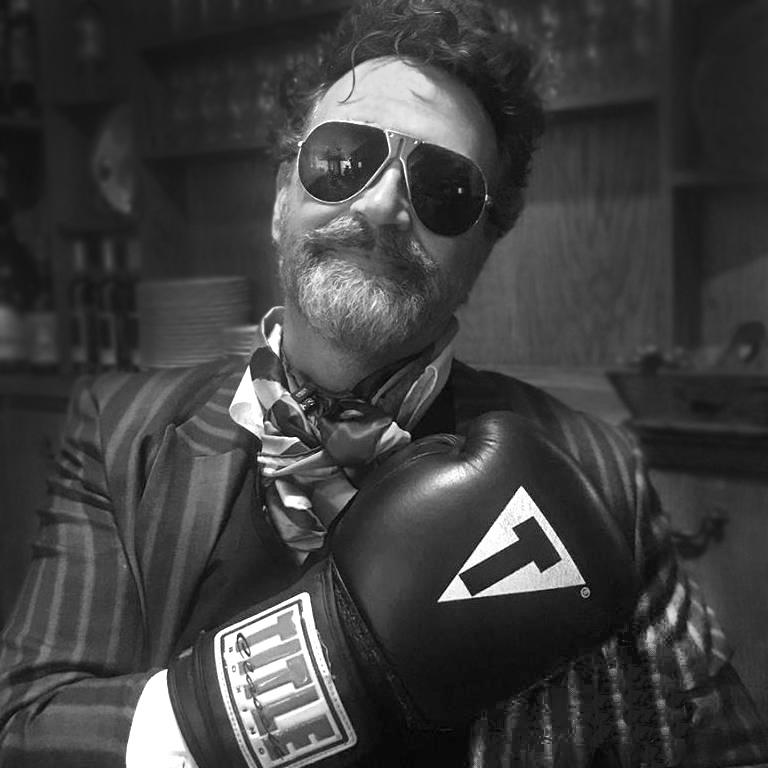
Tutorial for the 'Car Guys': Why Bikes?
I had a conversation with Stephen Cox of Sopwith Motors a few days ago regarding the upcoming Las Vegas motorcycle auctions. Stephen and I will be filmed by NBC TV during Saturday's Mecum auction at the South Point Casino, where I'll provide 'color' commentary on the machines coming across the podium, for the first time in 5 years...at Vegas, anyway - before joining Bonhams auctions in 2010, I provided 'color' for MidAmerica auctions at their Las Vegas, Monterey, and St Paul sales in 2008/9.
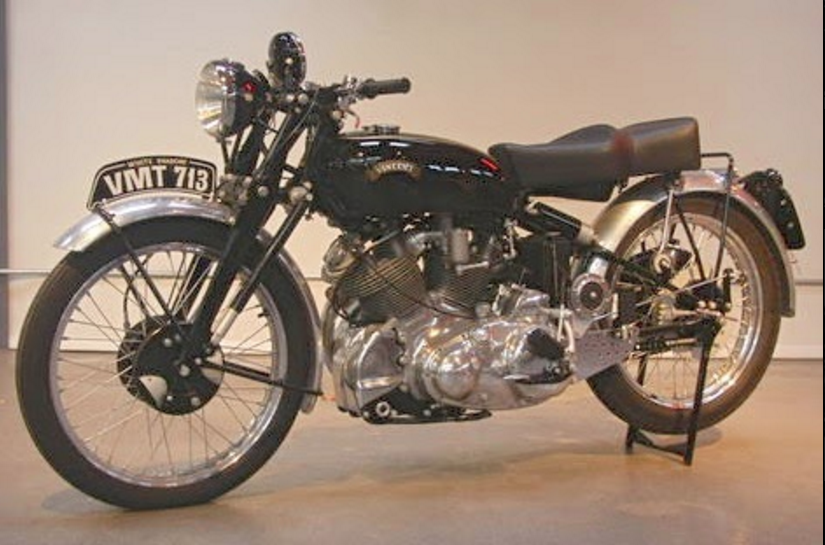
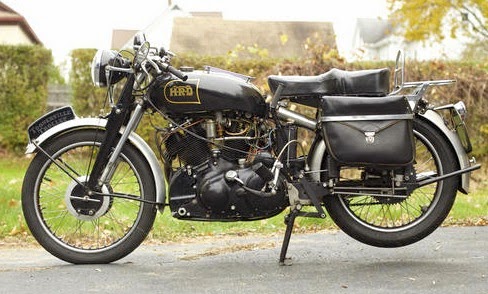
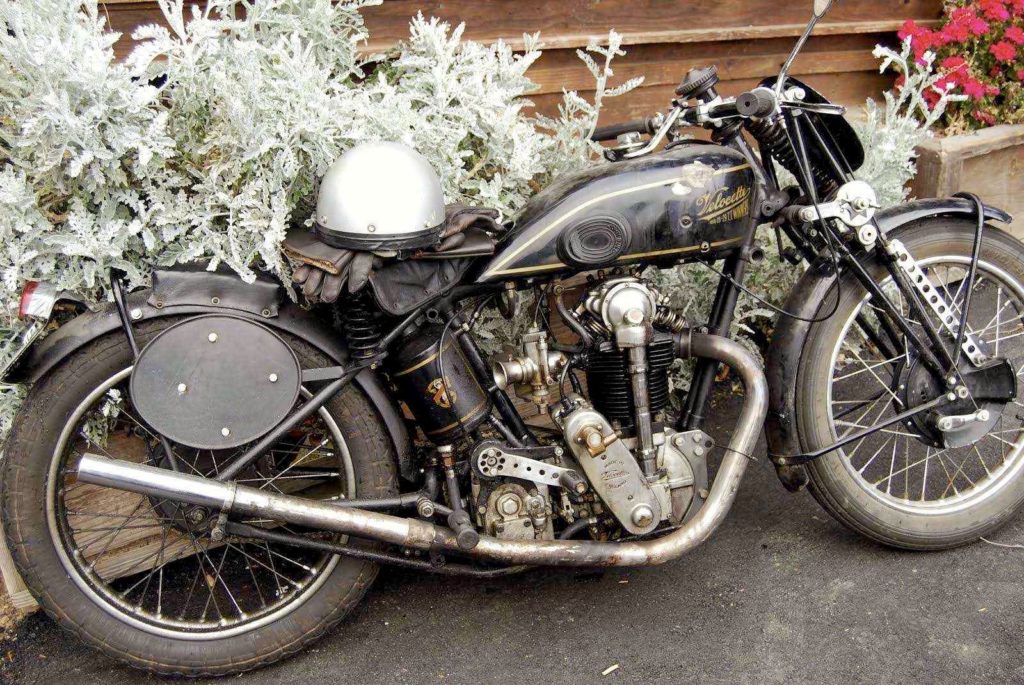
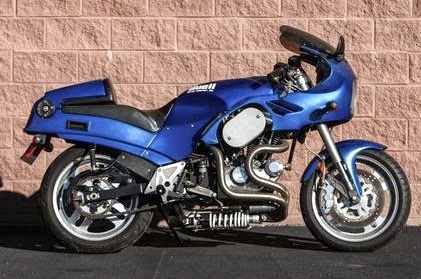
My true passion was for classic cars and historic racing cars... that is, until the summer of 2012 when I co-hosted Mecum's first major motorcycle auction in Monterey. That auction was my road-to-Damascus moment. My eyes were opened to the beauty, history and raw functionality of motorcycles. As we approach Mecum's biggest bike auction ever at Las Vegas on January 8-10, my plan is to drag as many of my car friends as possible into the amazing world of bikes.
I openly confess that I am not a motorcycle expert, although I play one on TV. When I need a real-life, no-kidding bike expert I call veteran motorcycle journalist Paul d'Orleans, who will co-host the upcoming Vegas auction on NBCSN with John Kraman, Scott Hoke and myself. Paul d'Orleans not only writes about motorcycles, he collects them, judges Concours d'Elegance and rides vintage bikes across the country in his spare time. The guy knows bikes. So I asked Paul for some reasons why car guys should become motorcycle enthusiasts. His response was convincing.
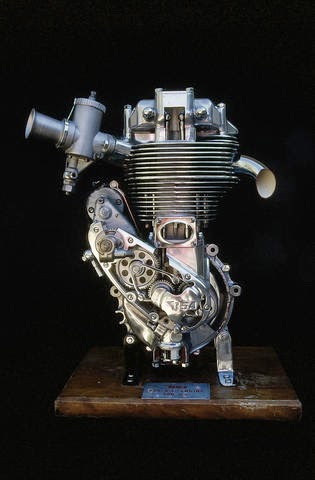
"Unless you're a real tech head and you're going to get under the hood, cars are about shape and motorcycles are really about mechanics,” d'Orleans said. “Everything is visible on most bikes until you get to the 1980s, when there was a real trend for covering everything up.” "I think anyone who's really interested in engineering should be interested in motorcycles because they are the most pure mode of engineering. And you don't have to ride them to appreciate them. Motorcycles have been made in one form or another since 1867 so there's a lot of intriguing development that happened, especially in the 20th century.”
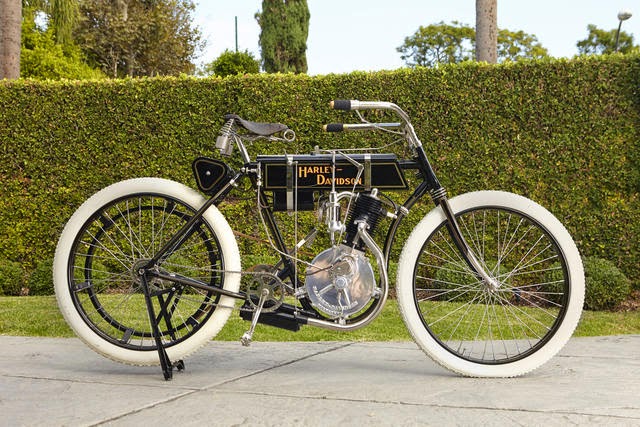
Paul says, “They're more compact. You can actually keep one indoors without re-engineering your house. And if you're inclined, they are a lot of fun to ride. Even the old bikes. When you keep your expectations reasonable as far as what performance to expect, they're really rewarding.” The compact nature of motorcycles is such that I am now re-designing Sopwith's office to feature my 1971 Honda as well as a second, yet-to-be-procured two-wheeled beauty. Why put pictures of awesome vehicles on the walls when you can park one in five feet of floor space?"
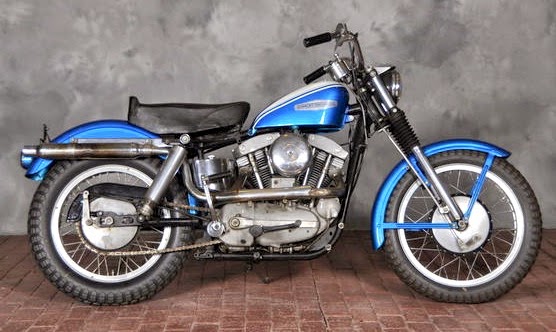
"There are lots of opportunities. If you can't afford a Vincent Black Shadow for a hundred thousand, for half the price you can get a Vincent Rapide which is almost an identical motorcycle that just doesn't have the black engine cases or a sexy name.” "If you can't afford a 1959 Bonneville which might go for twenty-five thousand, you can get a 1968 Bonneville for twelve. And if you can't spend twelve thousand for a '68 Bonneville, you can get a '68 BSA for six thousand dollars with the same engine capacity, the same performance and similar styling.”
So what's your excuse? Join us for Mecum Las Vegas on January 8-10 at the South Point hotel, or watch the broadcast on NBCSN on January 12 at 7 pm Eastern. You might just fall in love with motorcycles. I did.
Stephen Cox: Sopwith Motorsports Television Productions, Co-host, Mecum Auctions on NBCSN
Peter Fonda: 'Cliff Vaughs Built Captain America'
File this one under 'better late than never': in a recent letter to Cliff 'Soney' Vaughs, actor Peter Fonda finally gives credit to Vaughs and Ben Hardy for their until-recently unknown contribution to motorcycle history - creating the 'Captain America' and 'Billy' bikes for Easy Rider. The massive wave of publicity around the sale of the claimed last extant chopper from the film (which made a claimed $1.62M at auction - the most expensive motorcycle ever sold), also seems to have inspired Fonda to properly acknowledge for the first time 'who' created the most famous motorcycles in the world.
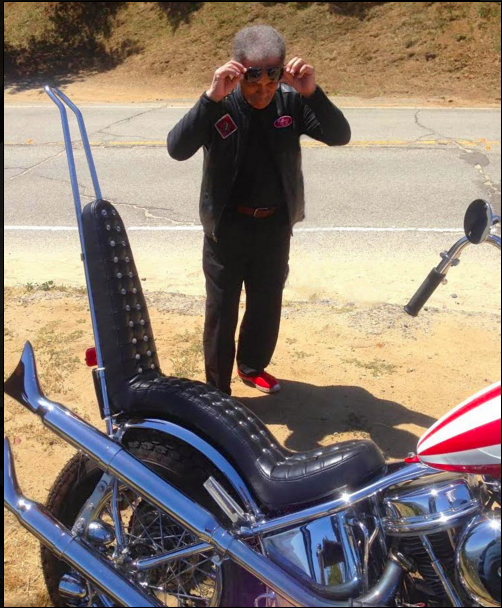
"Hi Cliff,
I wanted to first let you know how grateful I and others are that you knew where to go to buy the LAPD bikes at auction. Dennis and I had no idea. You magically bought 4 bikes at $500. a piece! You again amazed us when you designed and built the bikes for approximately $1250.00 per bike. We were all in awe of yours and Ben Hardy's abilities. You built two Billy Bikes and two Captain America bikes. I remember you and your girlfriend coming to our Pando office to talk about what we were going to shoot in New Orleans.
Unfortunately,the bikes weren't ready when we began filming in New Orleans and there was no way they could have been ready based on what was involved in their design.
A decision was made by Dennis Hooper, Paul Lewis, and Bert Schneider to fire you. Unfortunately, they blamed you for not having the bikes ready after The Mardi Gras parade. Hell, we didn't even have the script ready. This decision was a very bad decision, one of which was beyond my control and I found out about it after the fact. I am very sorry. Neither did I decide to drop the sequence of the black biker gang from the script. Again Dennis's decision not mine. Money was a factor I believe.
This is a Facebook entry of mine in late September 2014: The final design of the Easy Rider bikes started with this man, Mr. Cliff Vaughs. I gave Cliff a sketch that I had drawn in Toronto Canada on September 27th 1967. It was a rough sketch of the teardrop gas tank, the high sissy bar, the big automobile rear tire, and the same rake that I had on the motorcycle from the Wild Angels. Cliff refined it with the outrageous heavily raked front forks!!! It was a bitch to ride but it looked incredible!!! Thank you Cliff!!!!
It is not too late to give you and Ben Hardy the praise you deserve in designing the iconic bikes in Easy Rider...
All the Best,
Peter Fonda"
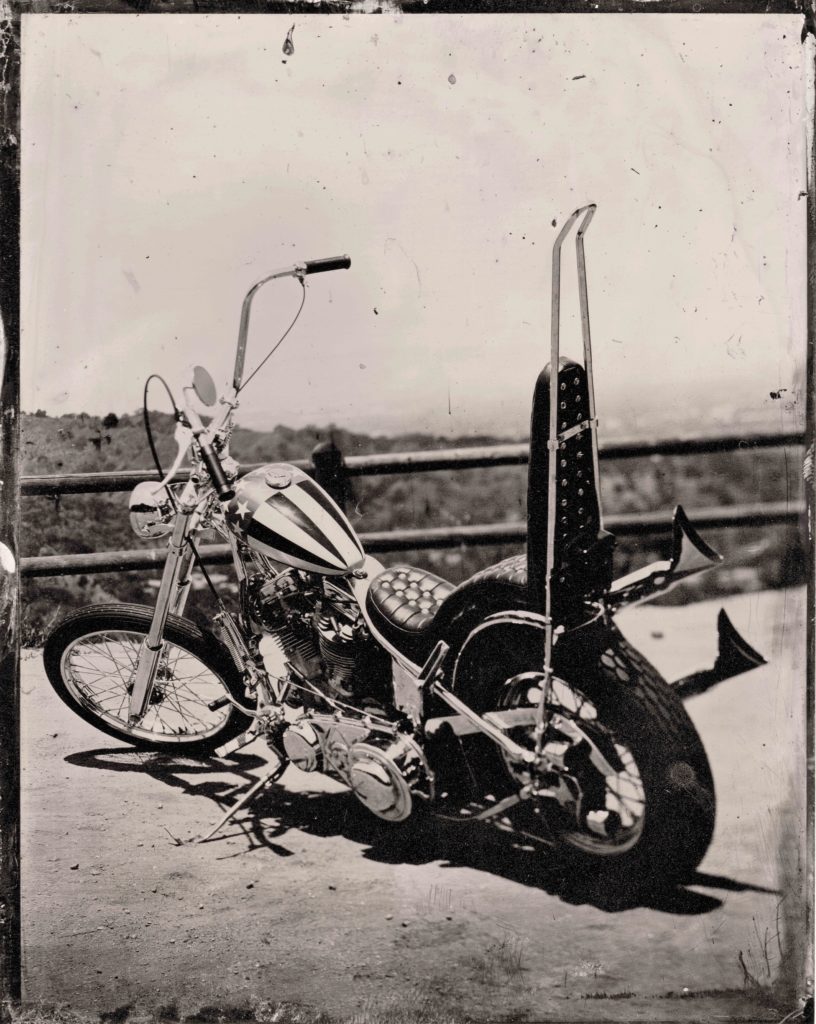
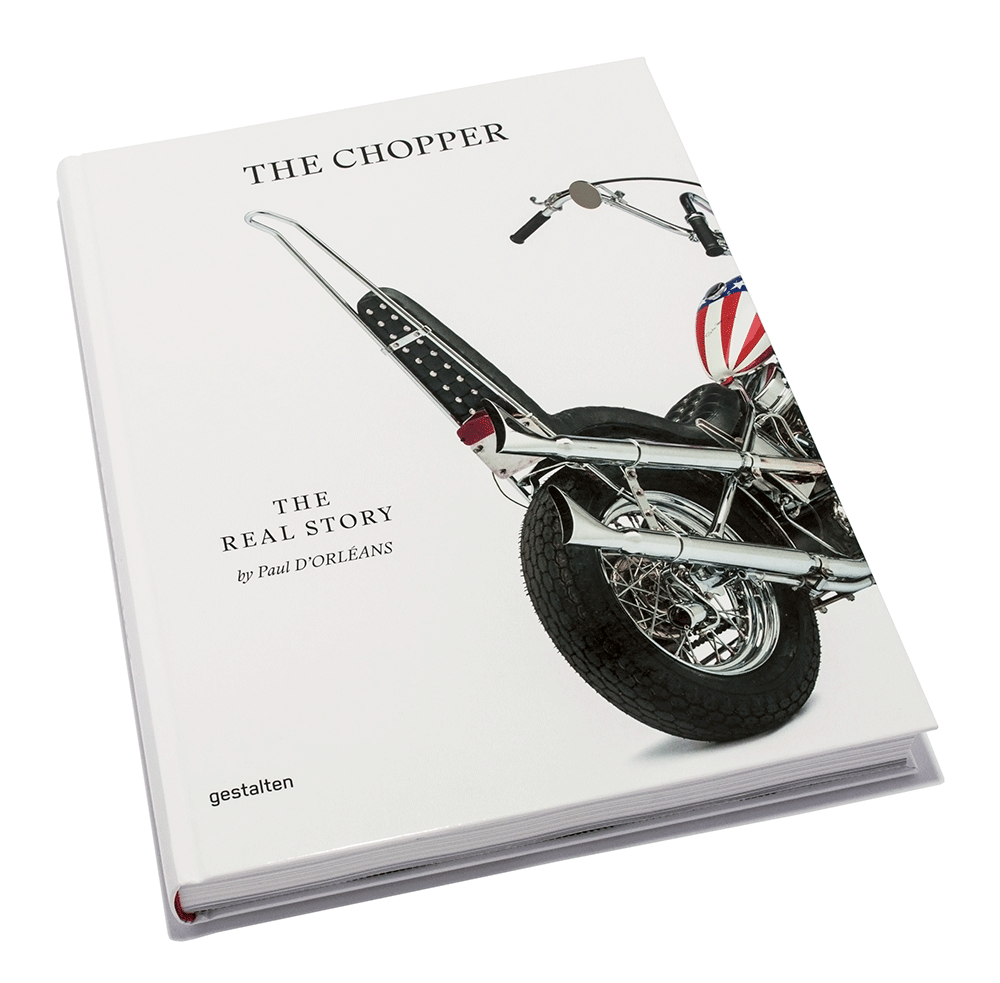

Selling 'Captain America'
It's the most famous motorcycle in the world - everyone knows the bike, even if they know nothing about motorcycles or '60s counterculture. Many times more people recognize the 'Captain America' chopper than ever saw 'Easy Rider', and movie posters of Peter Fonda and Dennis Hopper riding their choppers across America still adorn the walls of college dorms around the world. It's an enduring image, a romantic touchstone from an era when Freedom seemed possible via a cool motorcycle and a groovy outfit.
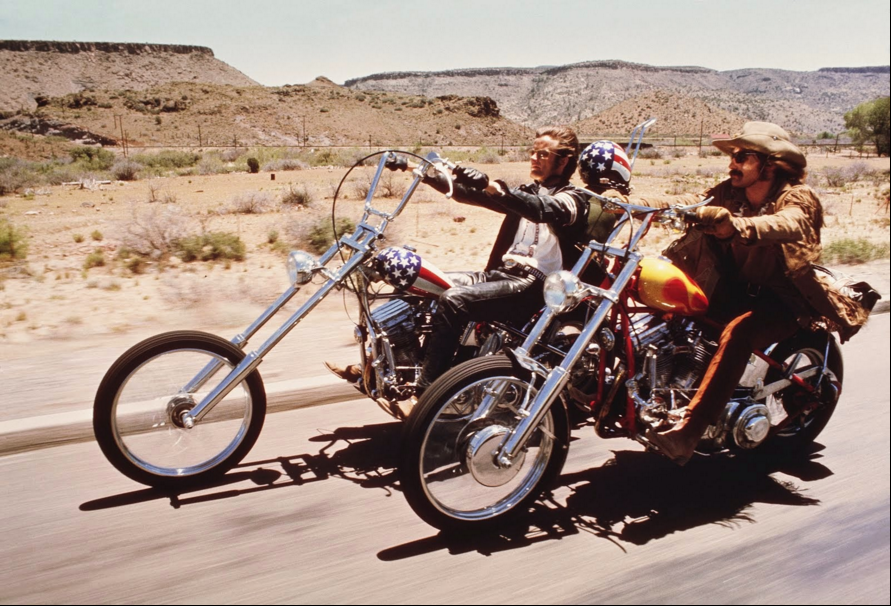
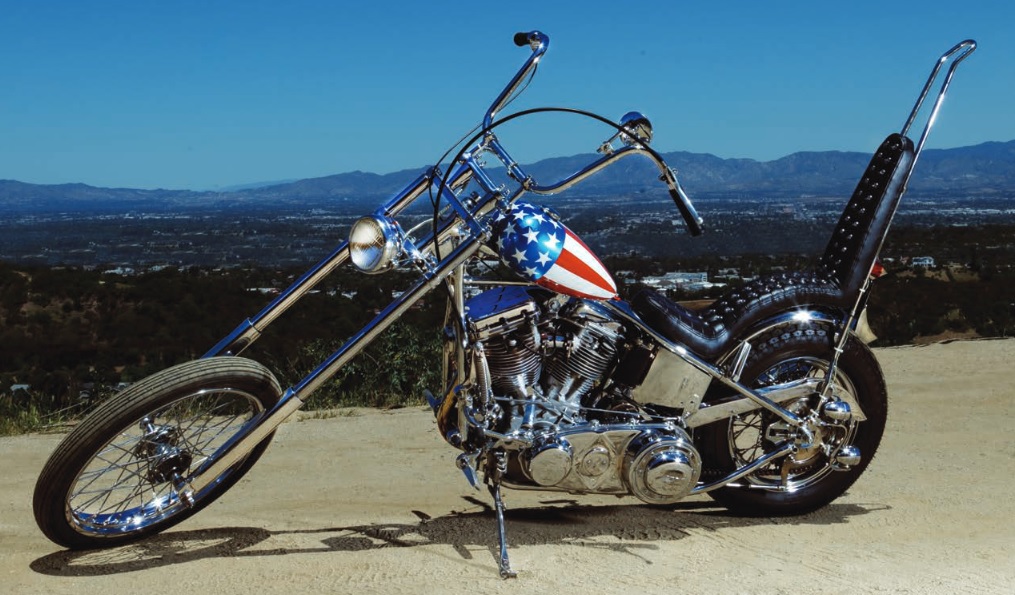
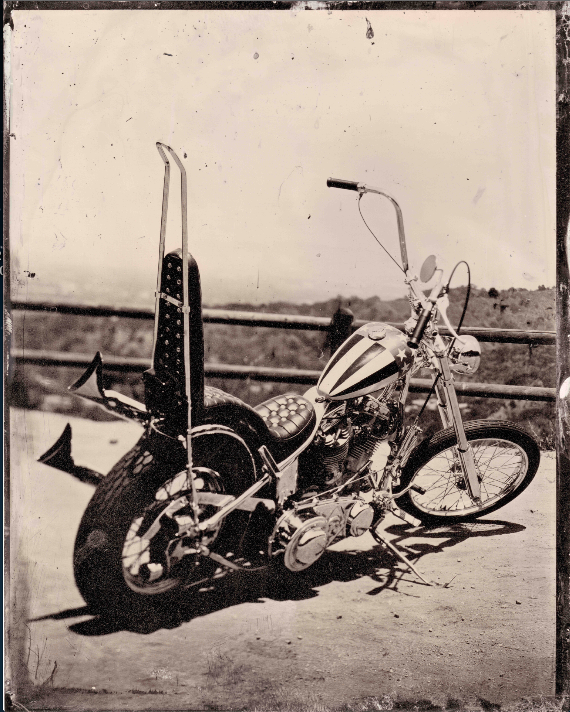
Press releases about the 'Captain America' sale are quoting estimates of $1Million, which seems cheap when one considers the astronomical price of far less famous Ferraris, and the rumored $1.1M sale price of the Rollie Free/'bathing suit' Vincent 3 years ago, which is also among the most famous machines in history, along with TE Lawrence's 'fatal' Brough Superior SS100 - which was offered for £2M several years ago.
Behind the Scenes at the 2014 Villa d'Este Concorso
Concours d'Elegance are marvelously silly things. Lining up a bunch of expensive cars and bikes seems at times an exercise in pride (of ownership) and envy (of same), with a dressing of greed (the value bump from a win); deadly sins all. Owners sweat while judges - and who anointed them? - pronounce 'winners' and 'best of show' over a display of obsolete industrial design. I was one of those judges at the Concorso di Villa d'Este; so why did I readily accept the inviation? It was equally silly for me to fly to Italy from San Francisco for a long weekend, especially as I was scheduled to fly right back to Europe 10 days later, to show my MotoTintype photography at Wheels+Waves in France. So again, why do it?
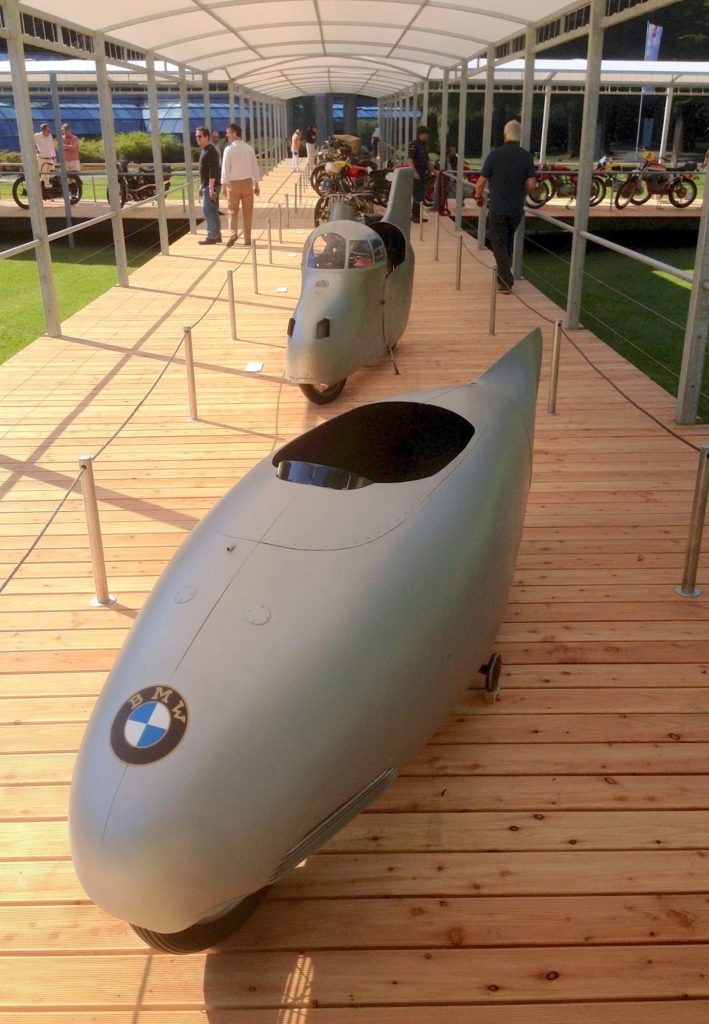
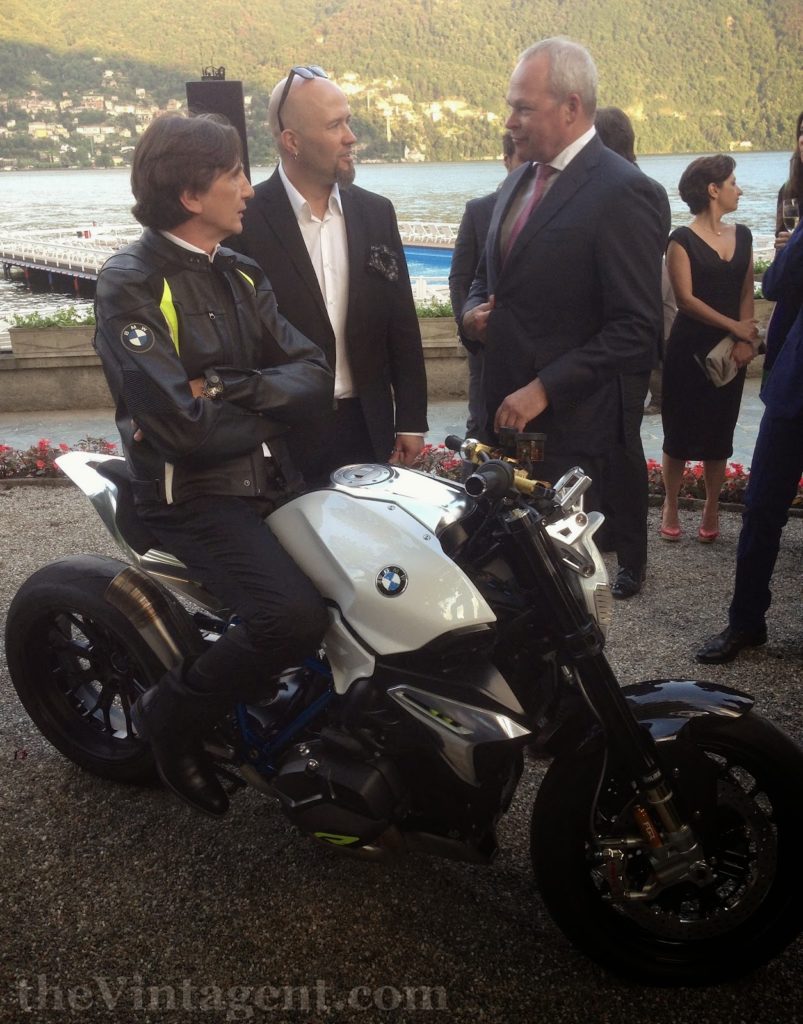
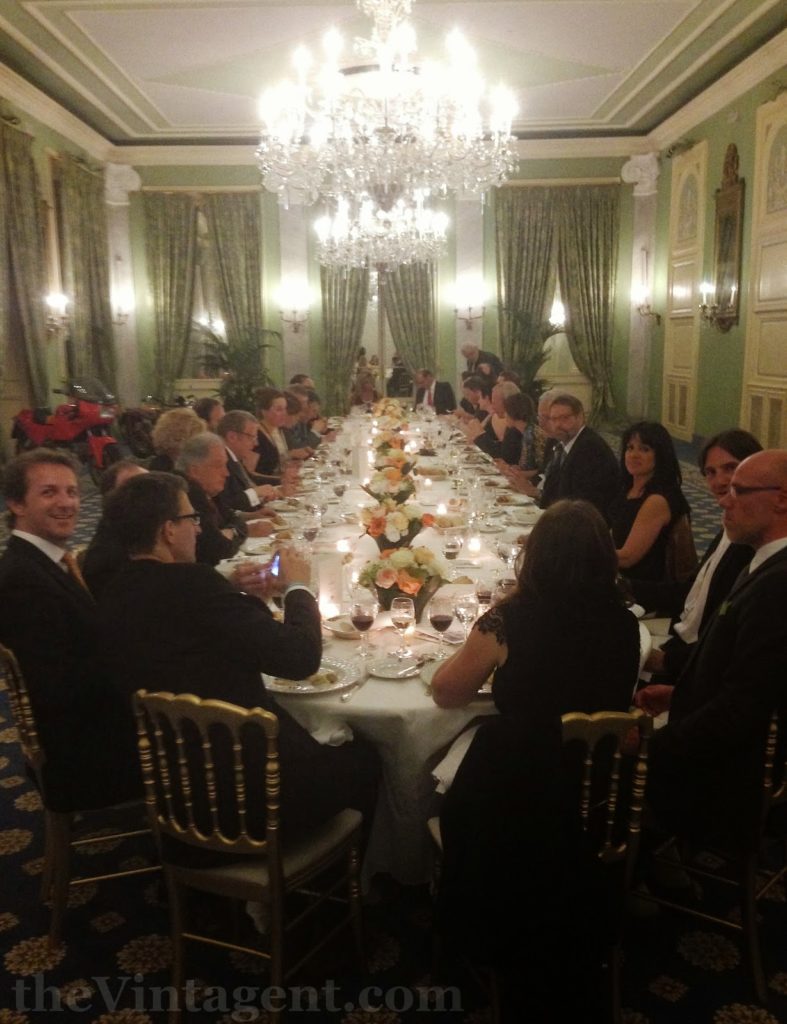
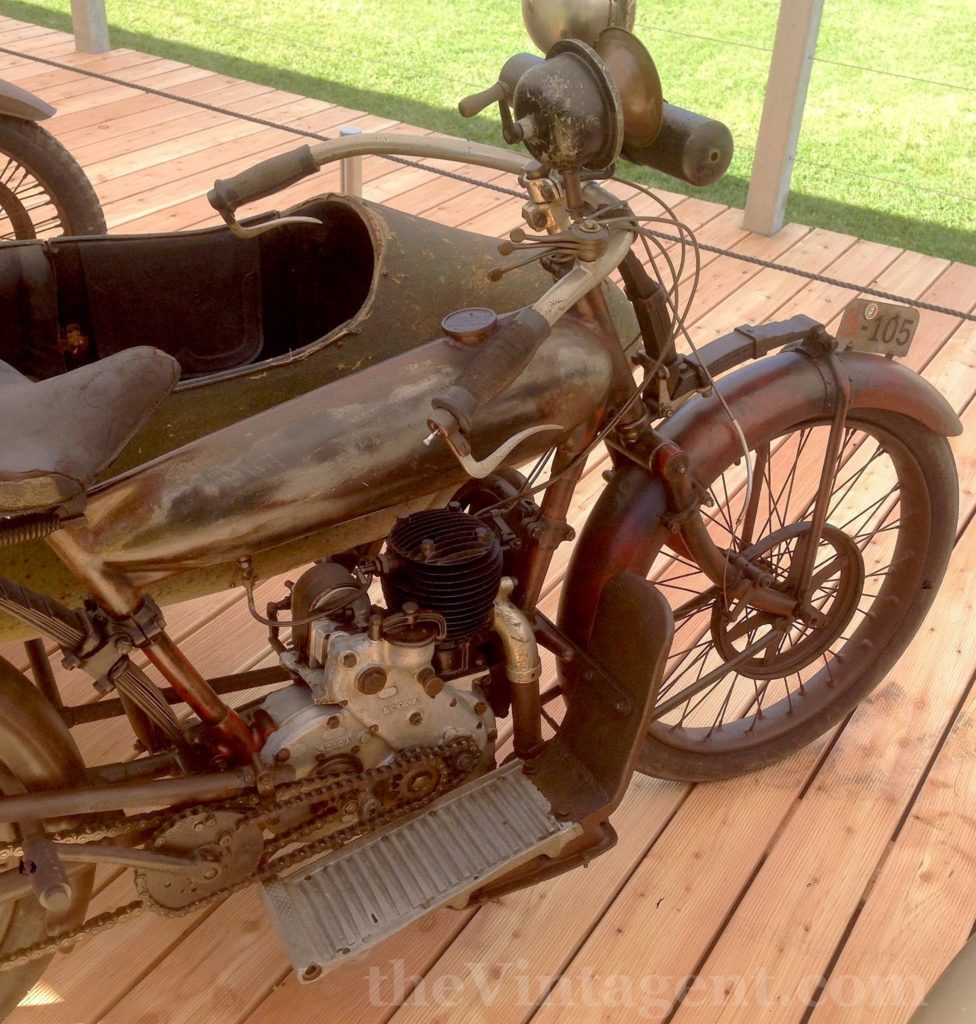
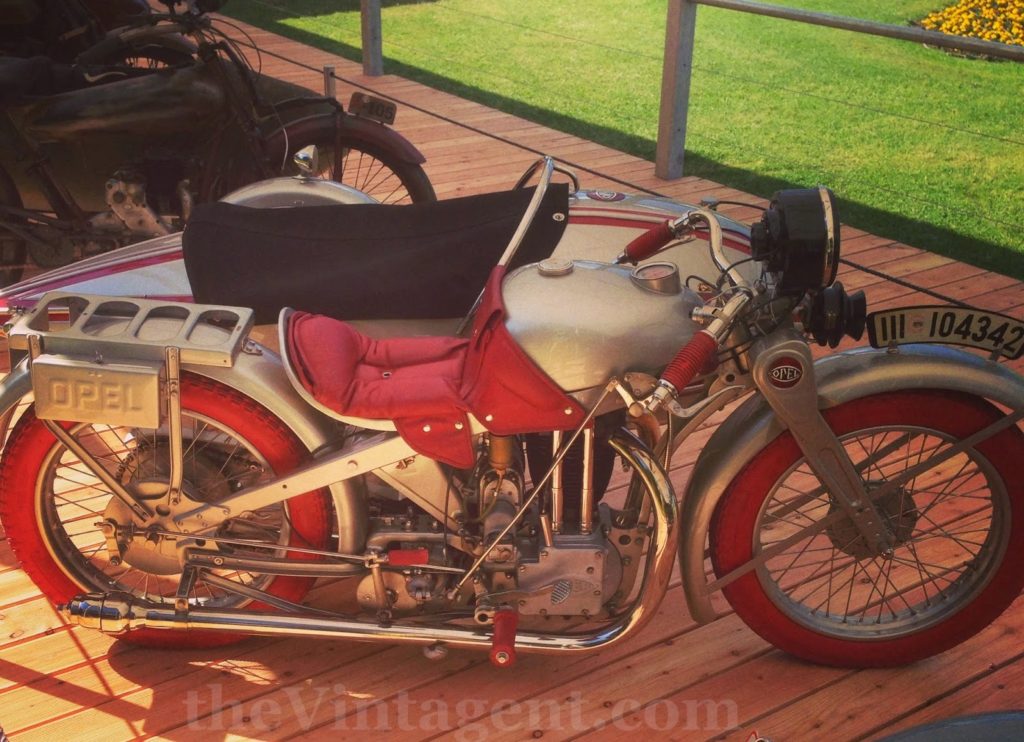
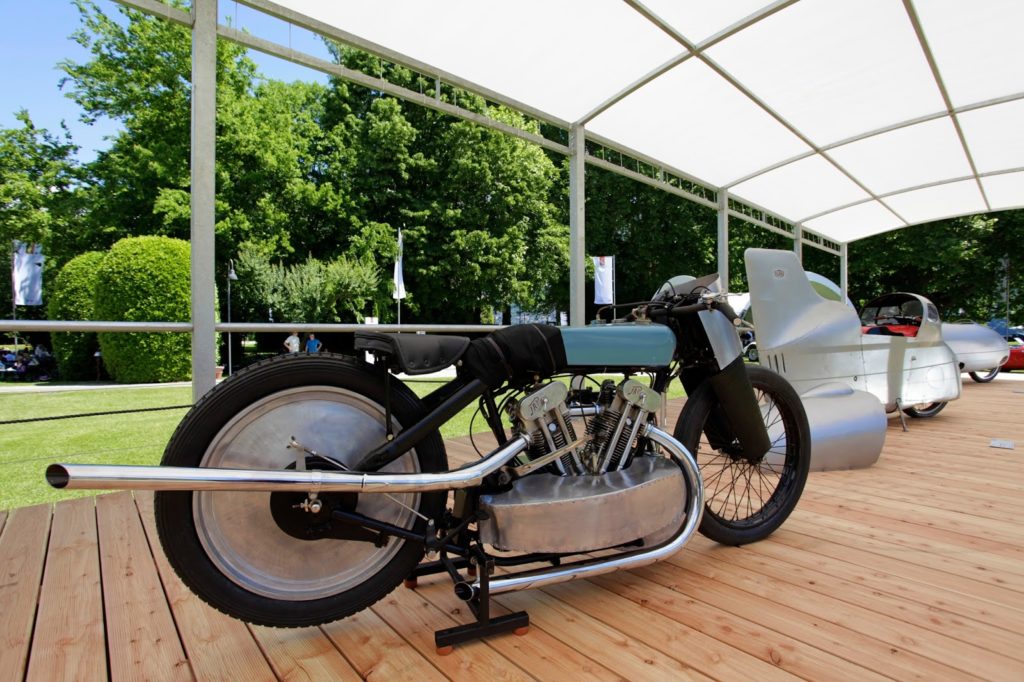
"where's your electric motorcycle?"
Saturday morning was open to the public at Villa Erba (for the first time - and quite a crowd had queued up), while judges scanned the bikes, a less formal process than at other shows. It's expected all the bikes run, and they do, so there's no moment of tension for owners as 5 guys in blue blazers (the bikies don't wear them, but the car guys do) stand around and watch you work up a sweat. The focus of this Concorso is 'eleganza' and 'best of theme' with no points system; less subjective than it sounds, and our discussion in the judge's chamber mid-afternoon was enlightening. In a first for me, it was suggested one bike was 'too shiny' to be a winner, and that a gorgeous Brough SS100 shouldn't win because it isn't American, in the 'Great Gatsby' class (I've been overruled at a show when the chief judge simply assumed a Brough should win for Brough-ness itself, and so it did).
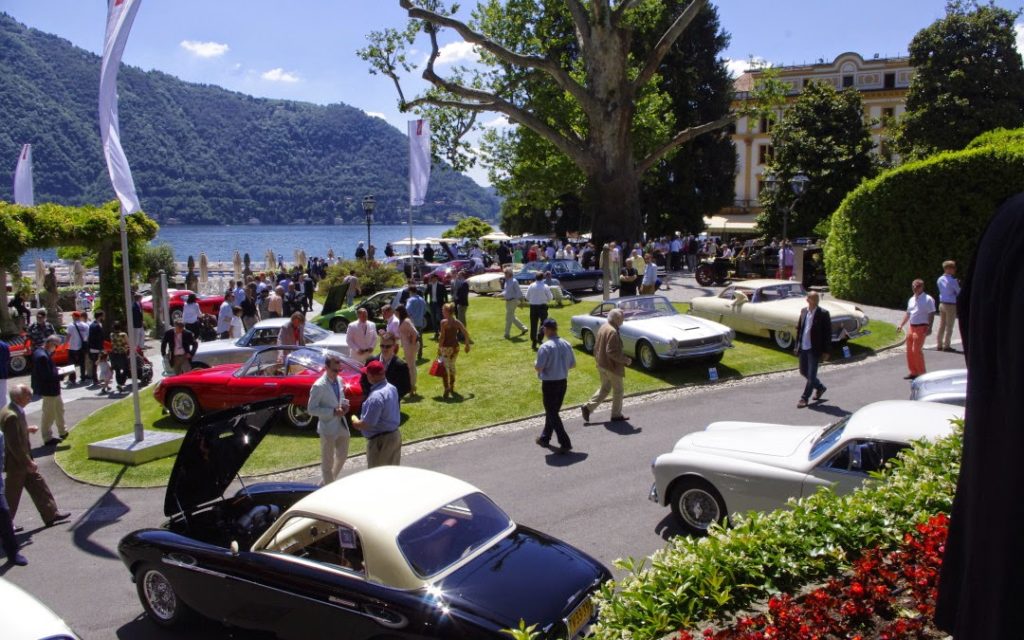
The Concorso at Villa d'Este; no bad angles, no bad viewpoints...
[Paul d'Orleans]
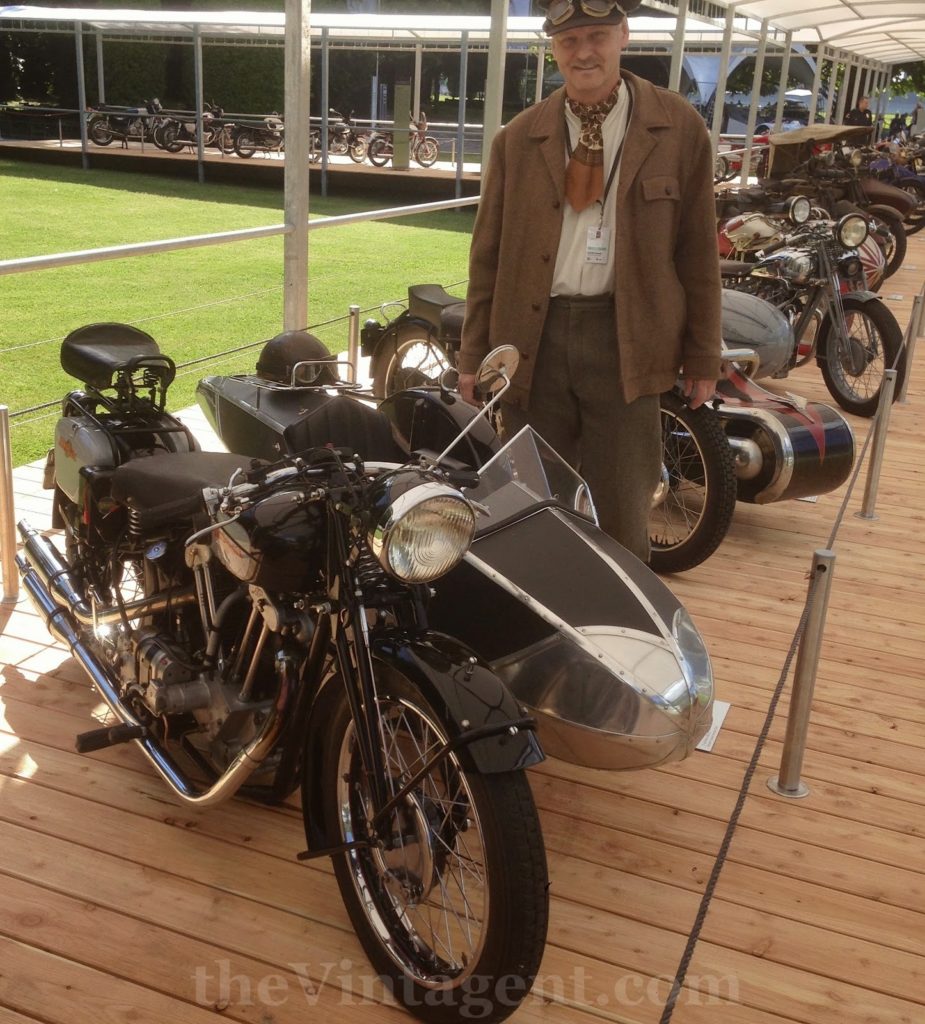
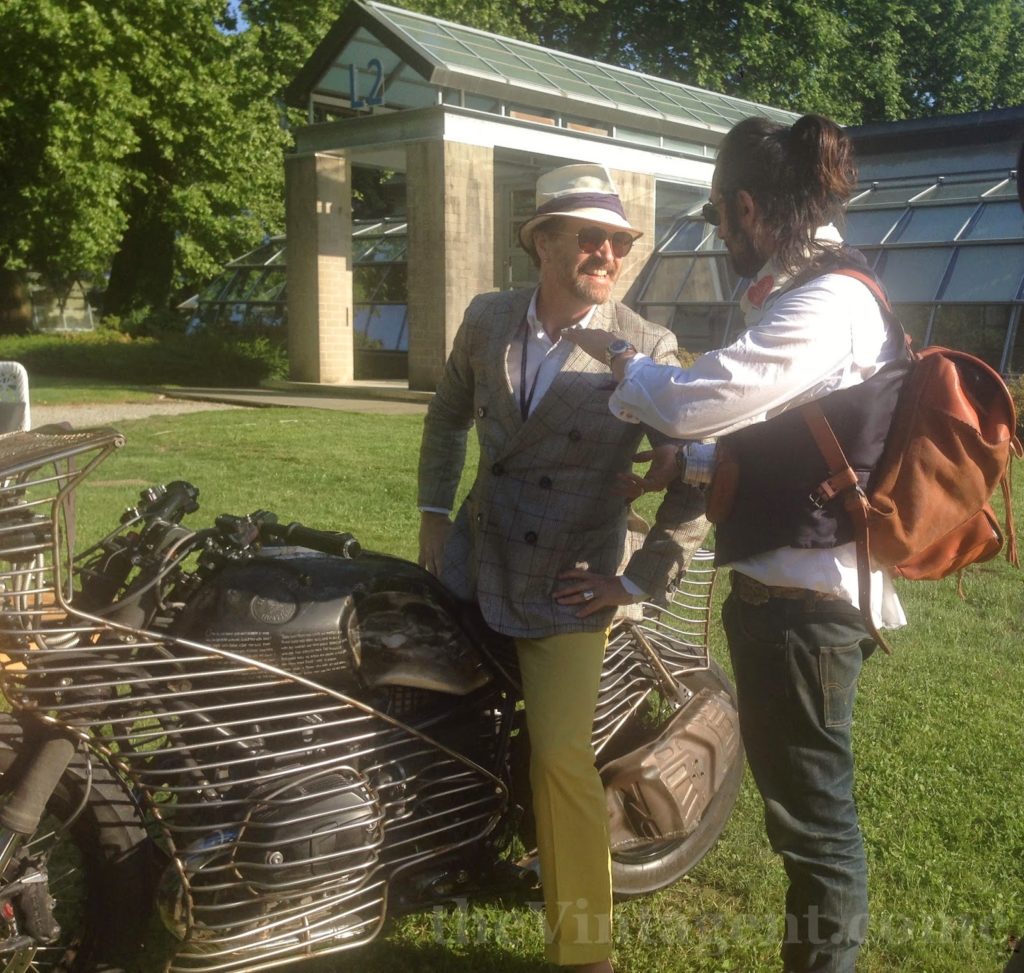

The Riva water-taxi service between the two Villas... [Paul d'Orleans]
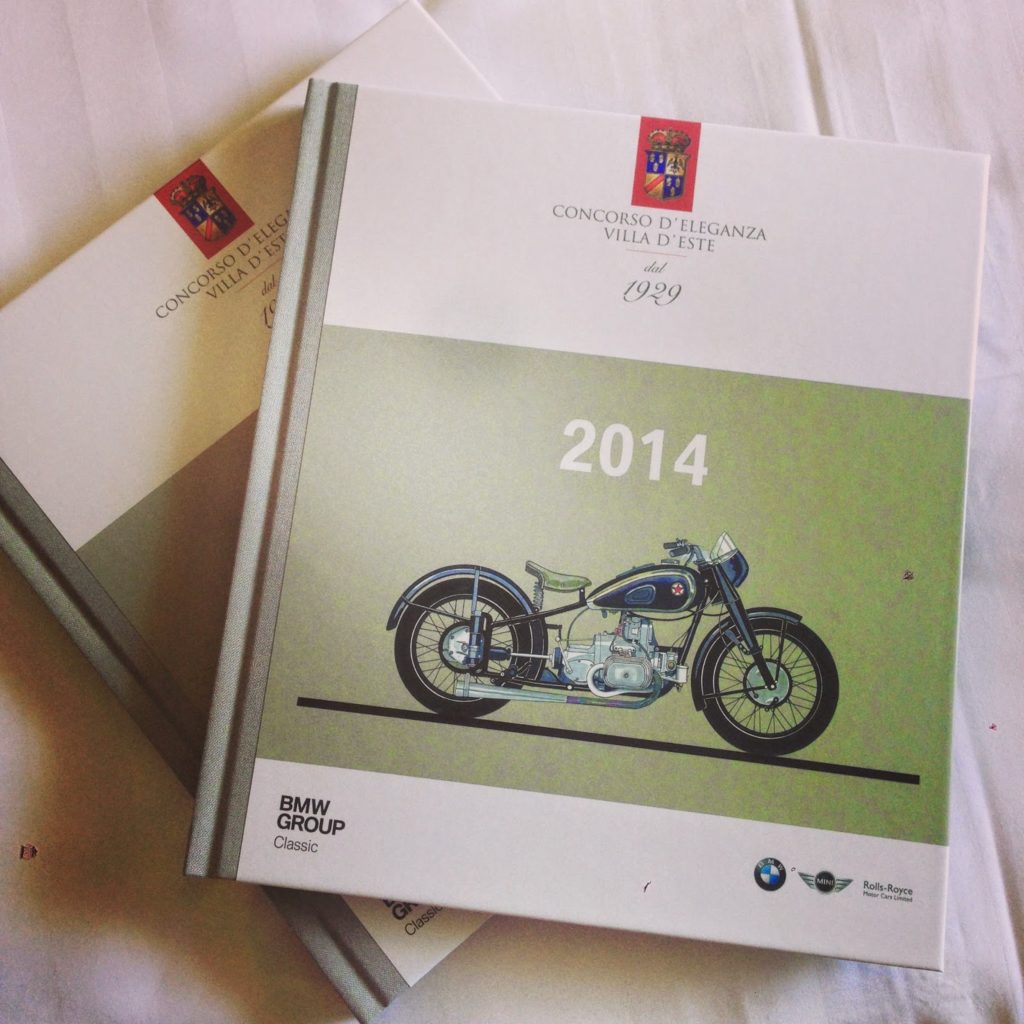
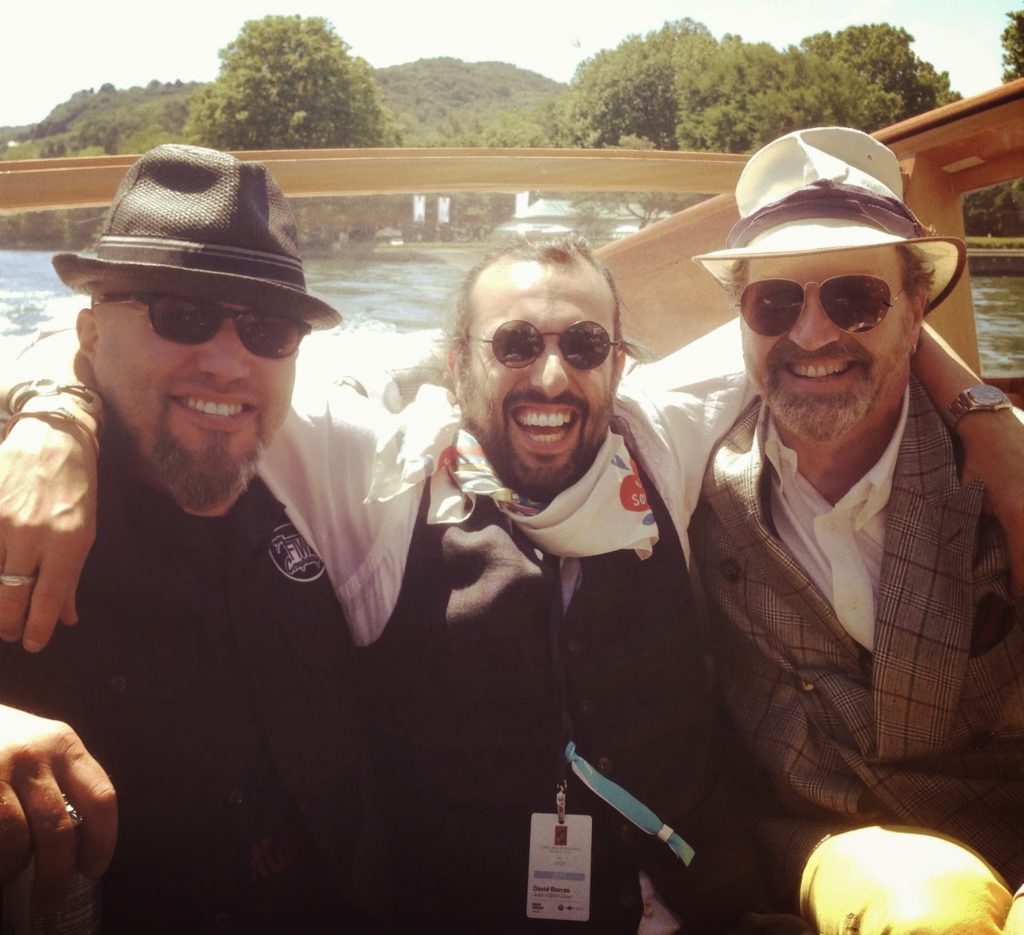
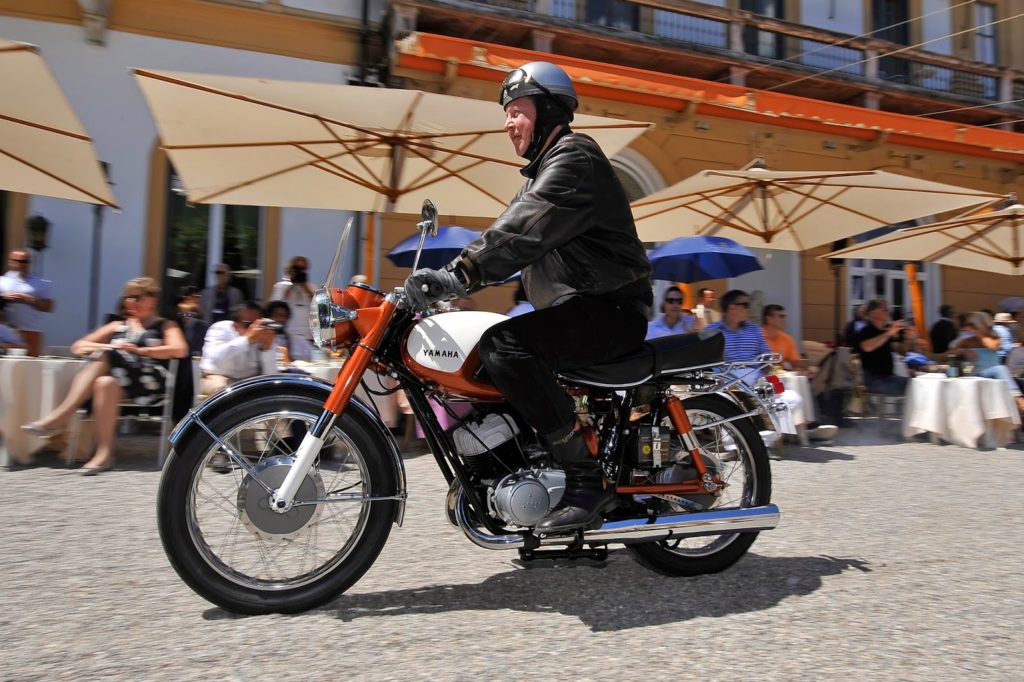
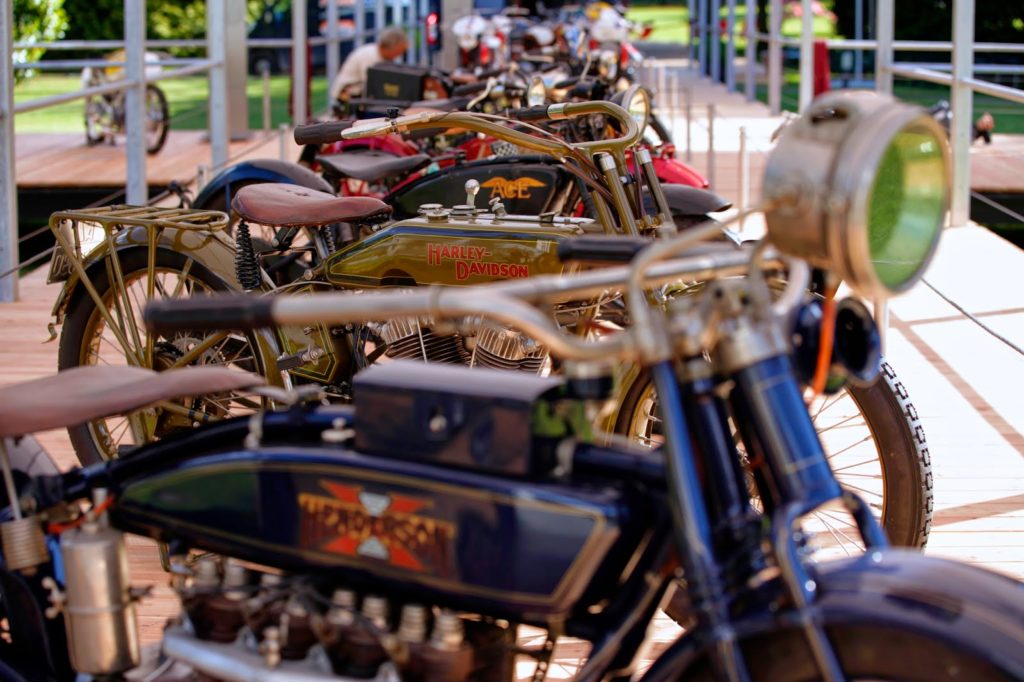
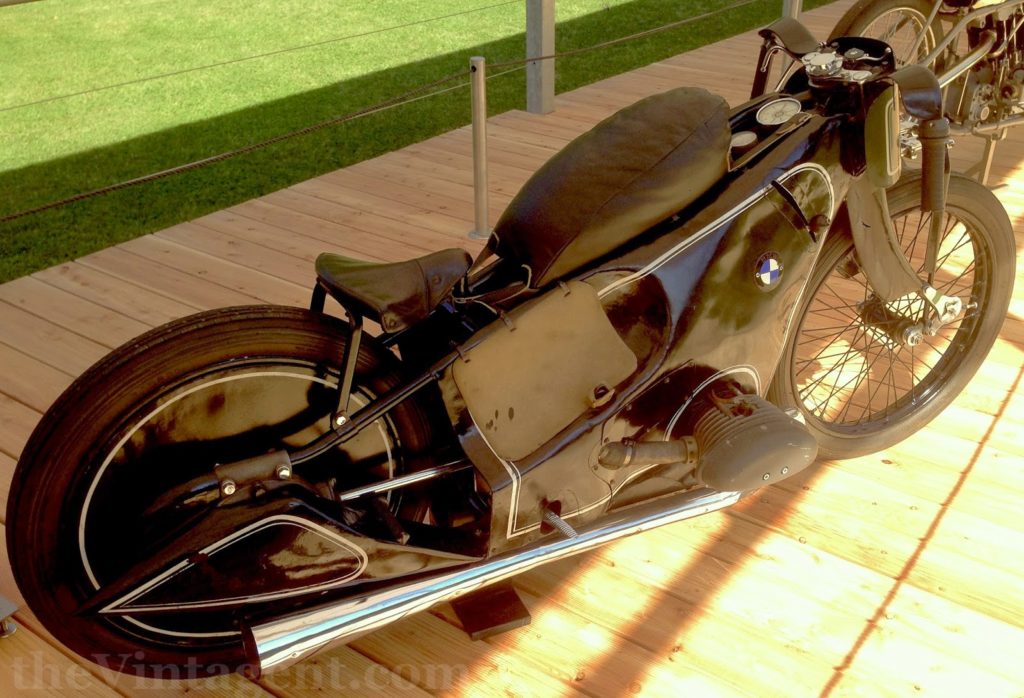
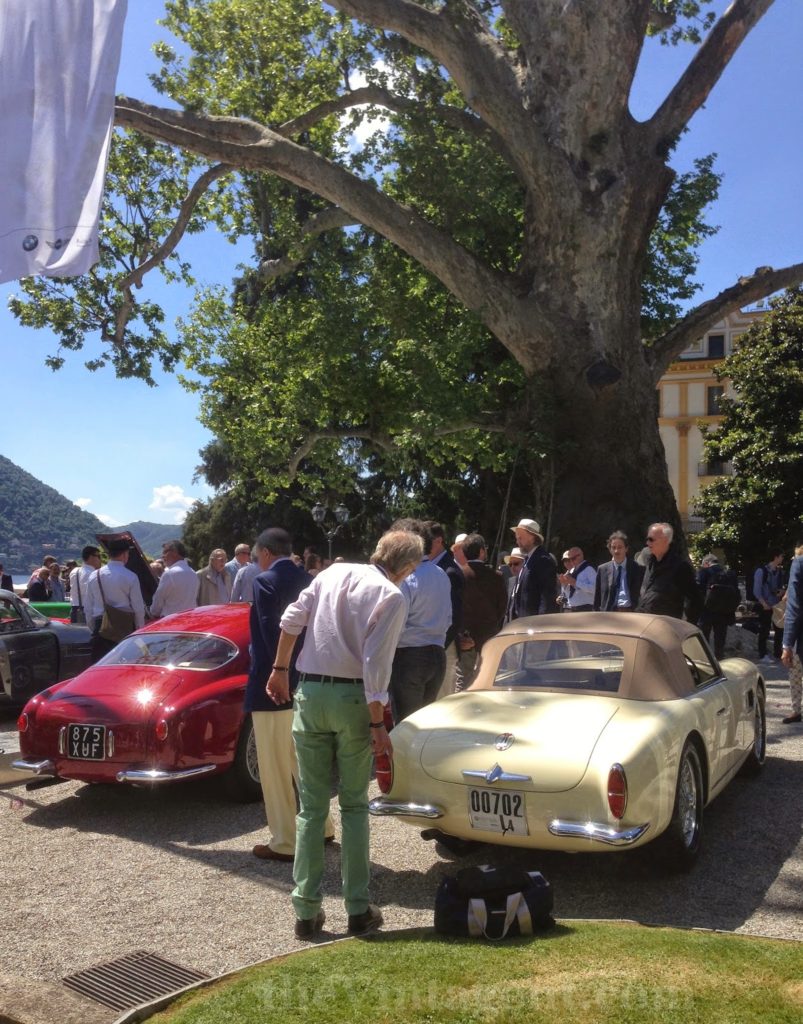
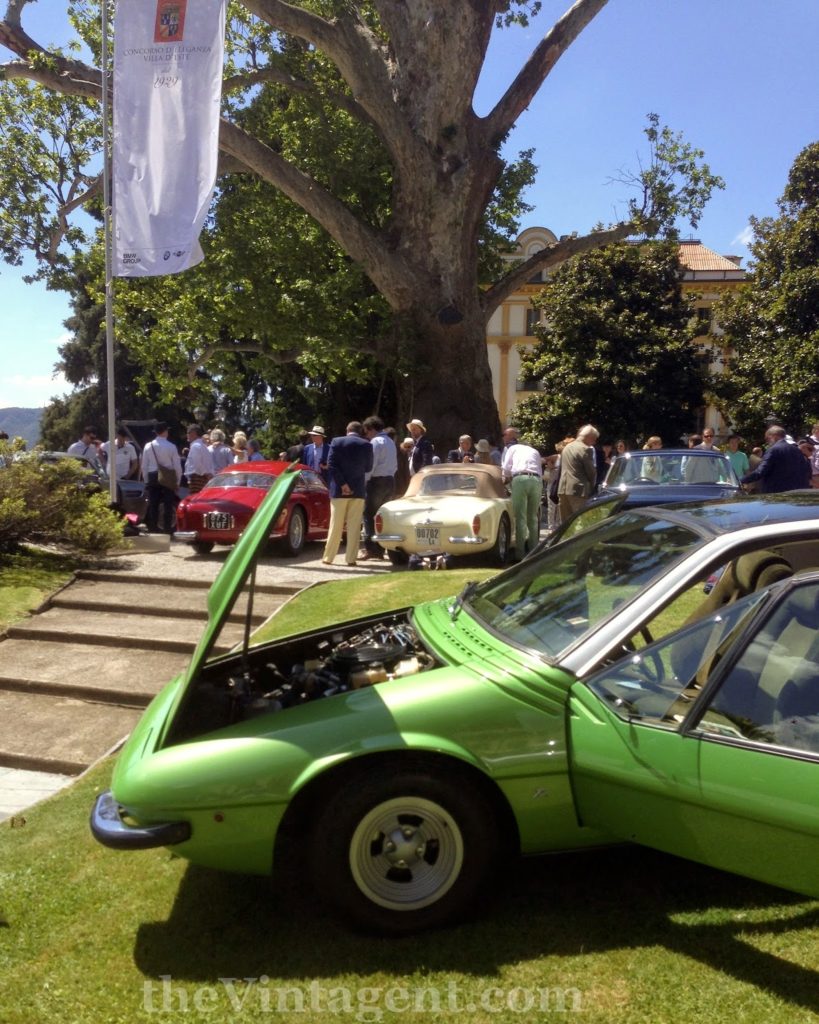
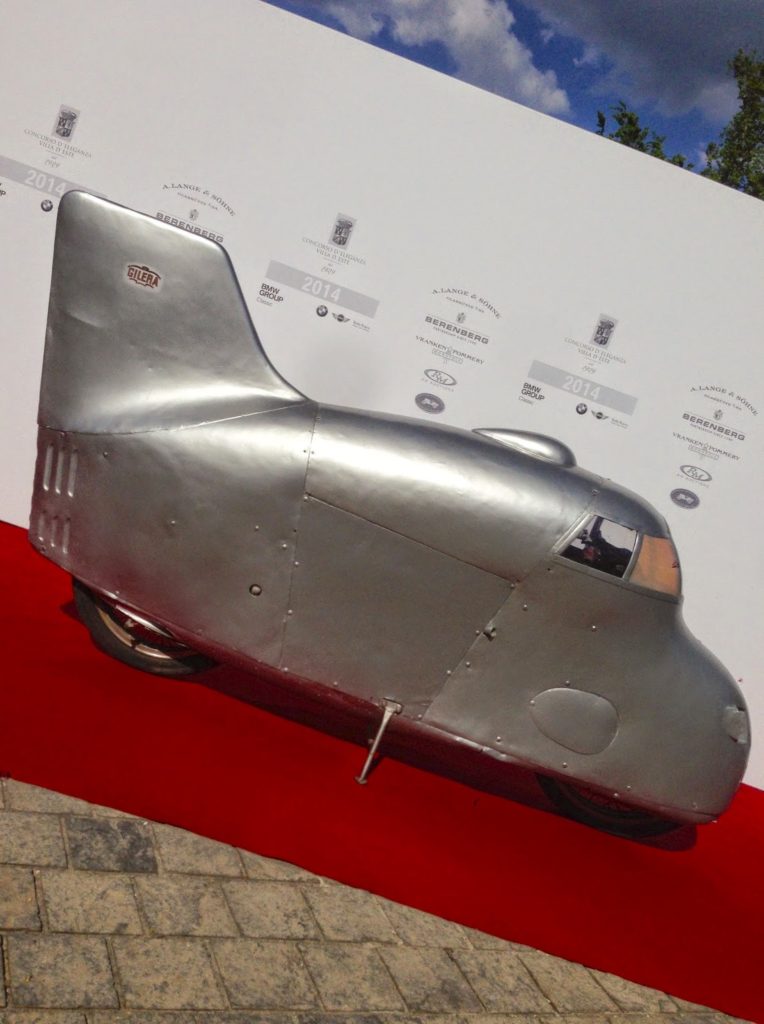
Starting Small: a Home-Made Electric Moped
I bumped into Nathan Jauvits on a San Francisco sidewalk, and was intrigued by his moped, the first home-made electric two-wheeler I've run across. The chassis is based on a '78 Puch Magnum, but an off-the-shelf electric motor and a power pack built by Nathan transforms the machine into something far from the buzzy, smoky original - an example of which I 'accidentally' purchased at the Bonhams Las Vegas auction - that will teach me to gesticulate in the front row!
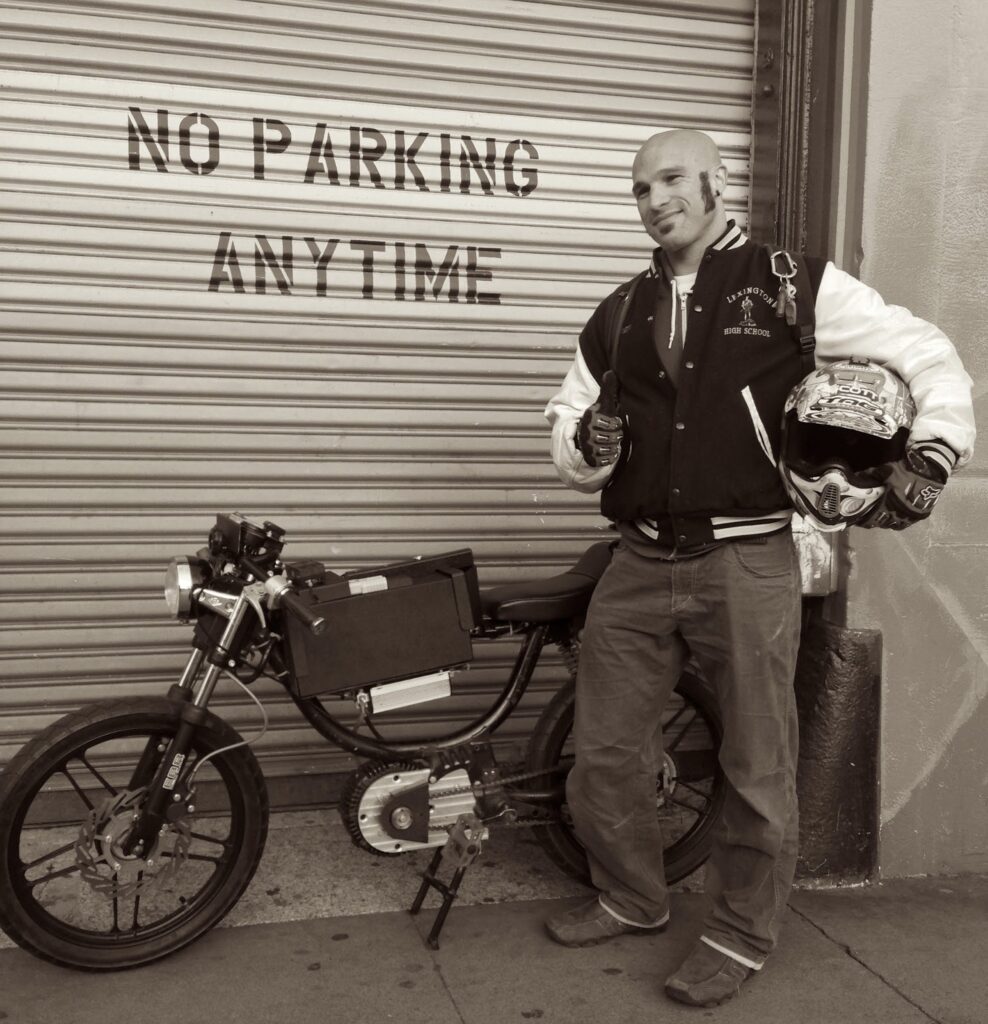
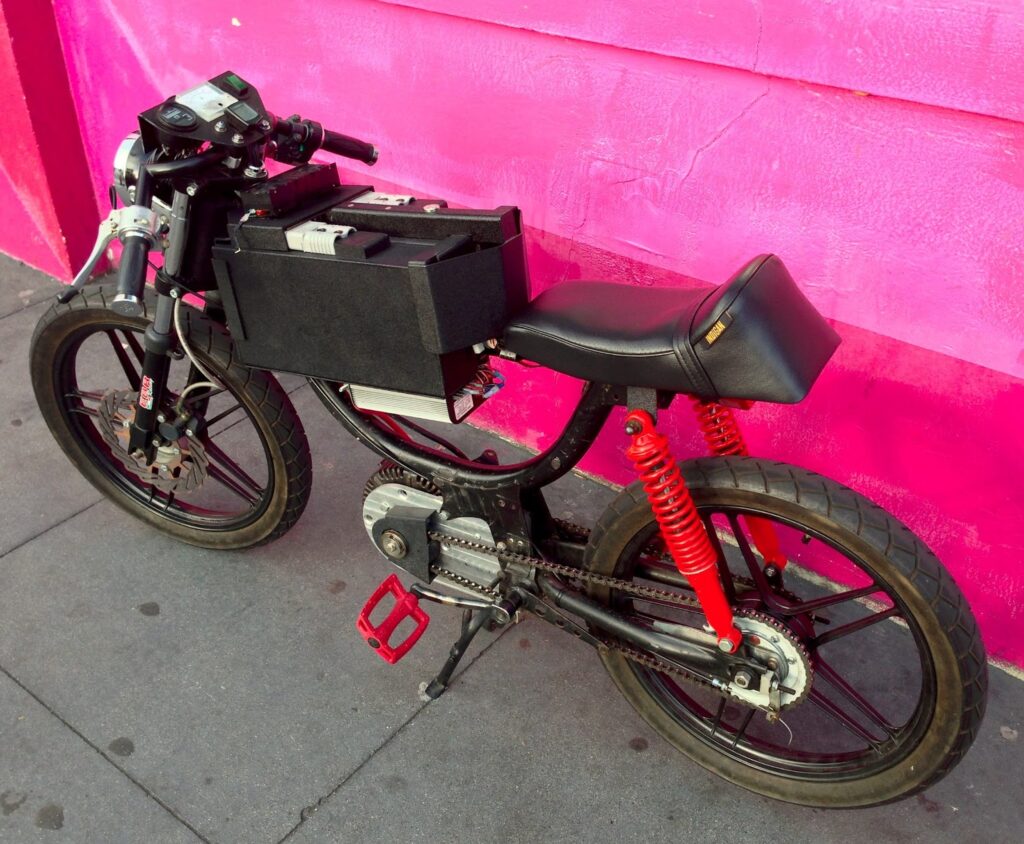
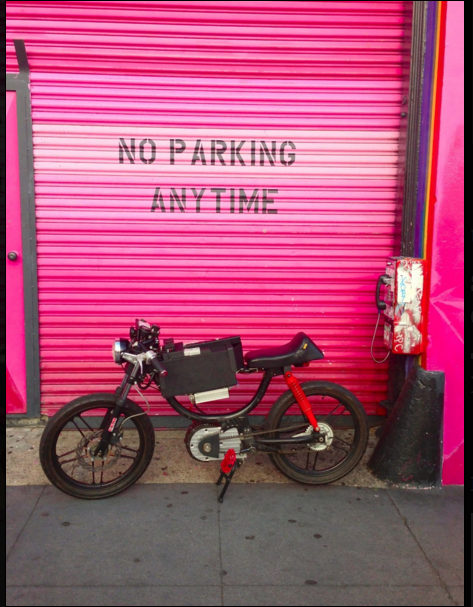
And a reminder, the Vintagent's first feature story on electric motorcycles was a premier of the world's first electric superbike, the Mission One designed by Yves Behar, way back in January 2009!]
 Paul d'Orléans is the founder of TheVintagent.com. He is an author, photographer, filmmaker, museum curator, event organizer, and public speaker. Check out his Author Page, Instagram, and
Paul d'Orléans is the founder of TheVintagent.com. He is an author, photographer, filmmaker, museum curator, event organizer, and public speaker. Check out his Author Page, Instagram, and
A Truly Global Custom Scene
Valen and his Motorcycle
The back story: I was asked by Remo Chen, a student at San Francisco's Academy of Art, to sit for a video interview for her broadcast journalism class, as she needed a subject who's 'living an interesting lifestyle'. I've had plenty of goodwill, good advice, and outright financial support while making The Vintagent the free and groovy motorcycle hang it has become, so I'm always happy to pay back the goodwill in any way I can. While Remo's interview was fun, the tables were turned when she explained how she'd found me - her boyfriend in Chengdu, China, is an avid motorcyclist, and had recently completed his first custom motorcycle build. Much like back in 2010 when I discovered the 'Chai Racers' in Mumbai, this was the first I'd heard of a Custom scene in China (as my head is mostly in the Vintage world), and when Remo showed me photos of the bike, I suggested we introduce Valen's work via The Vintagent. The following is Remo's account of photographer Valen Zhou's first Custom. The good news? He's already working on another...
